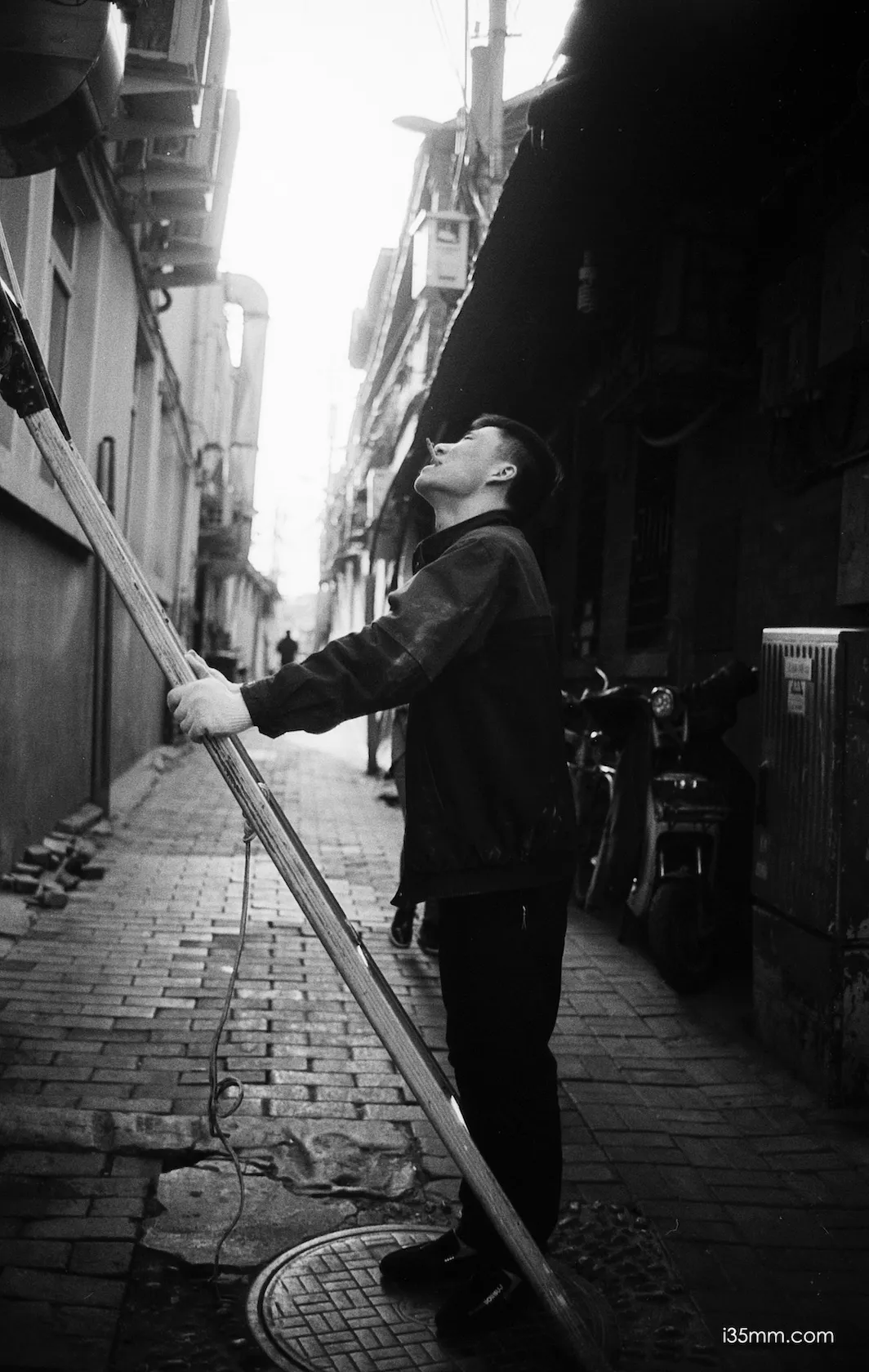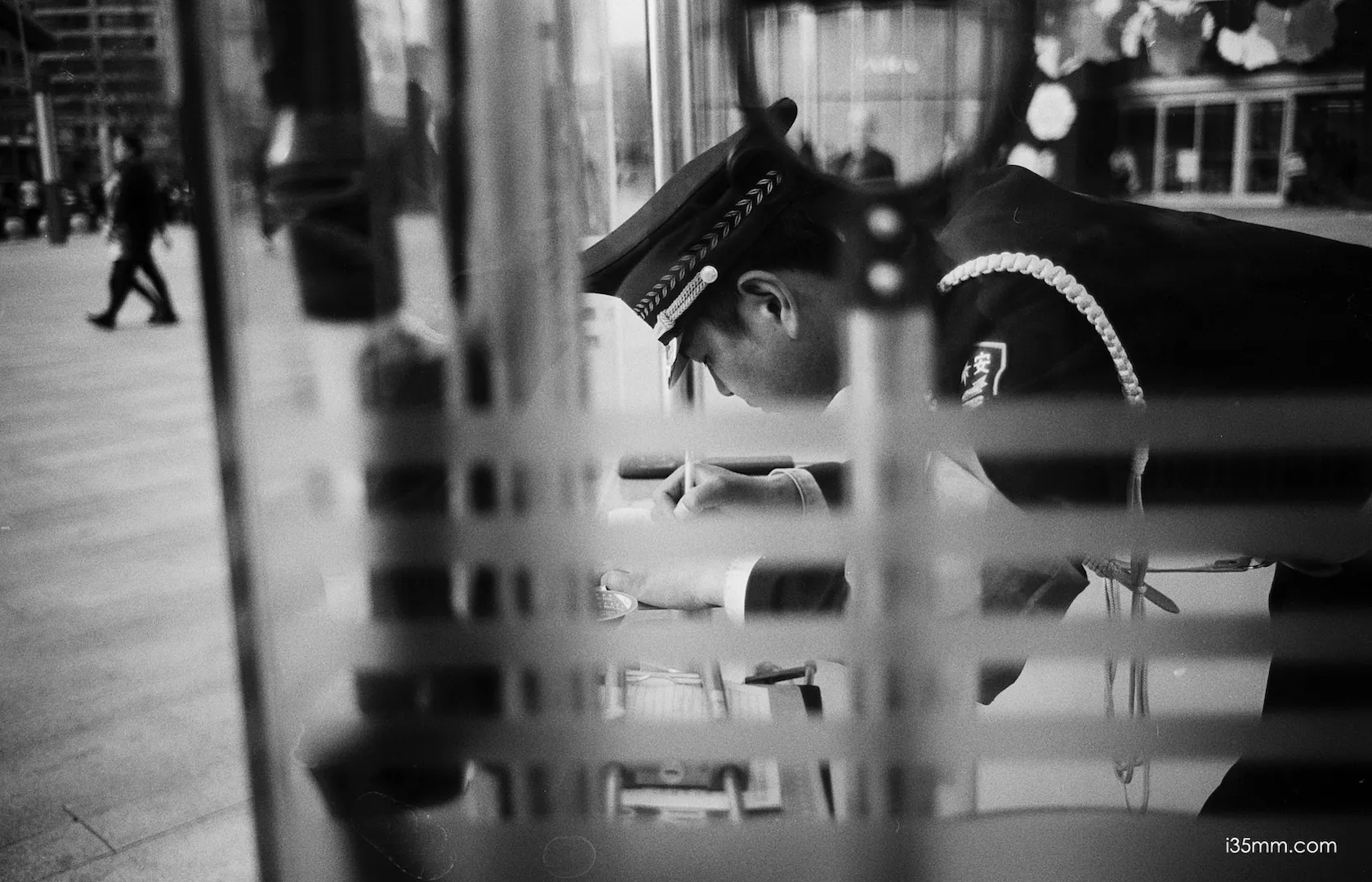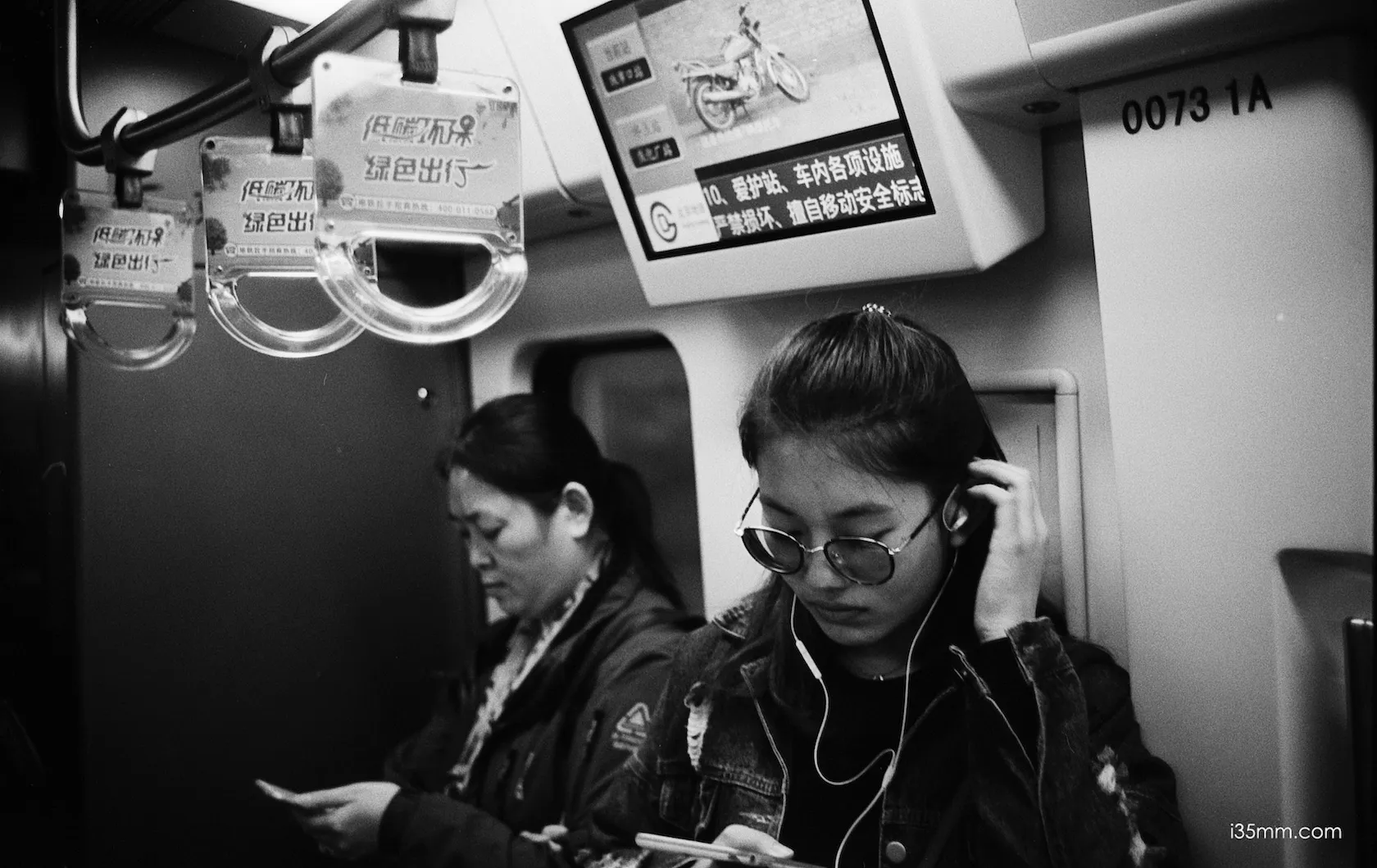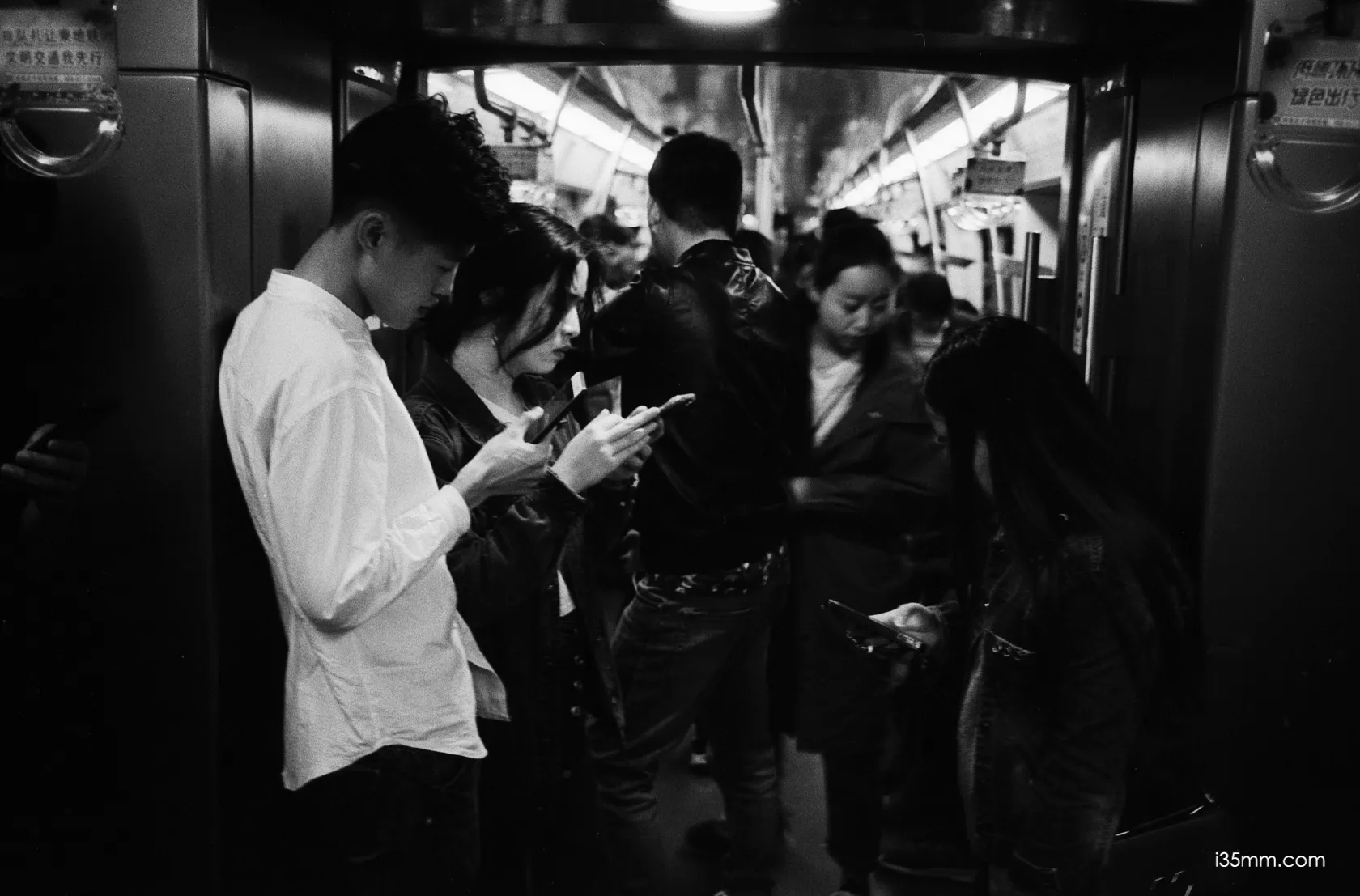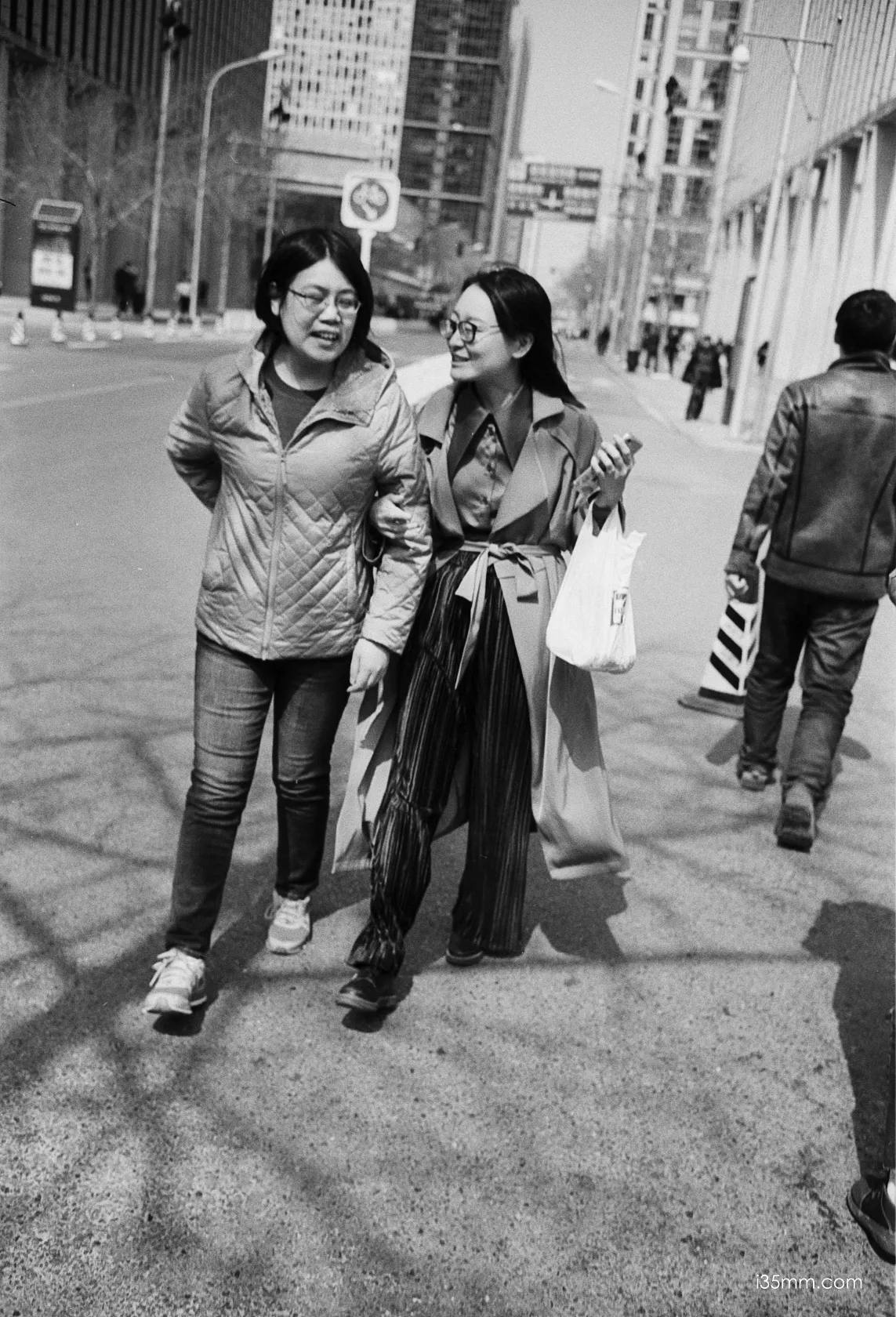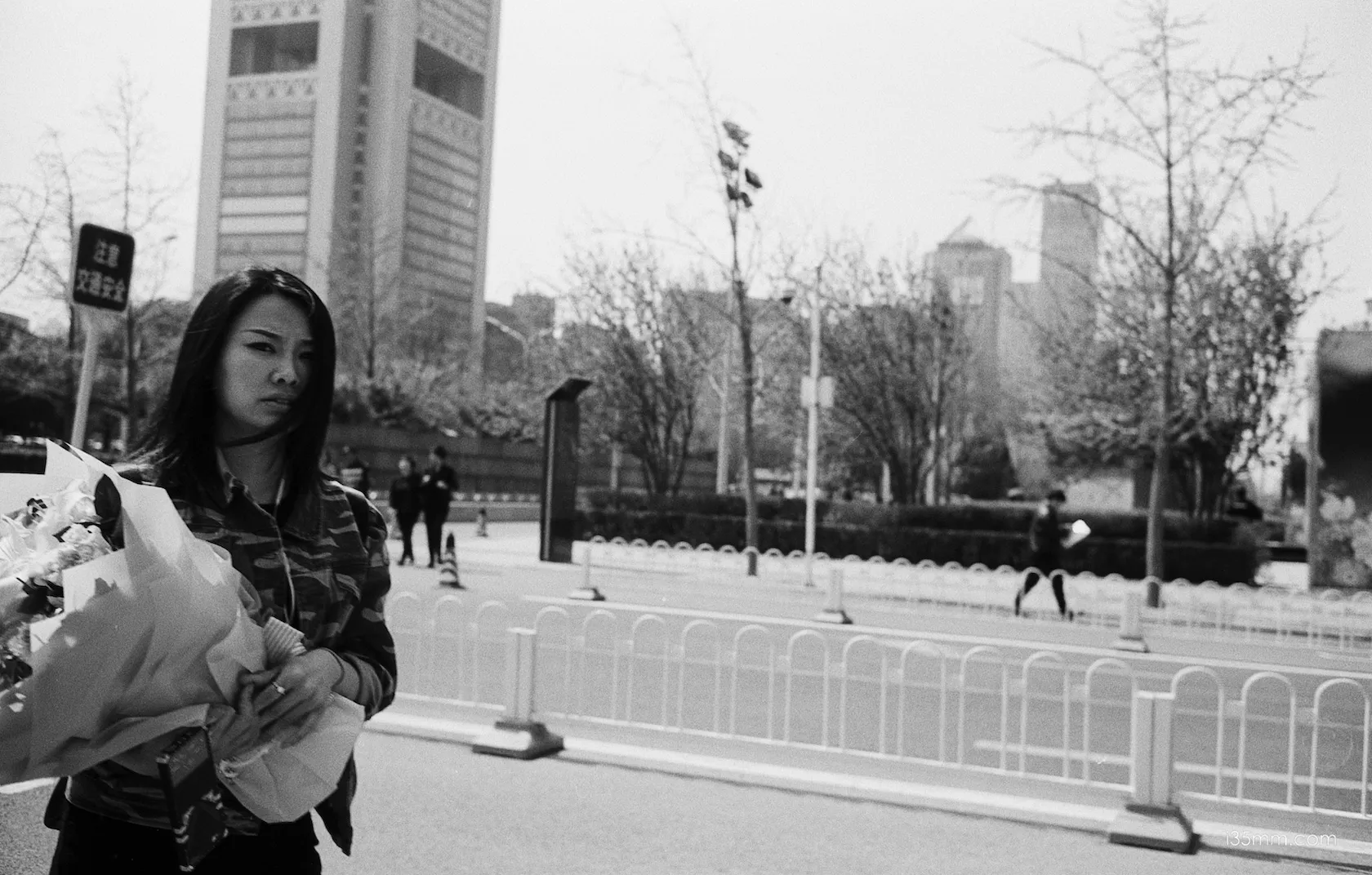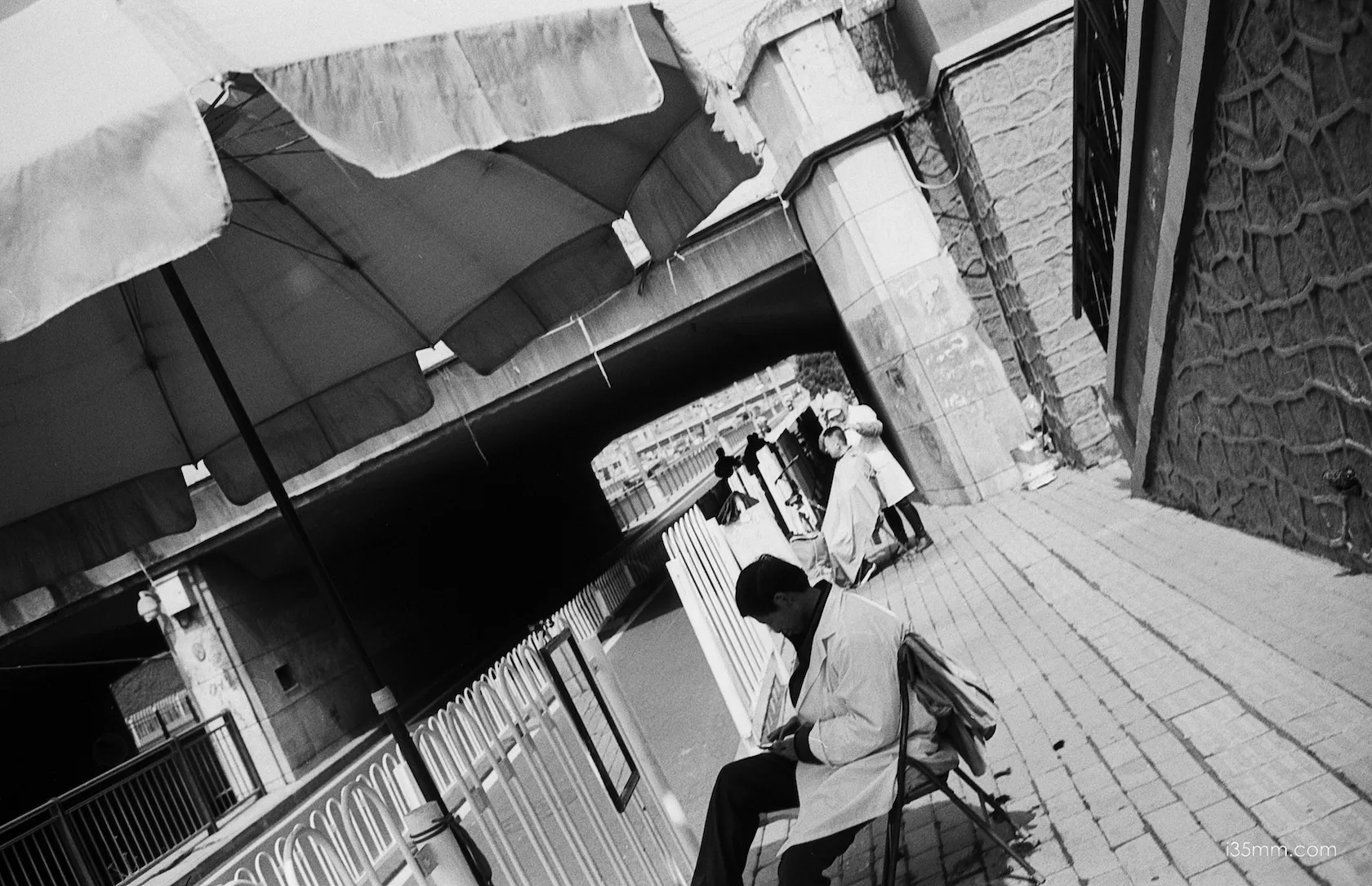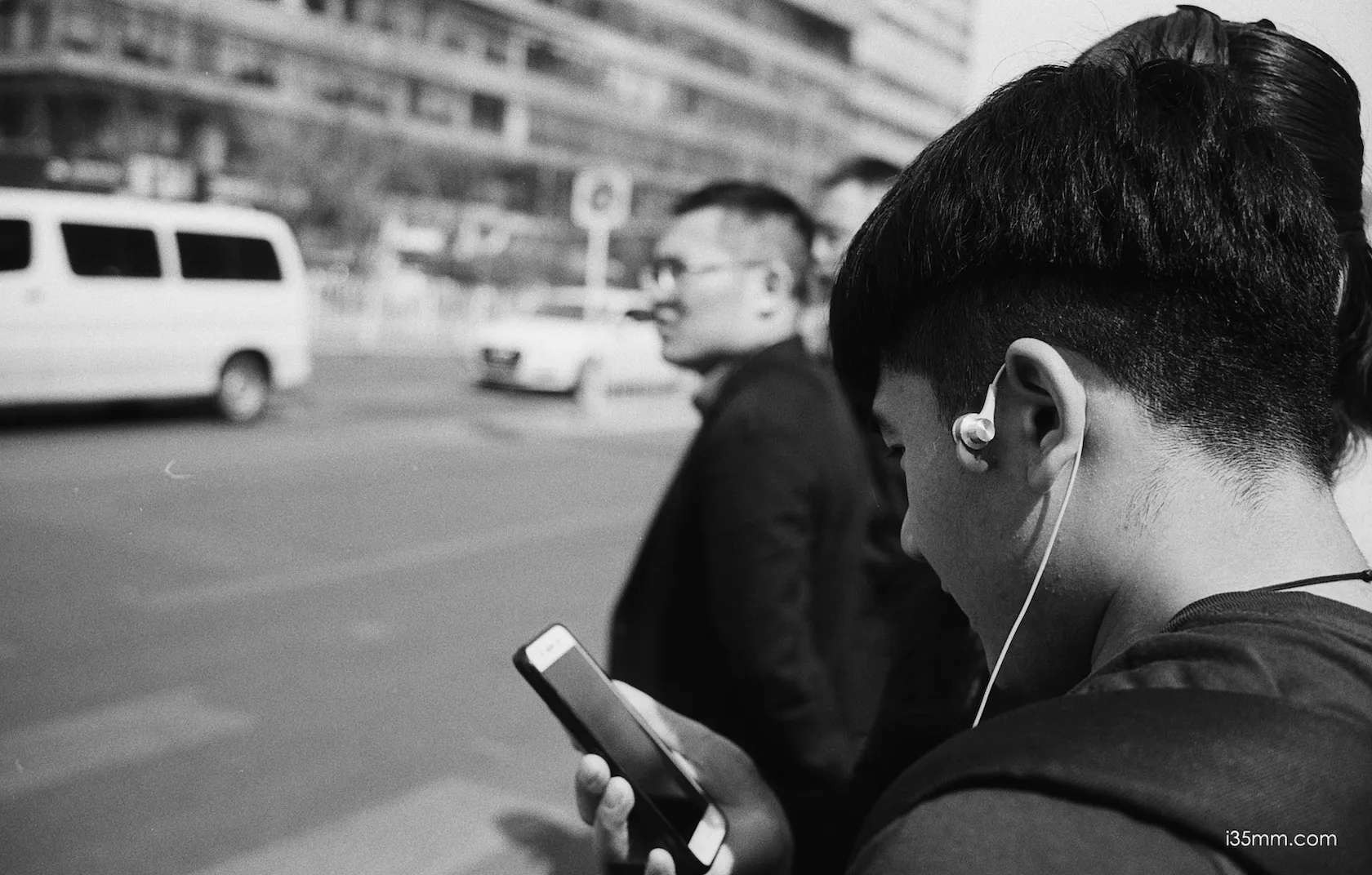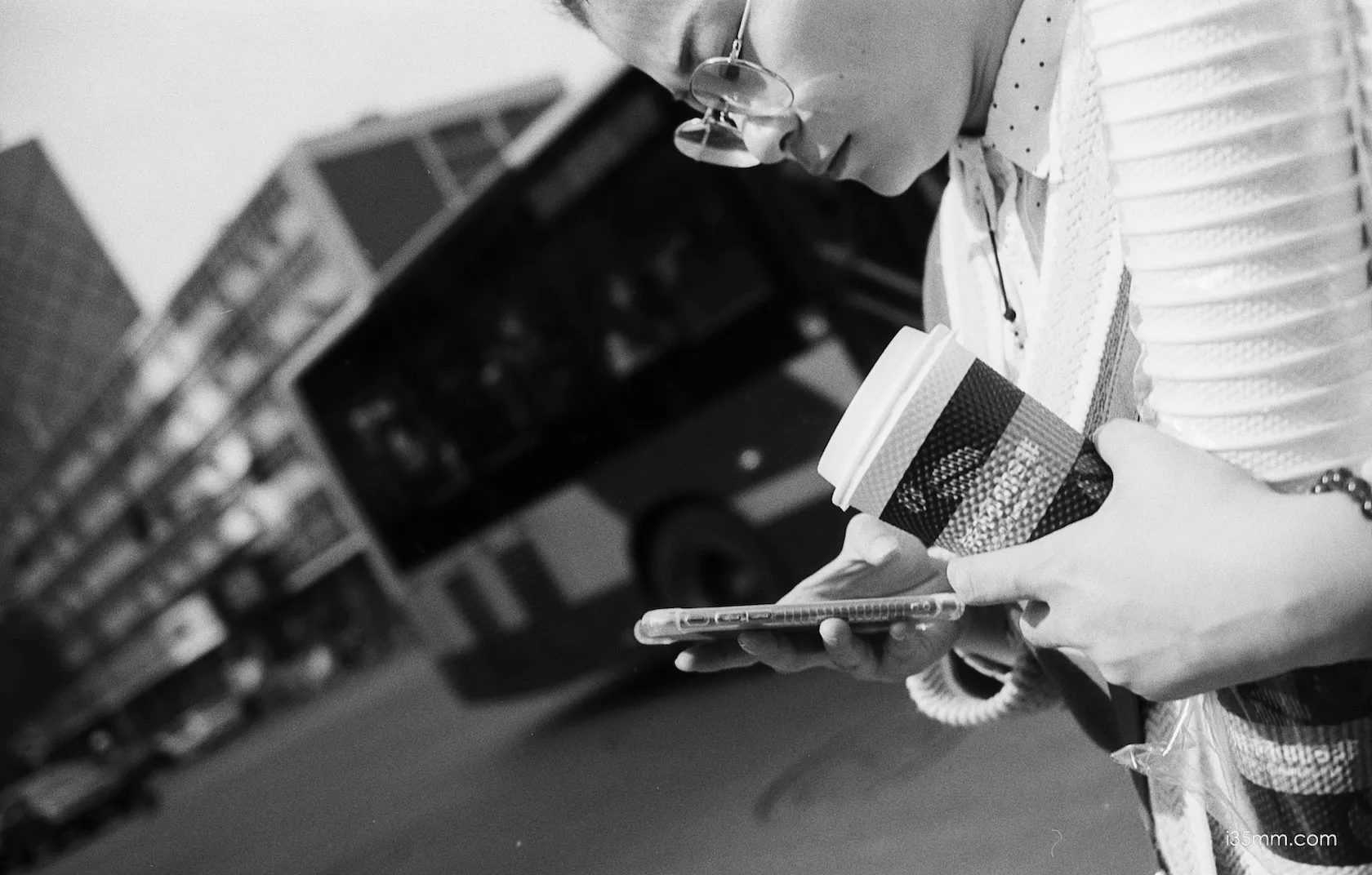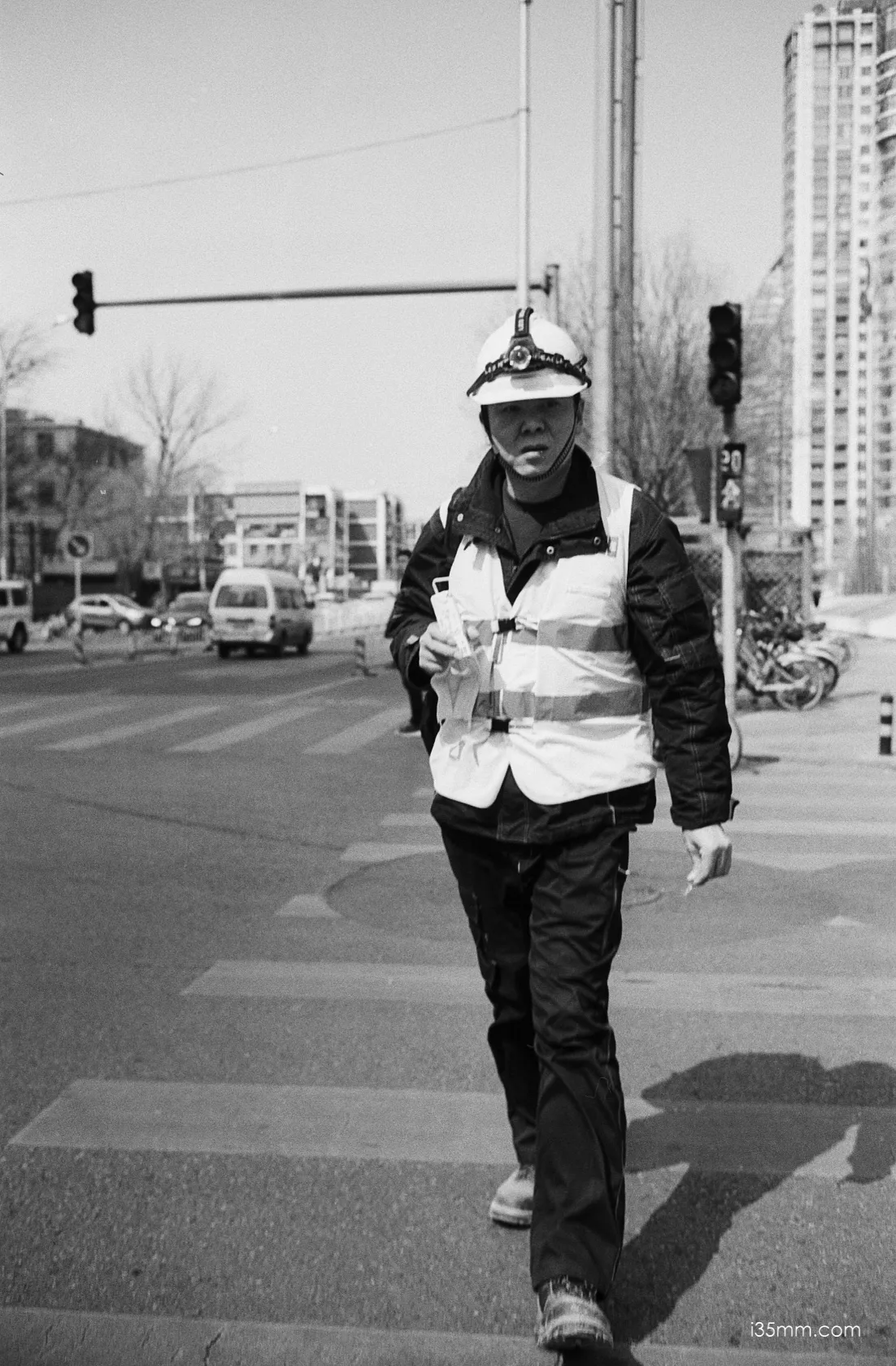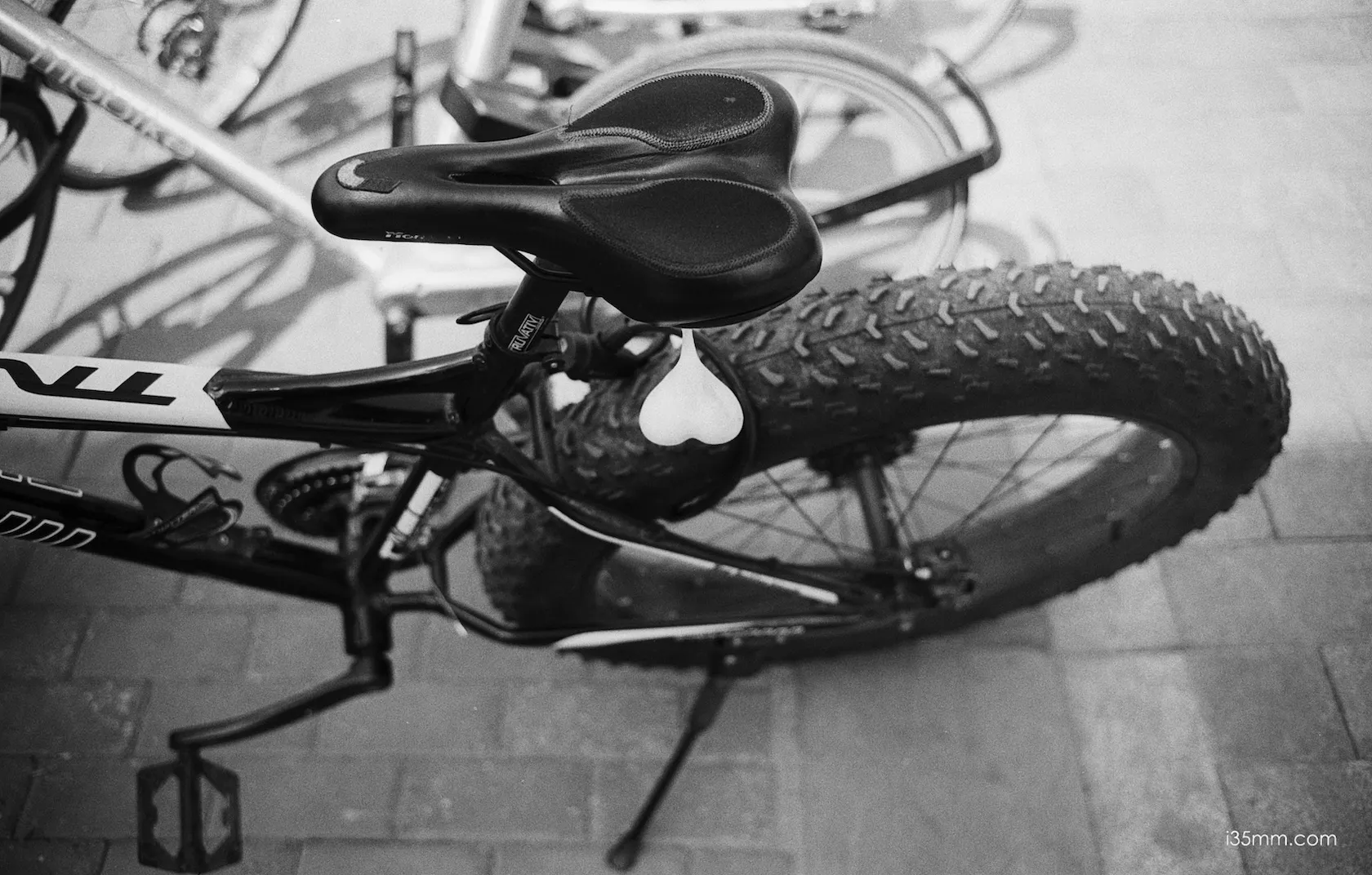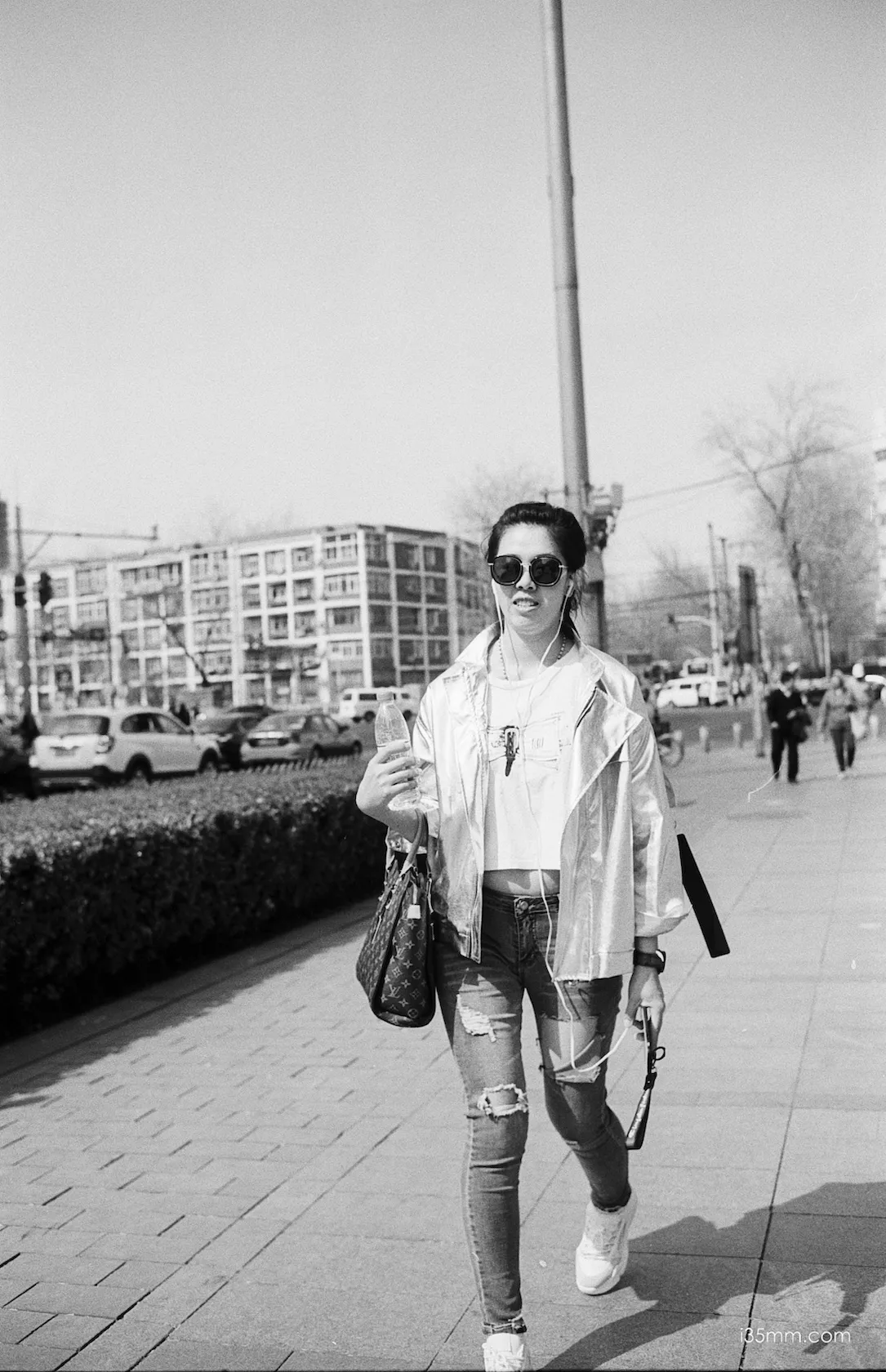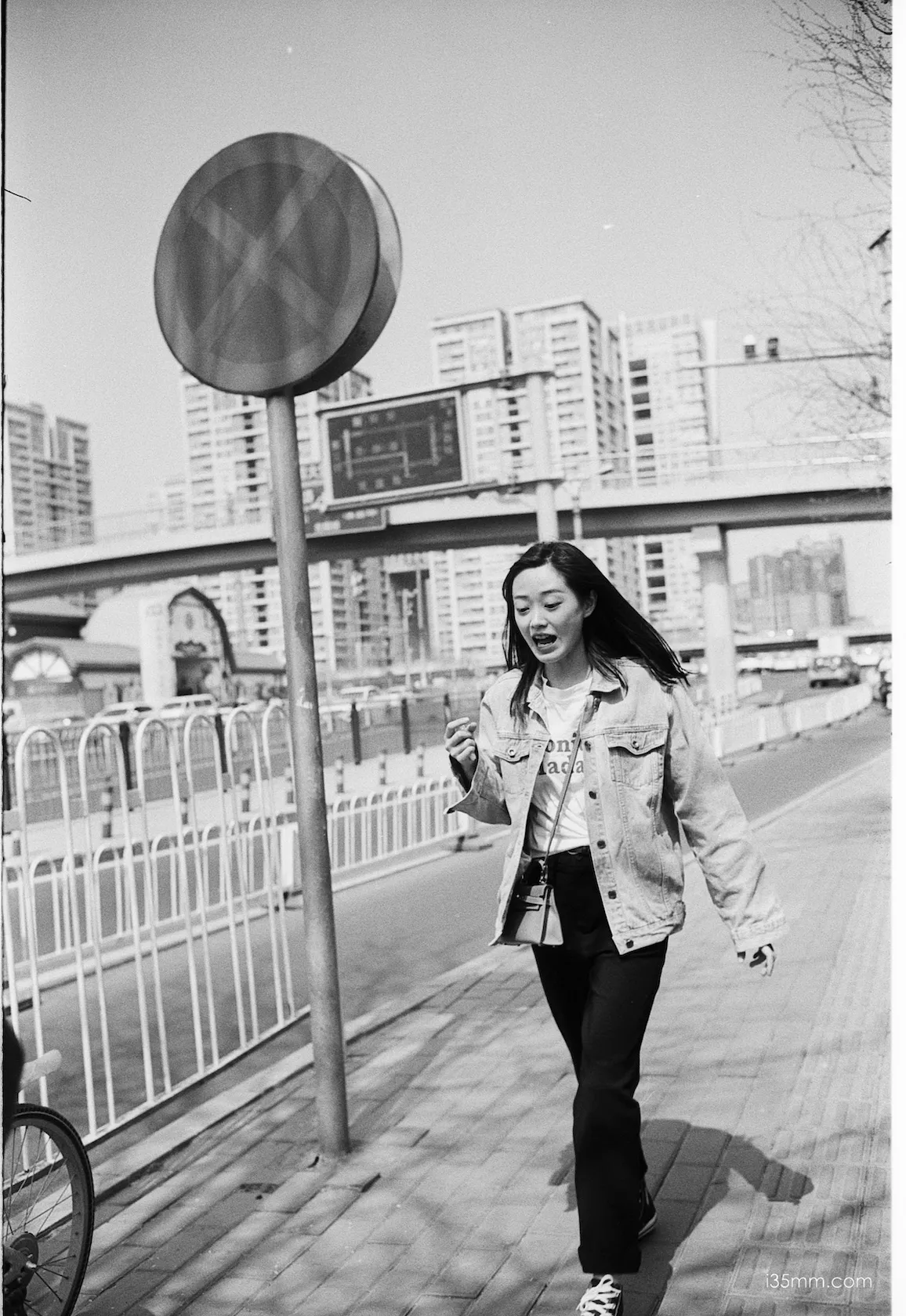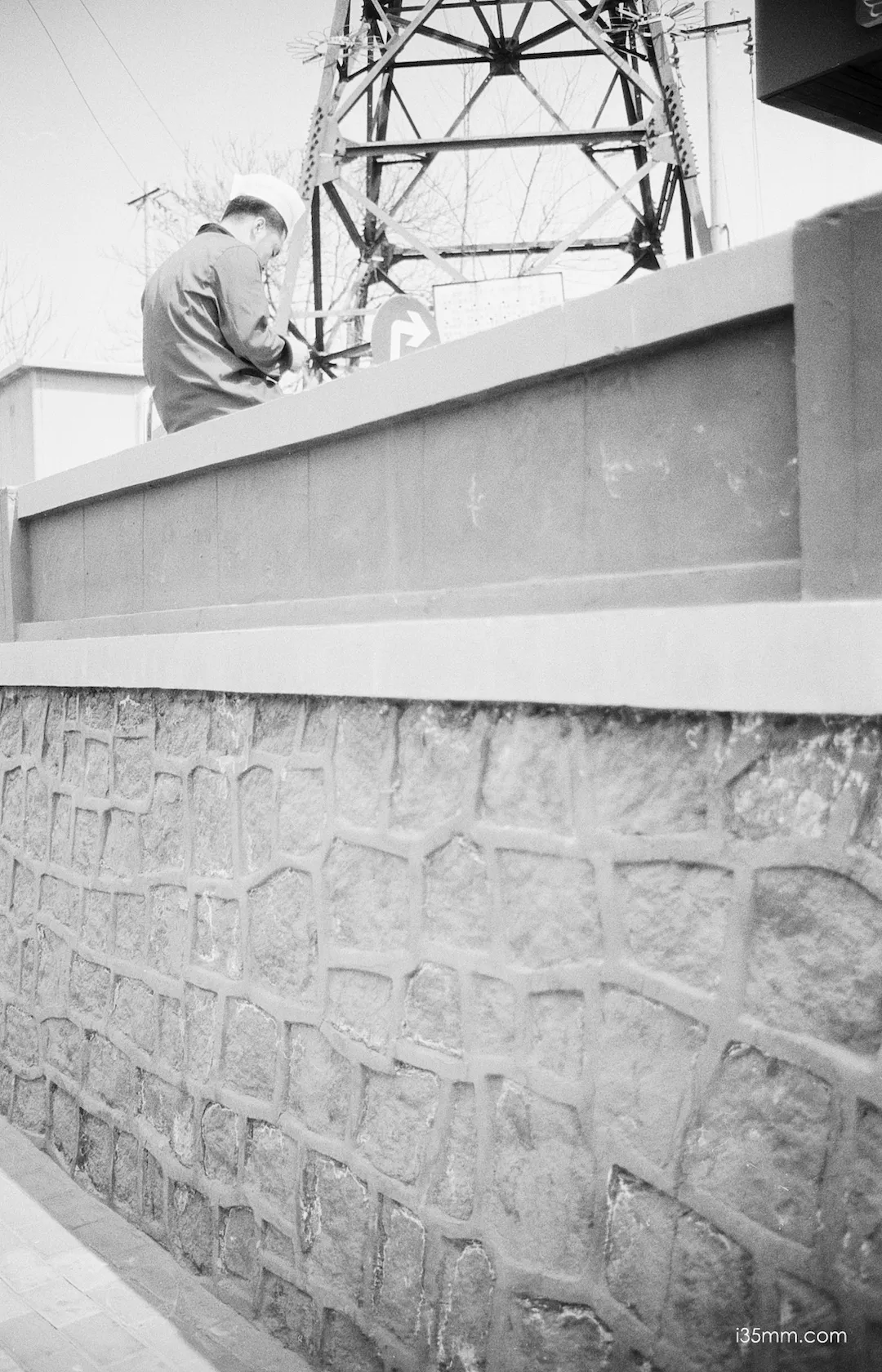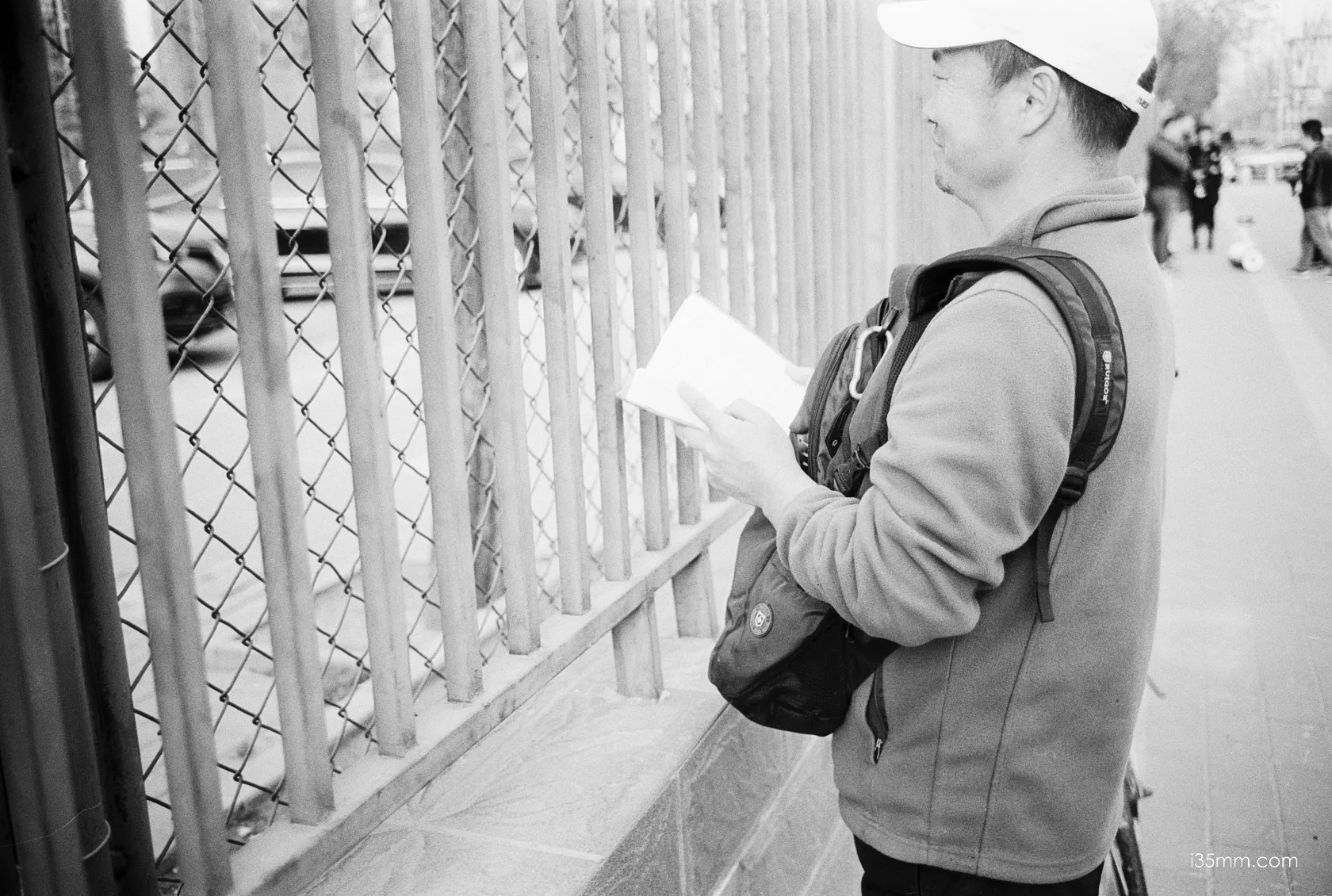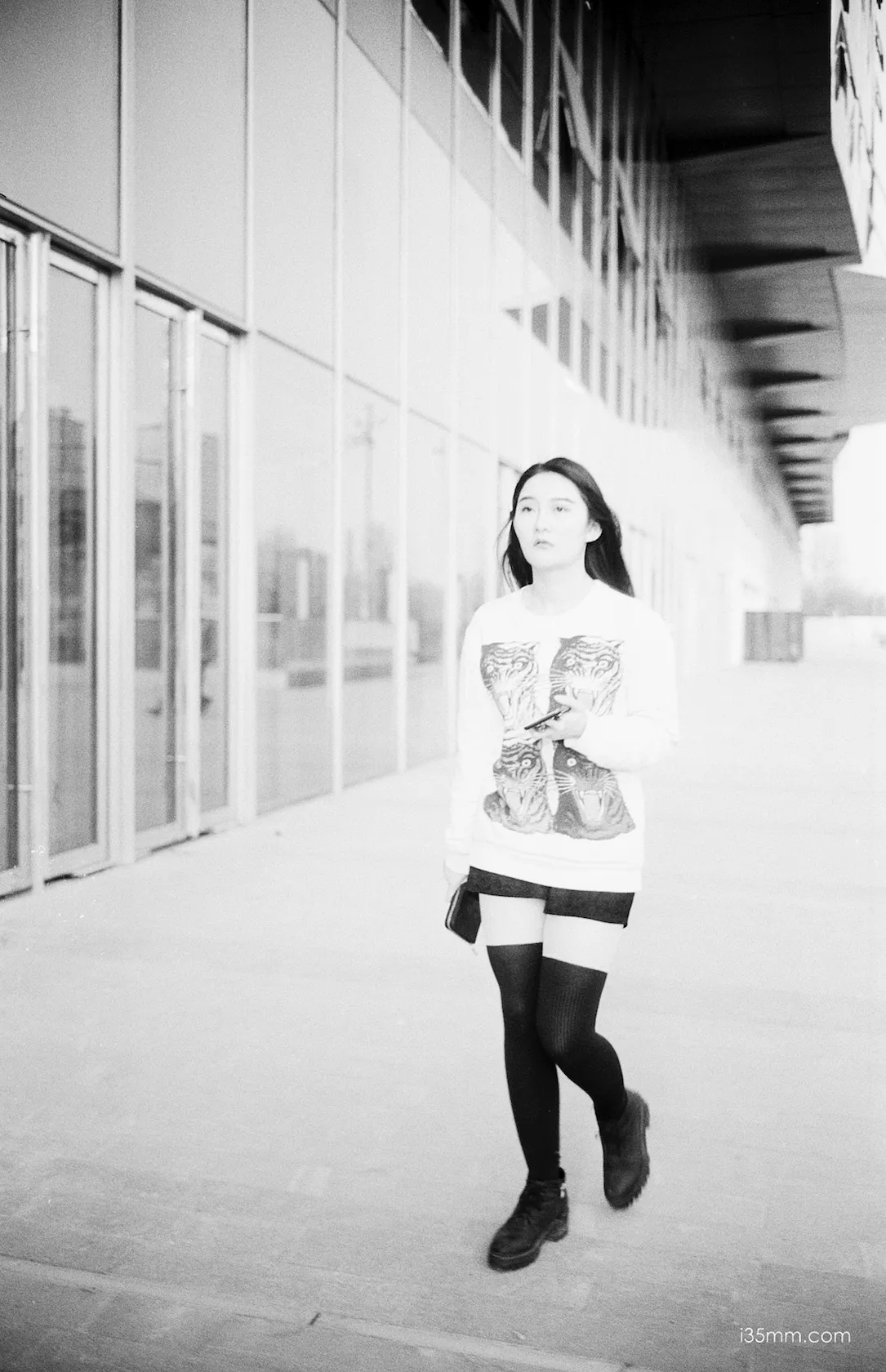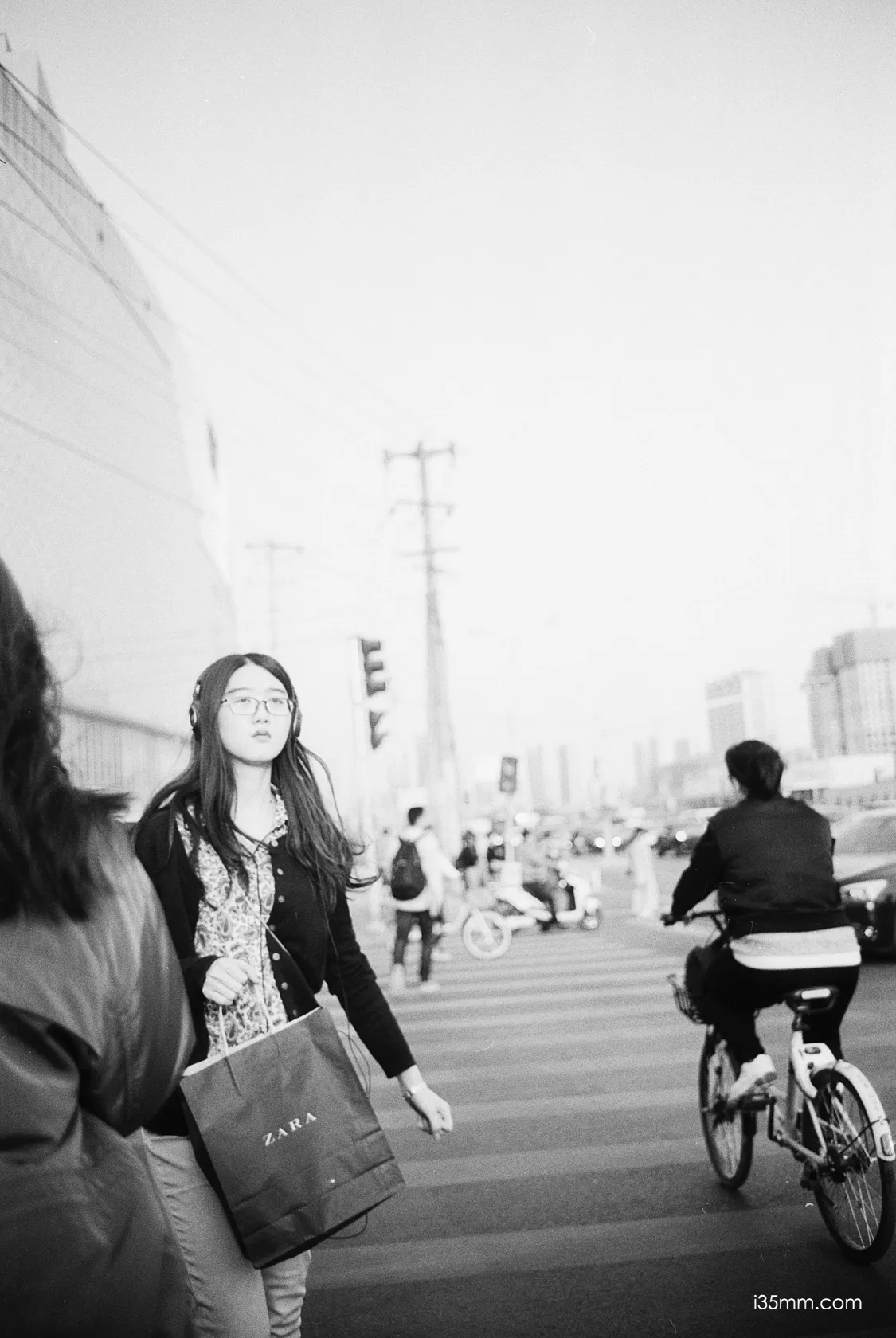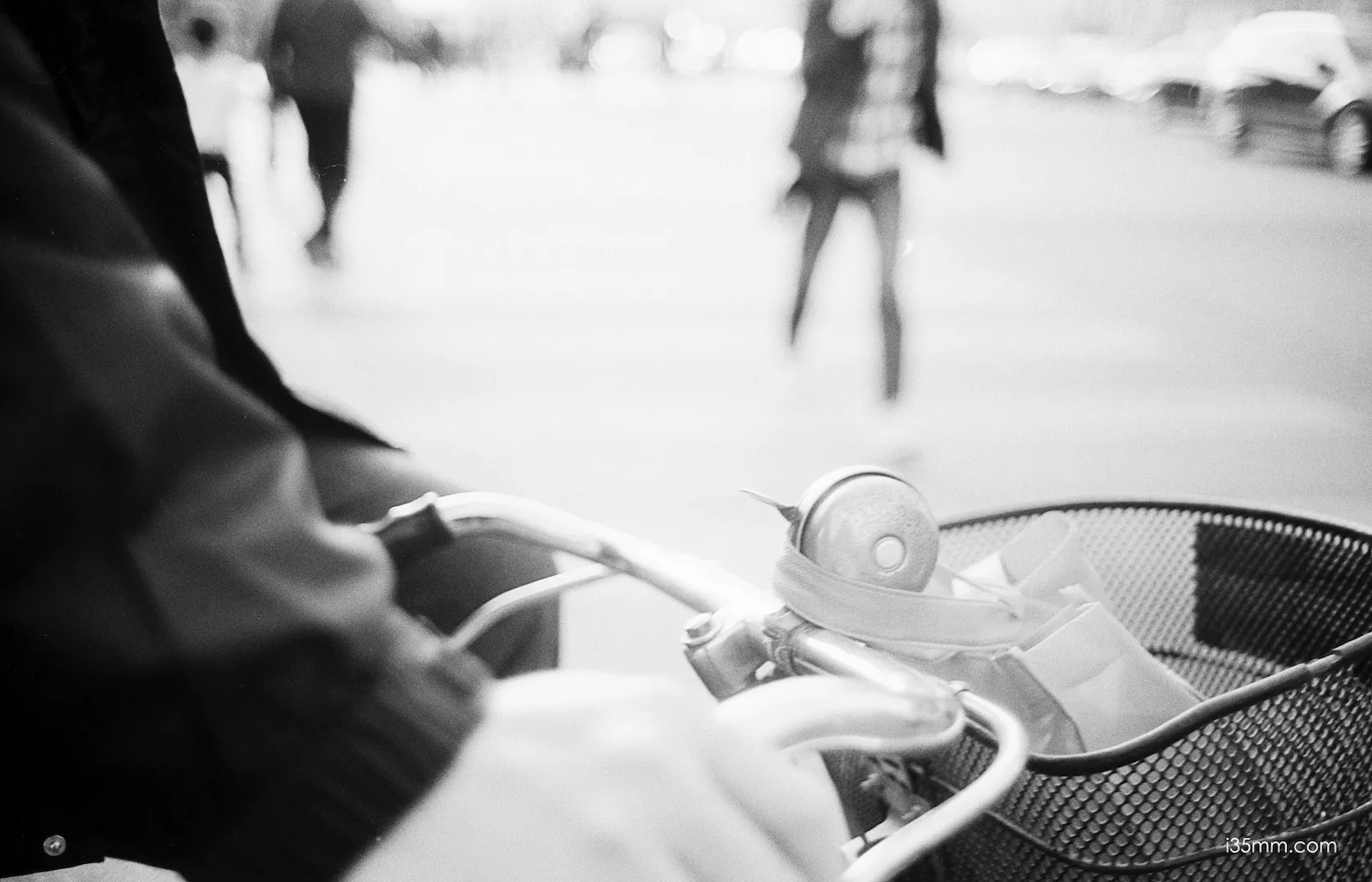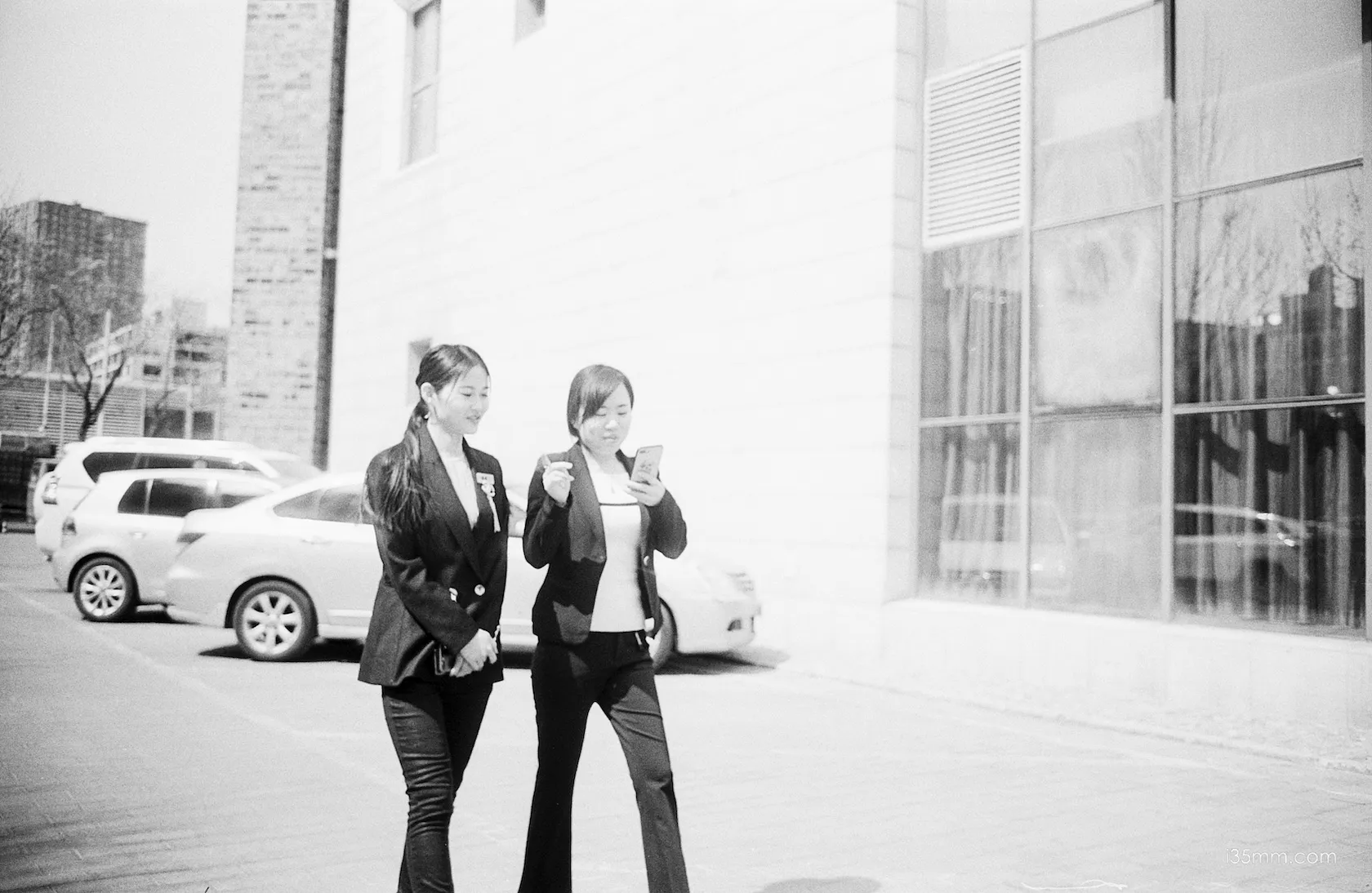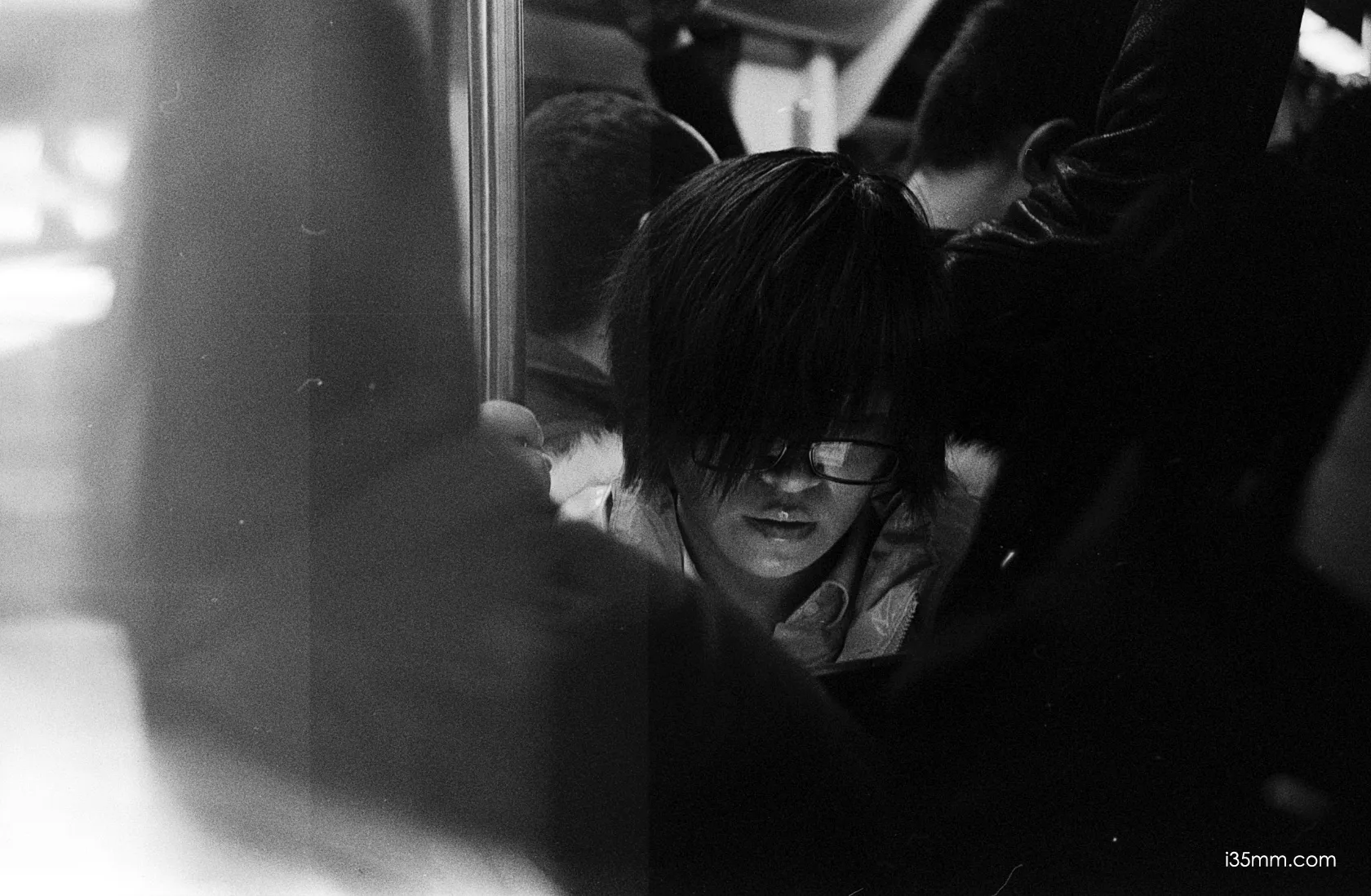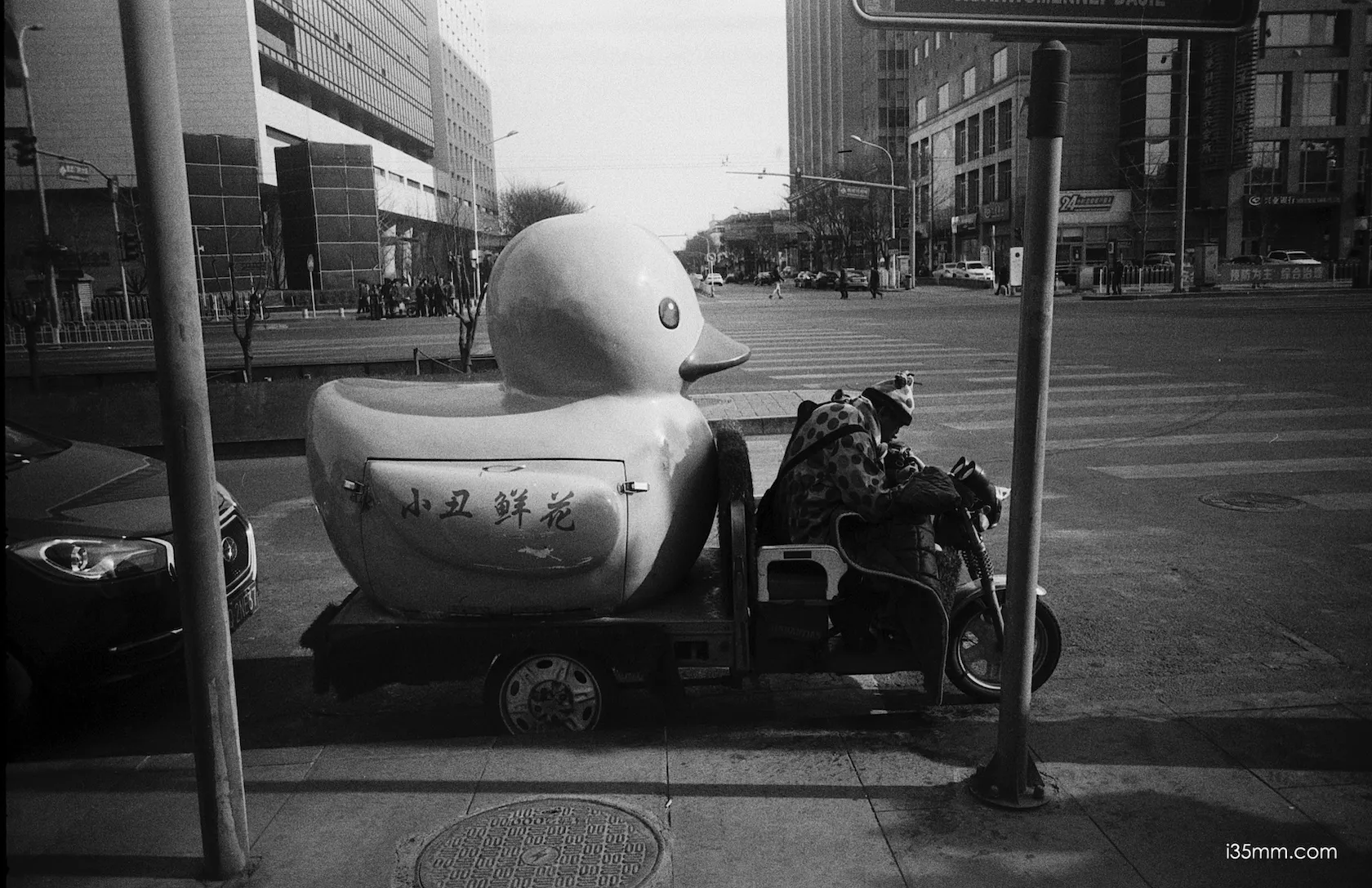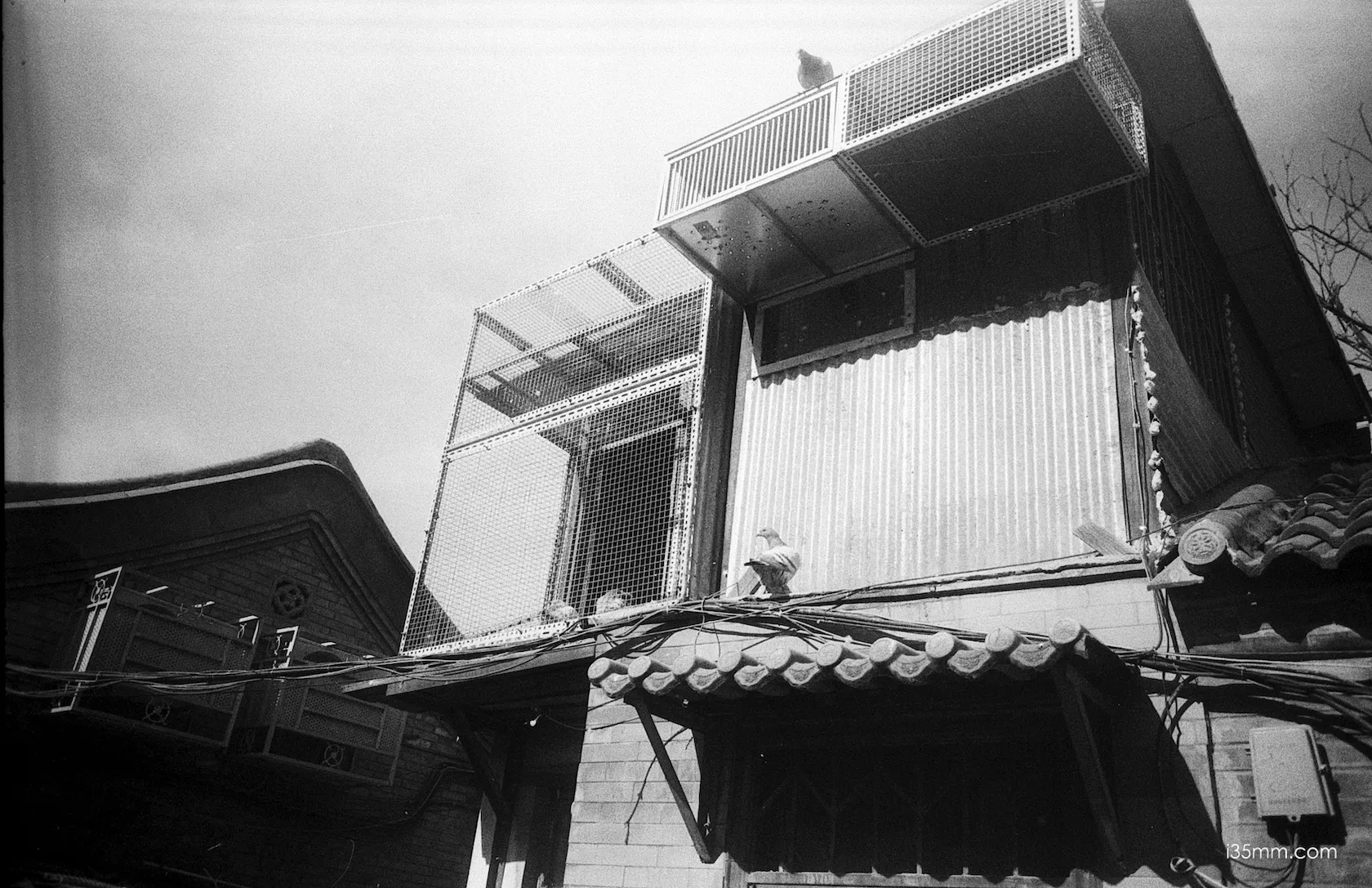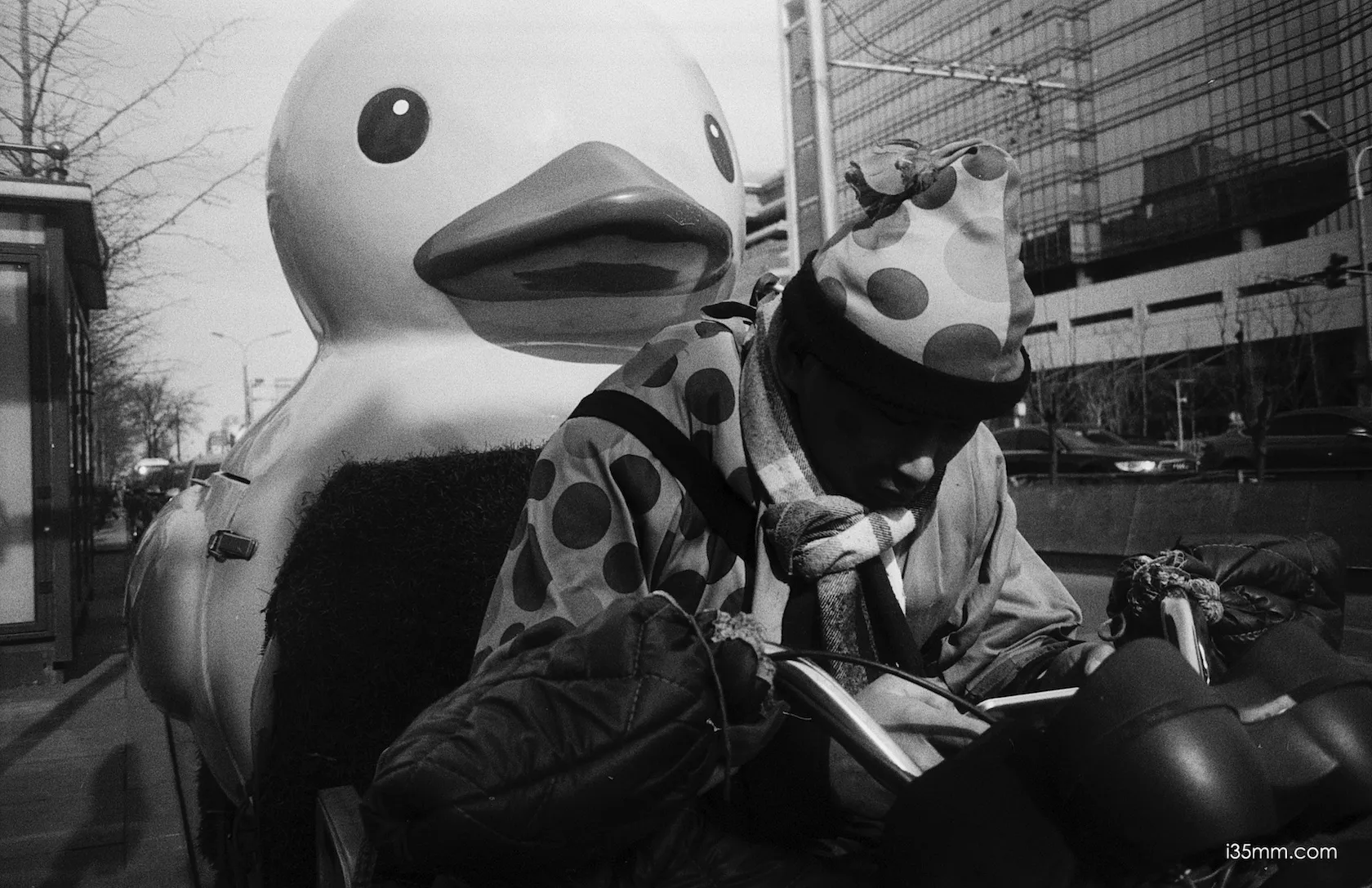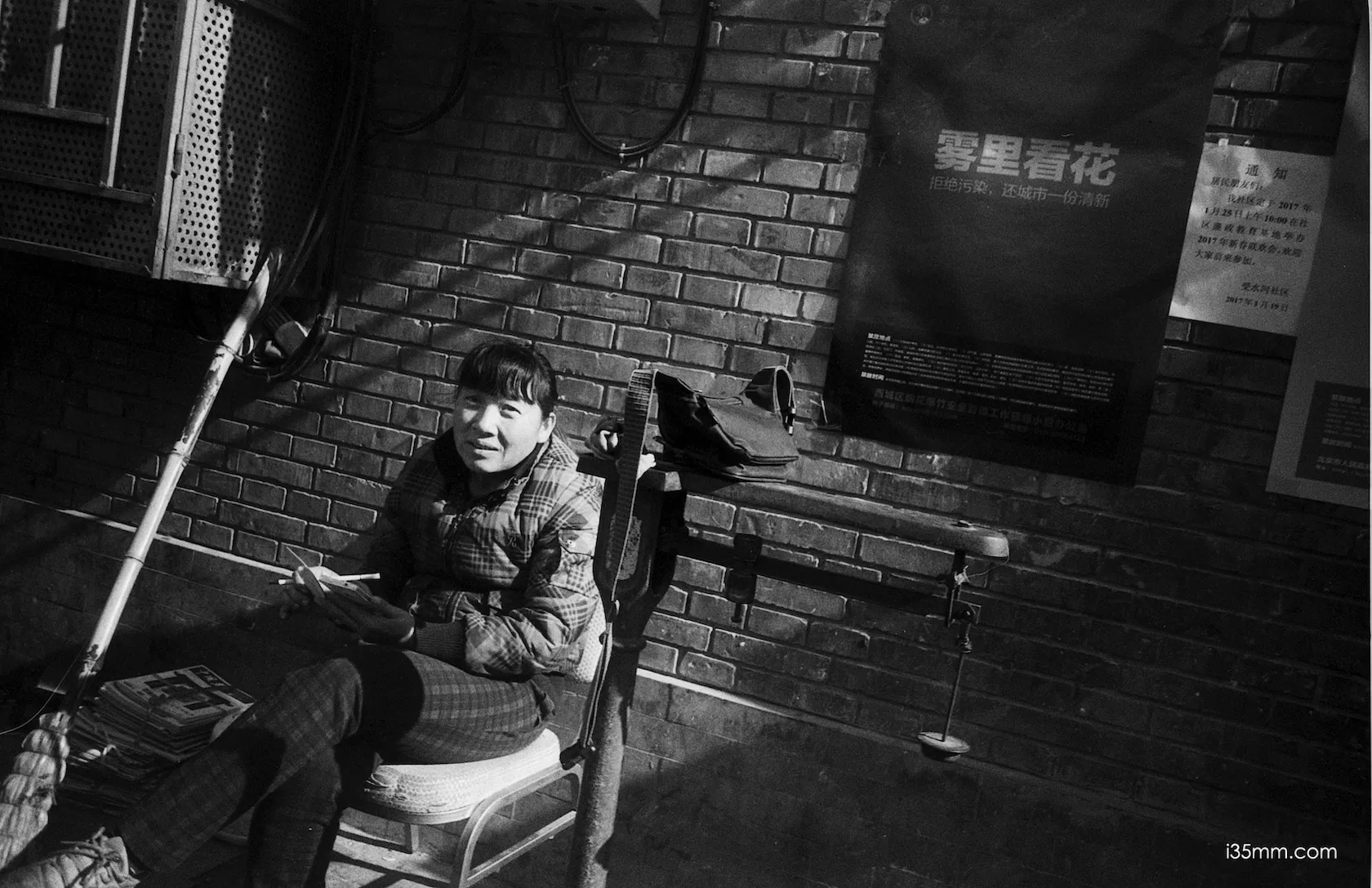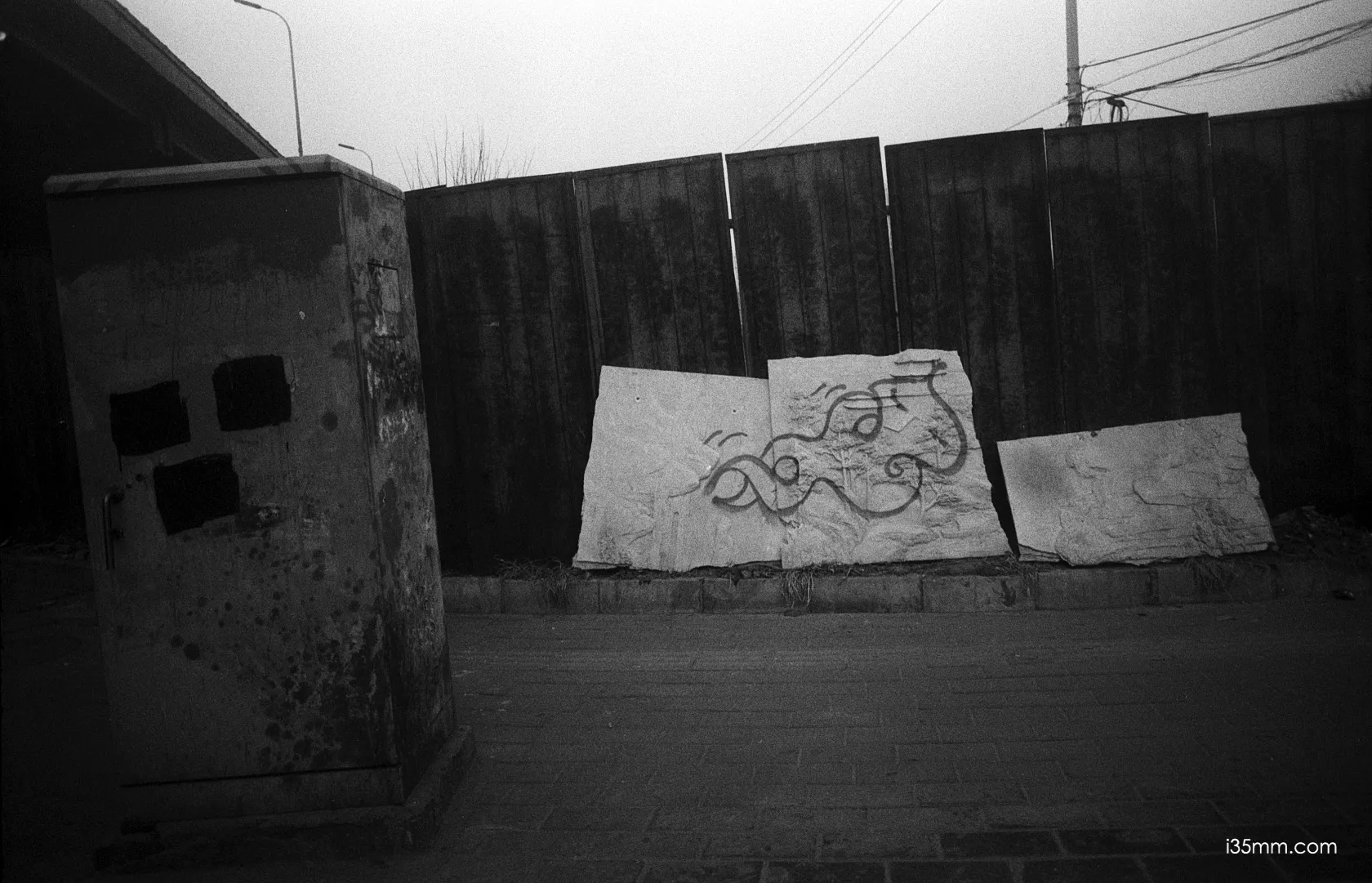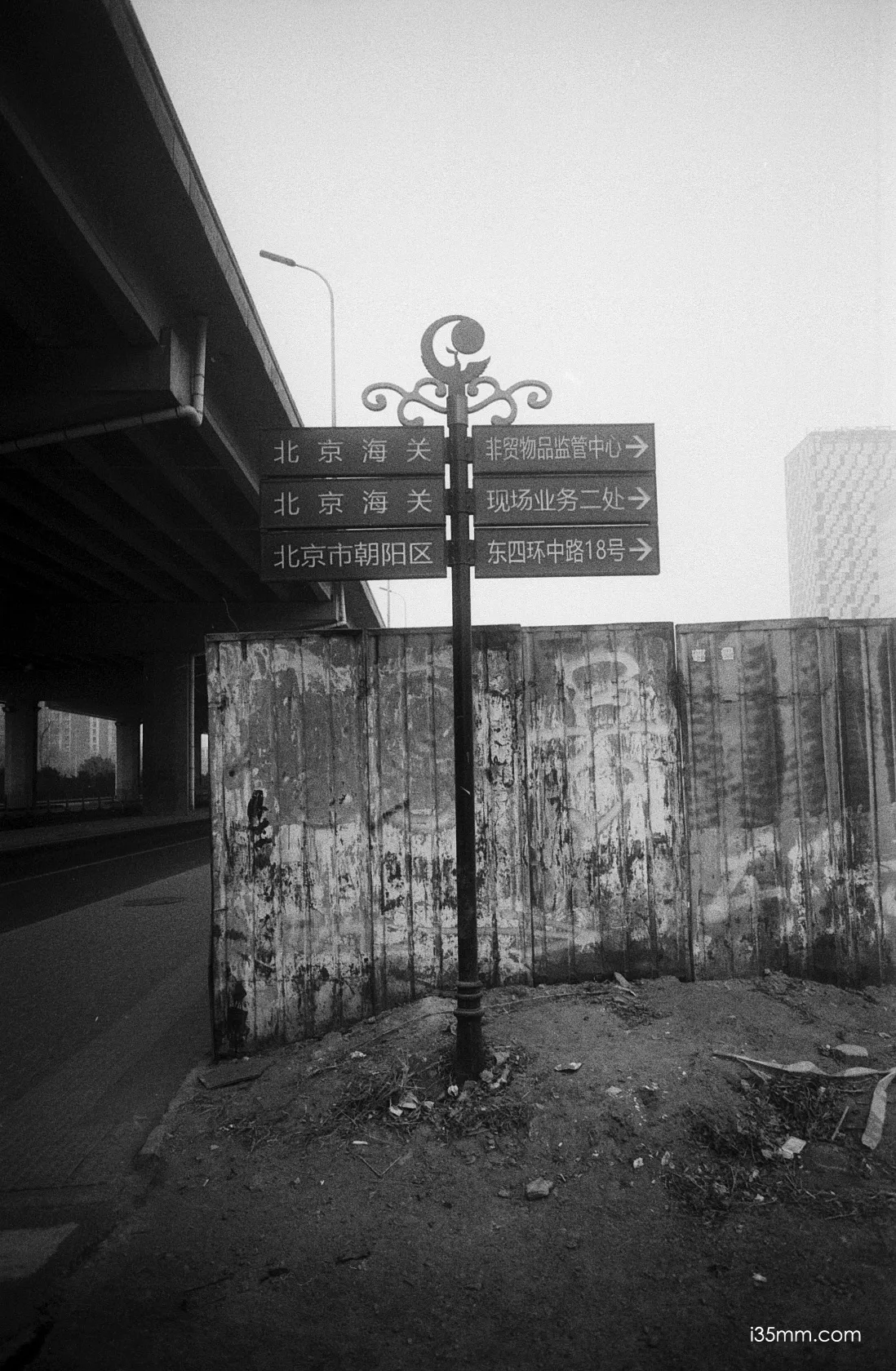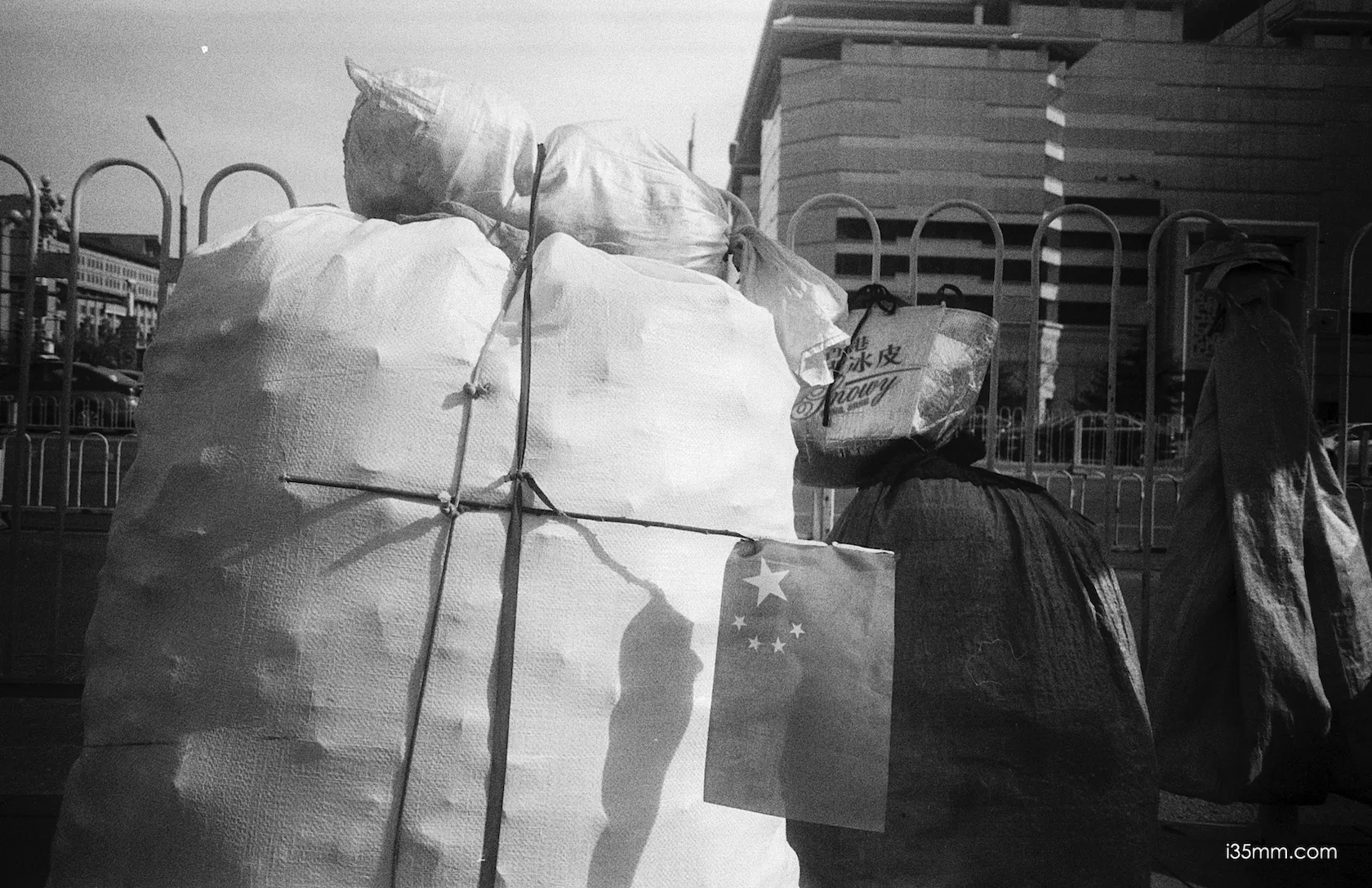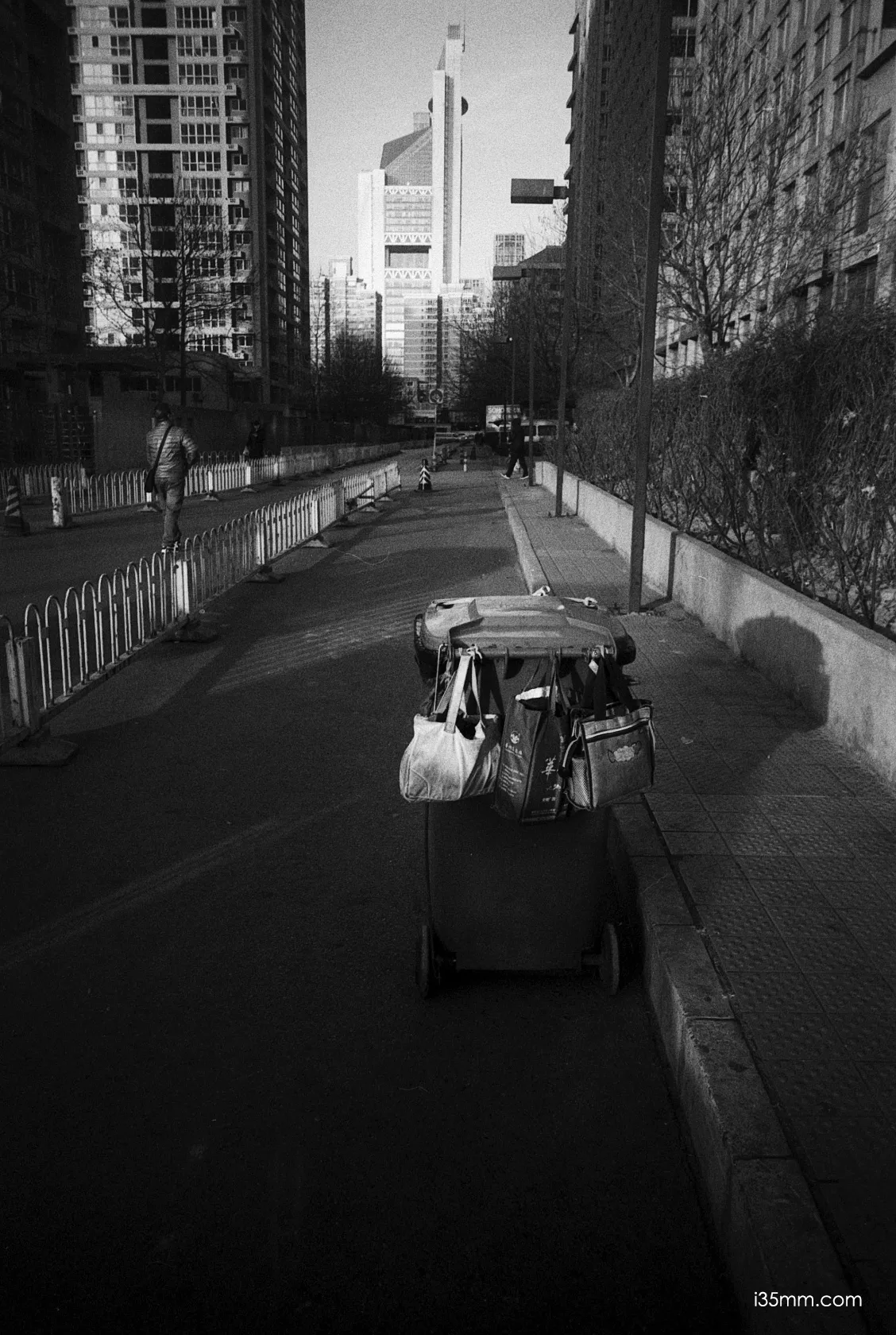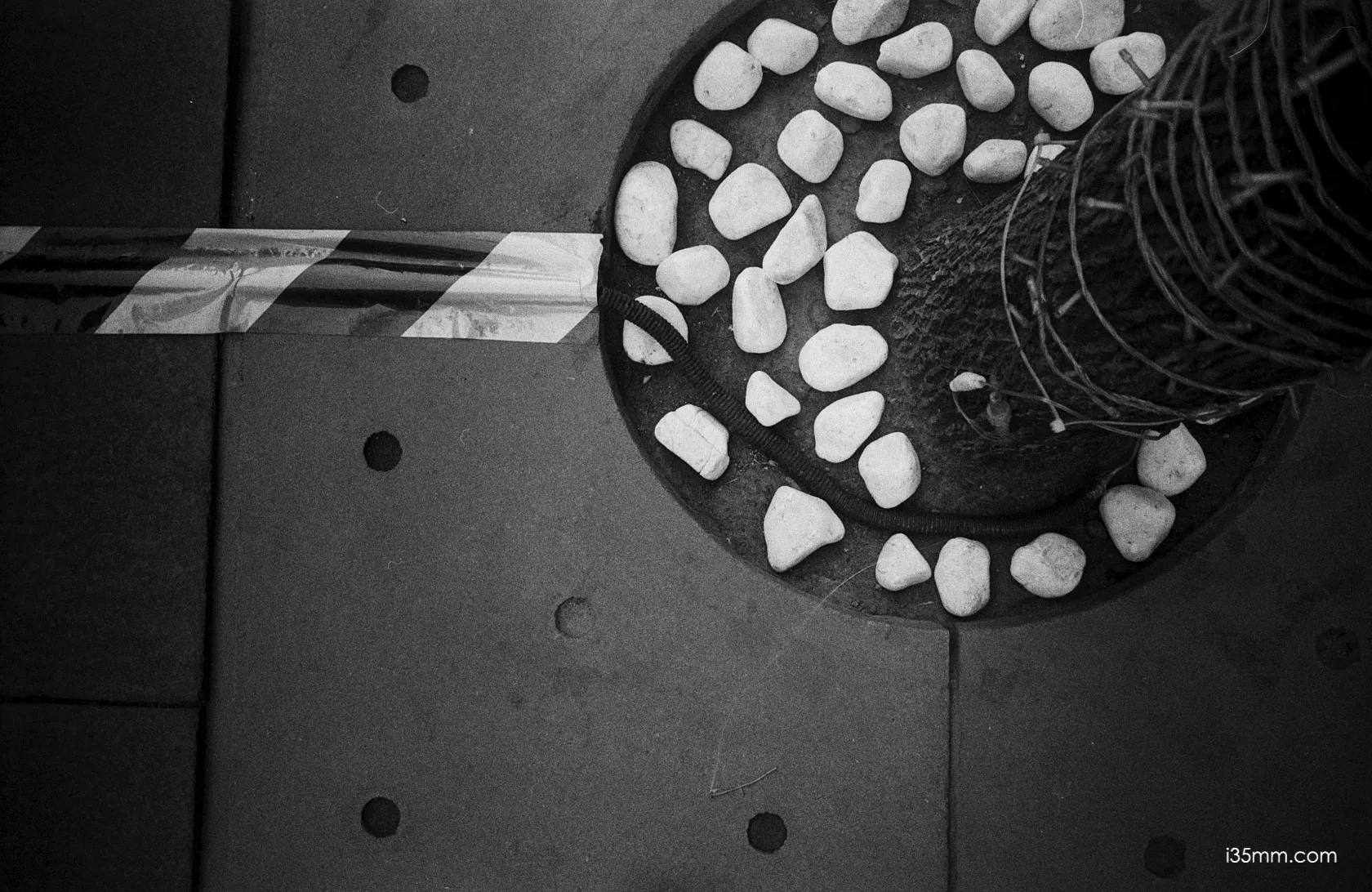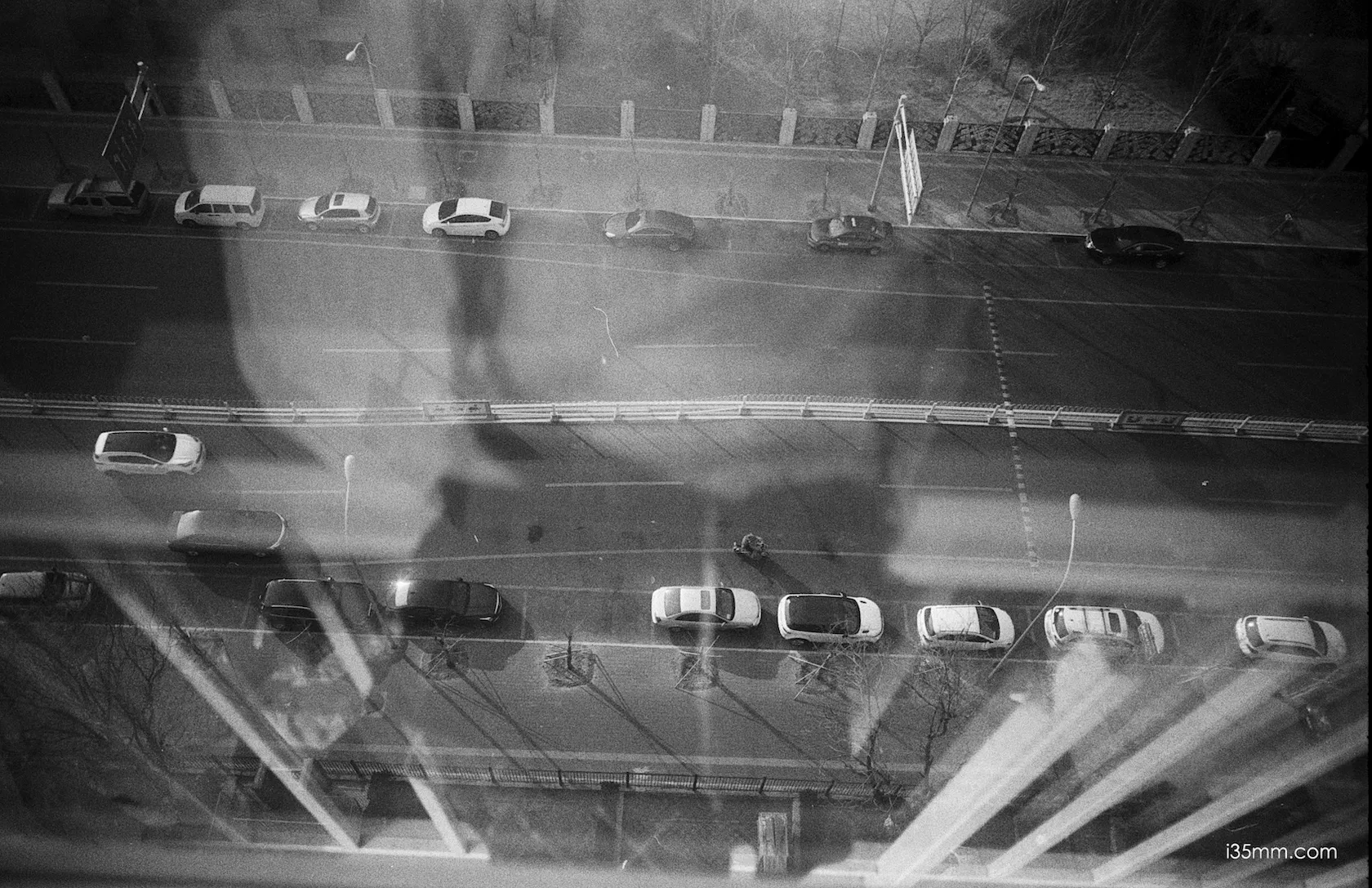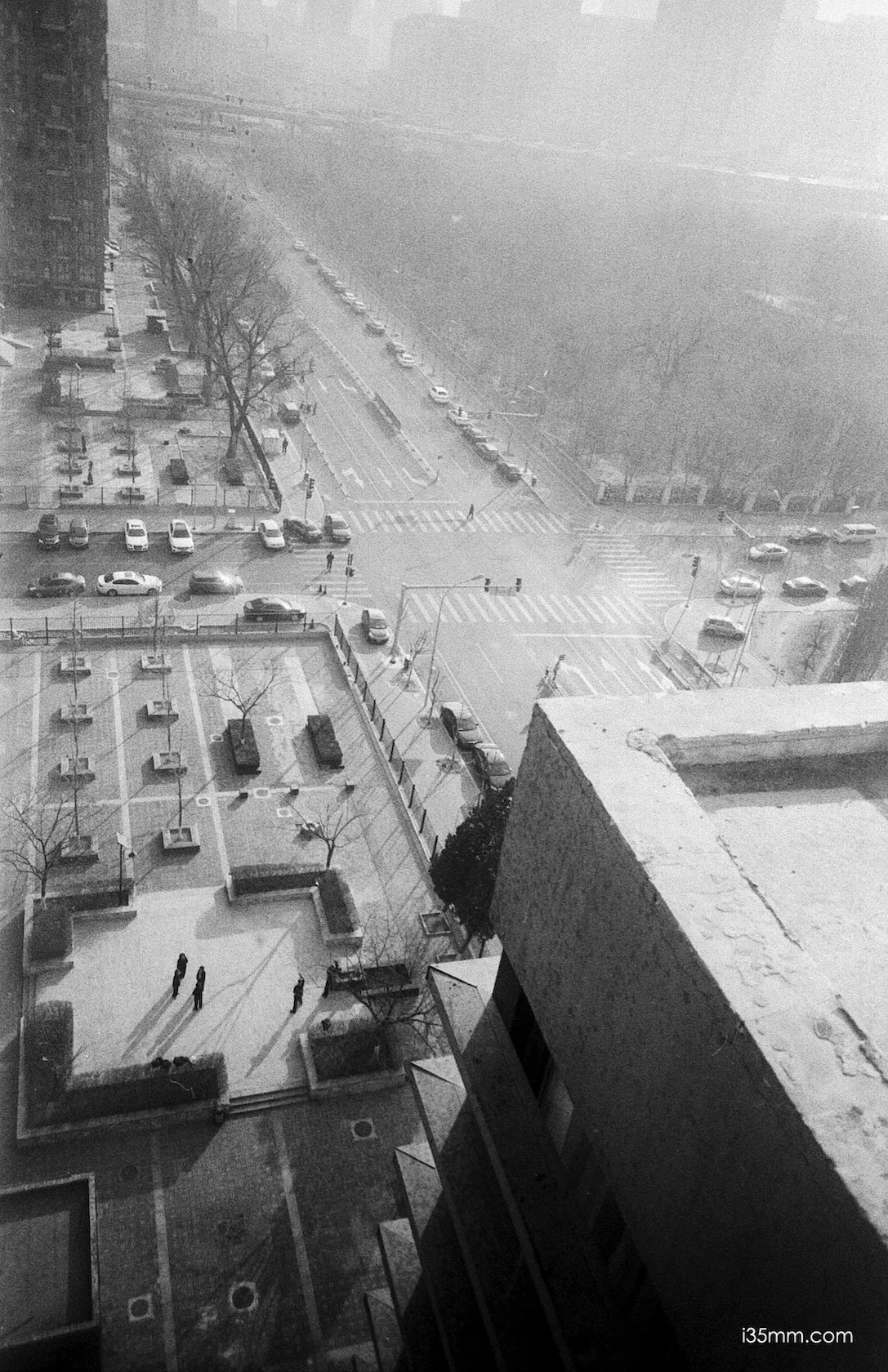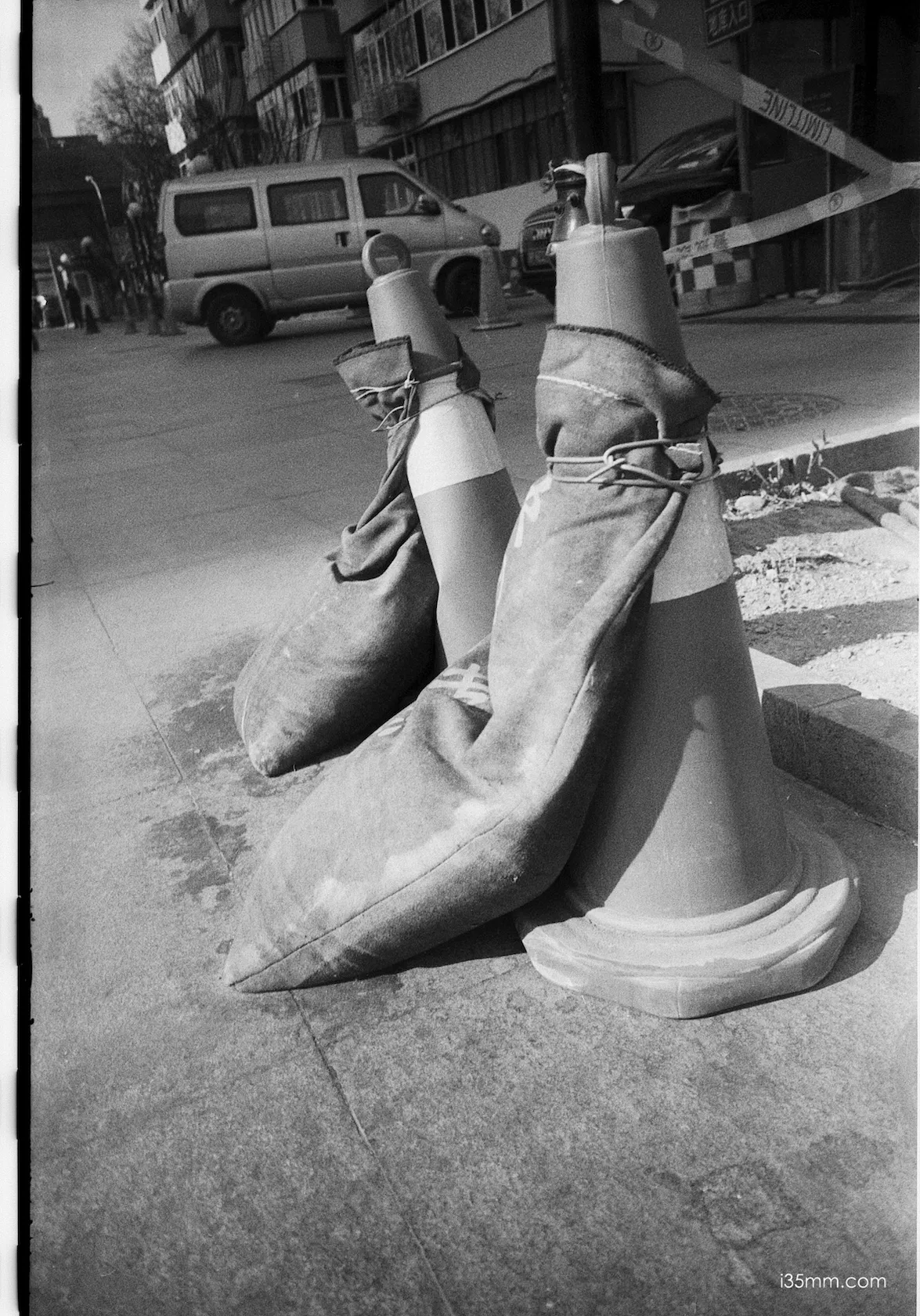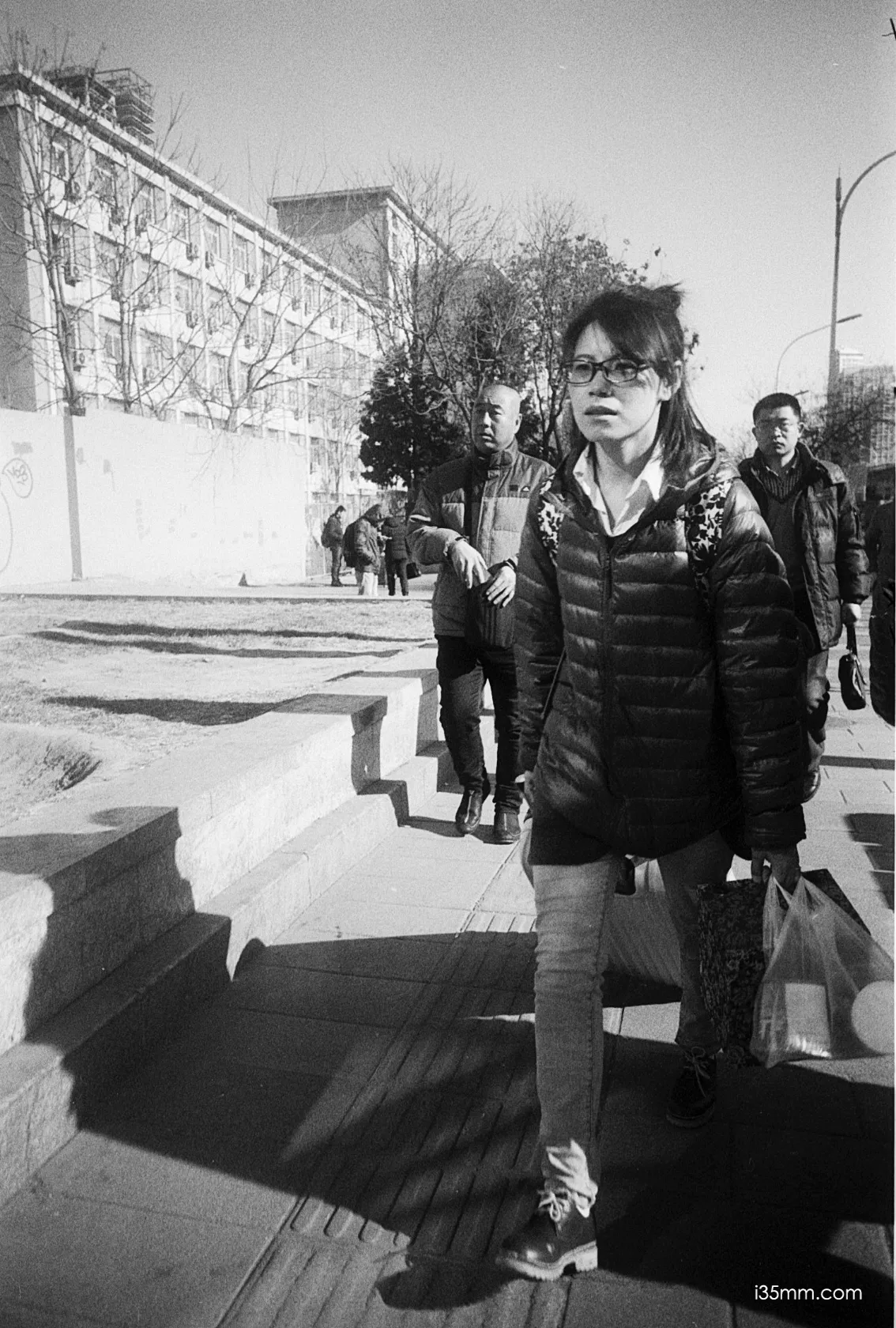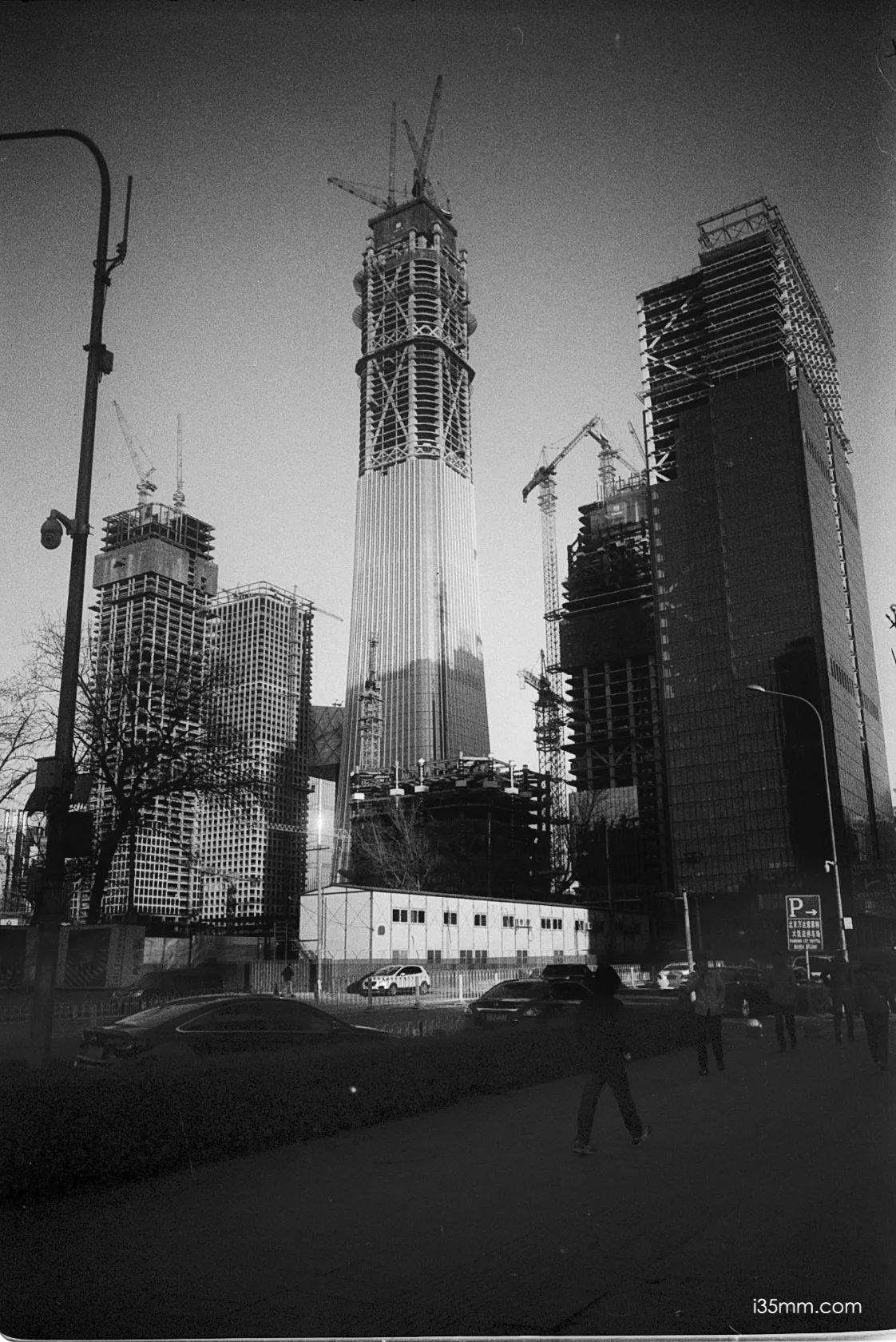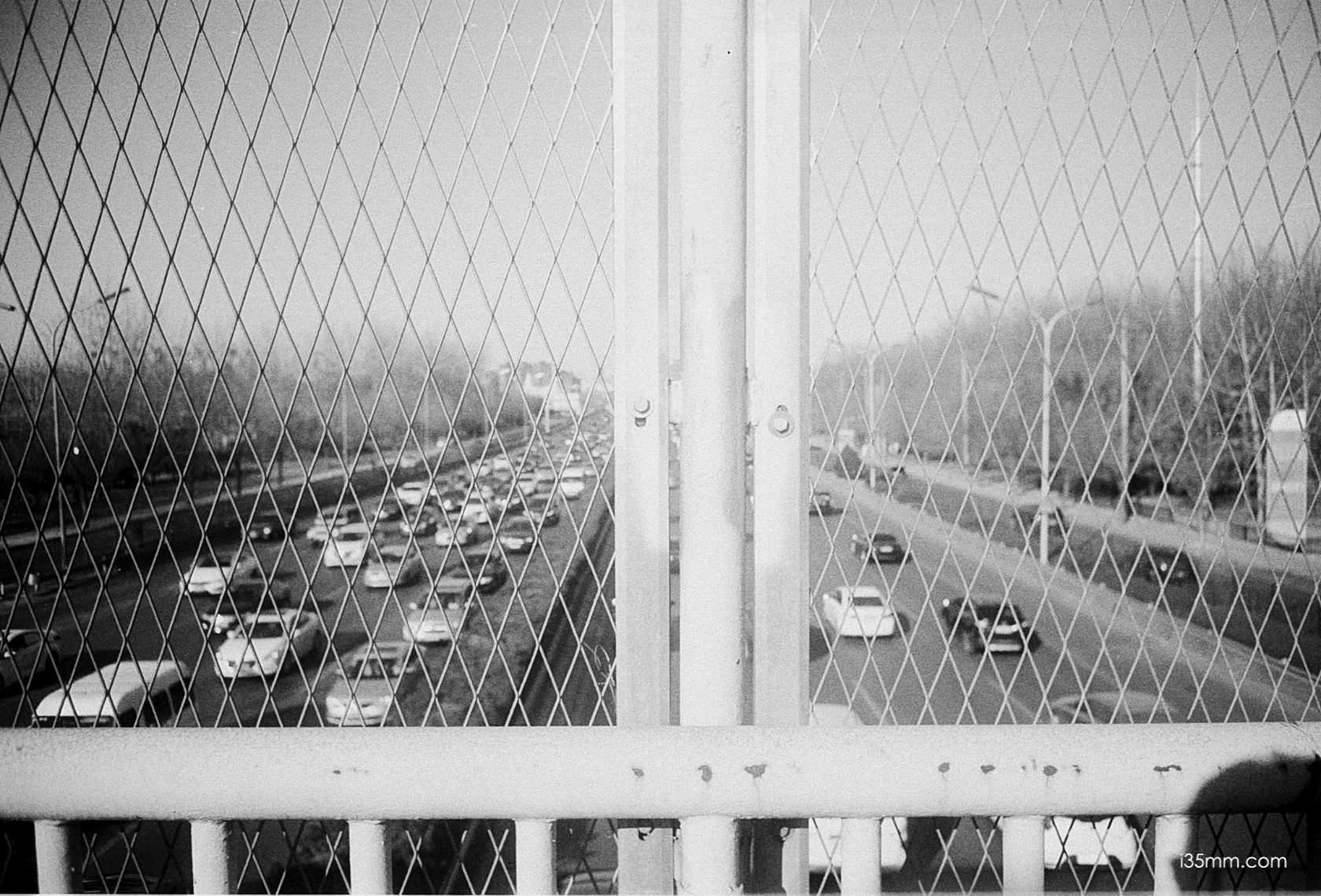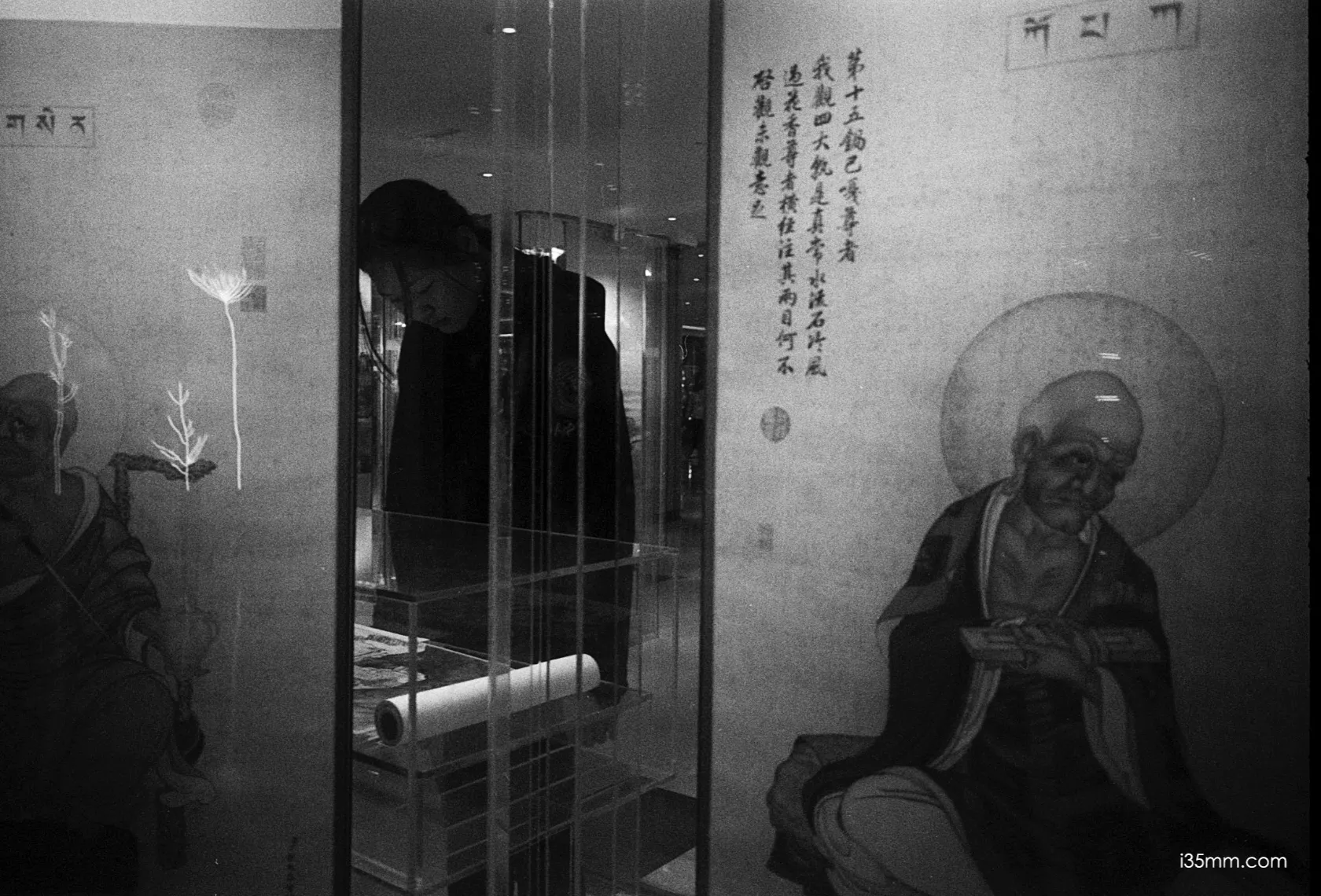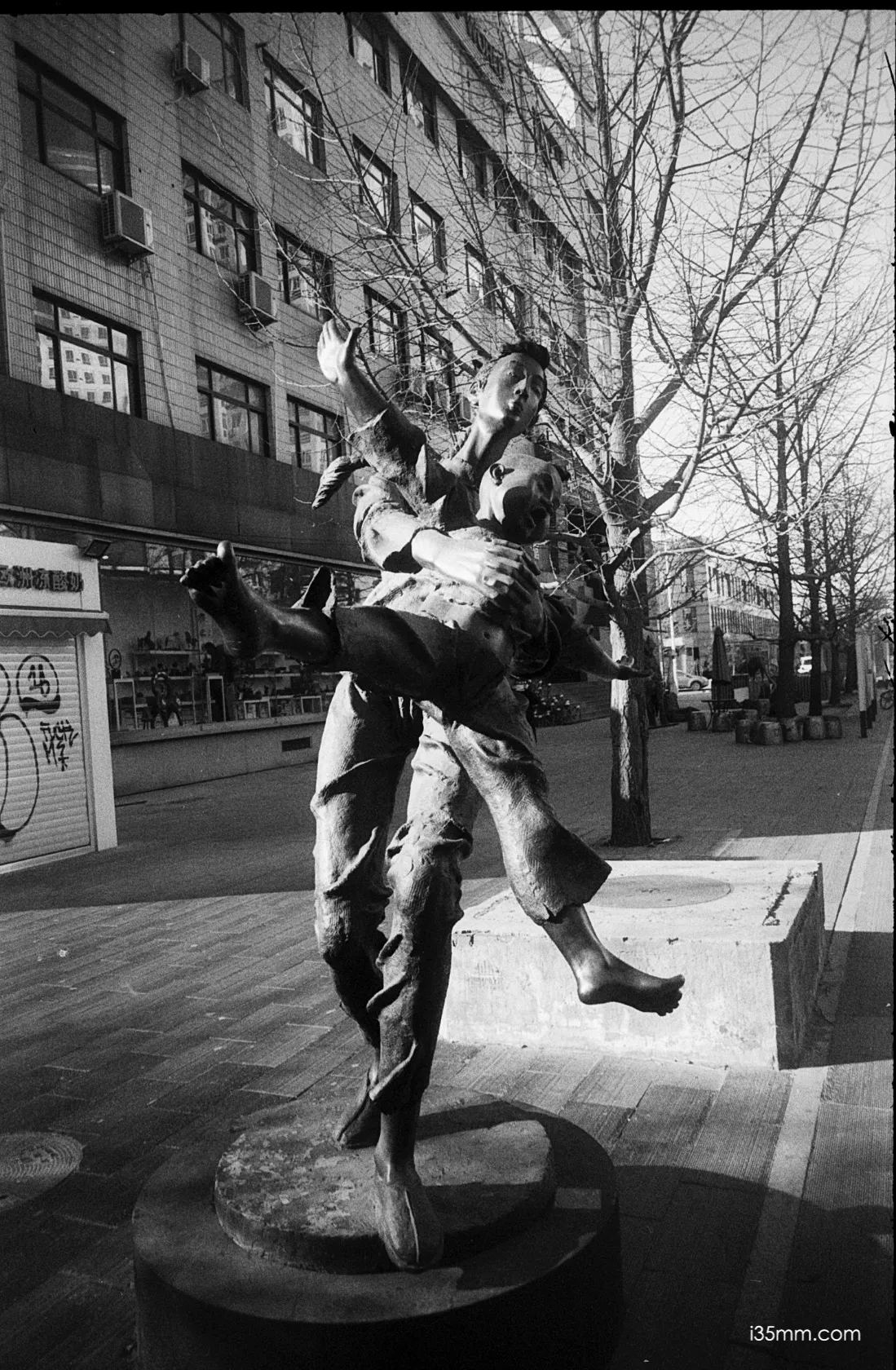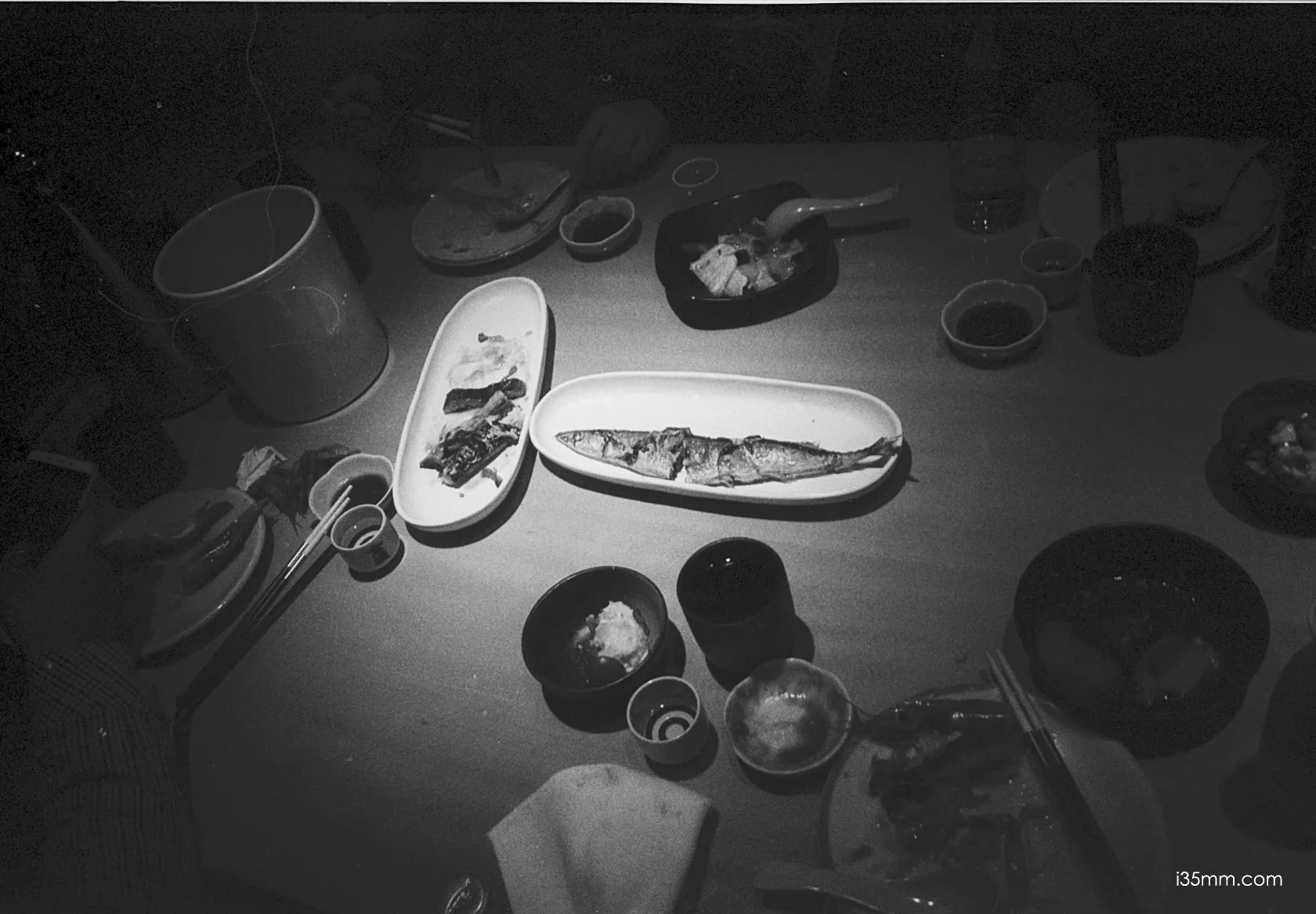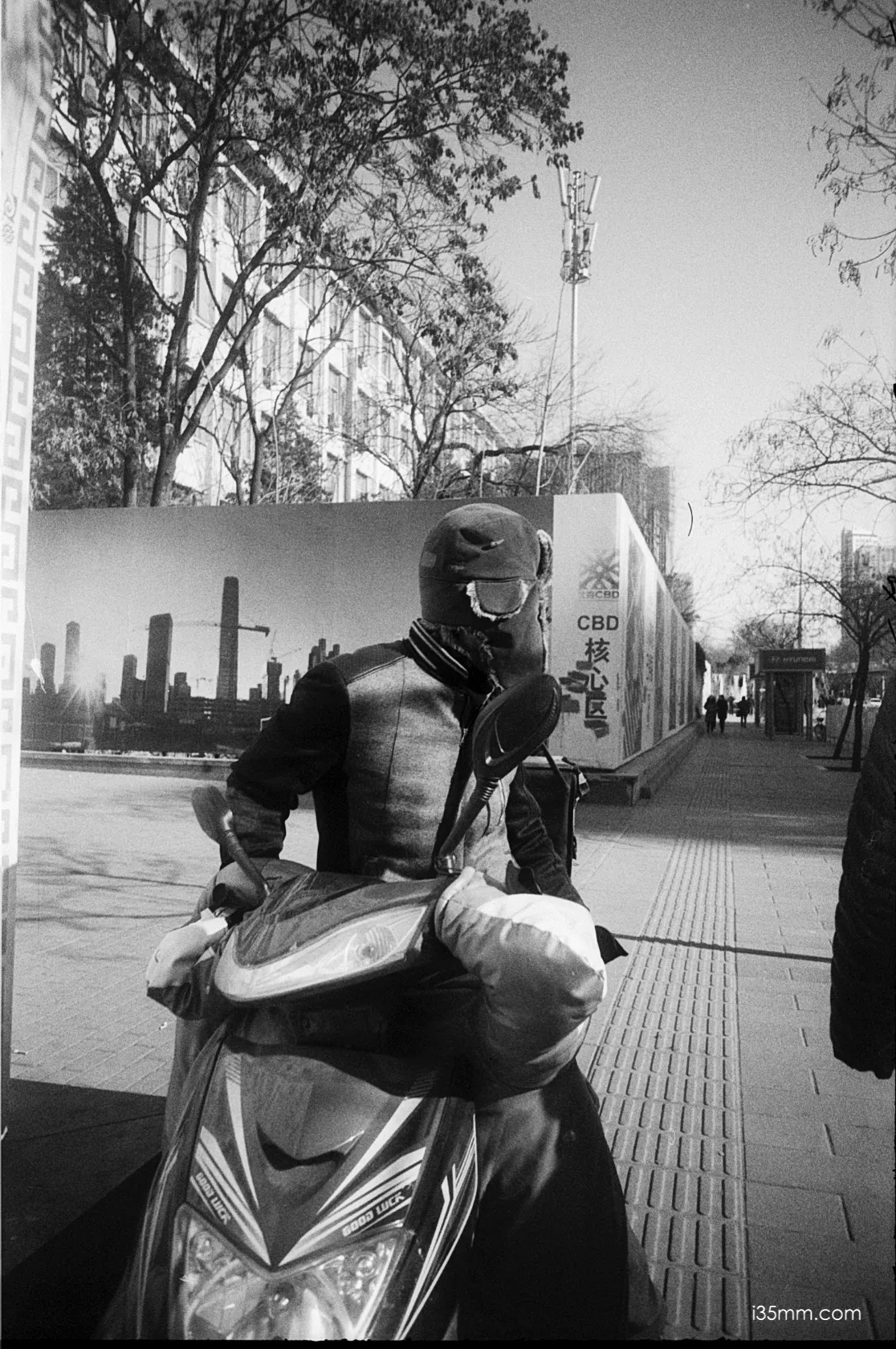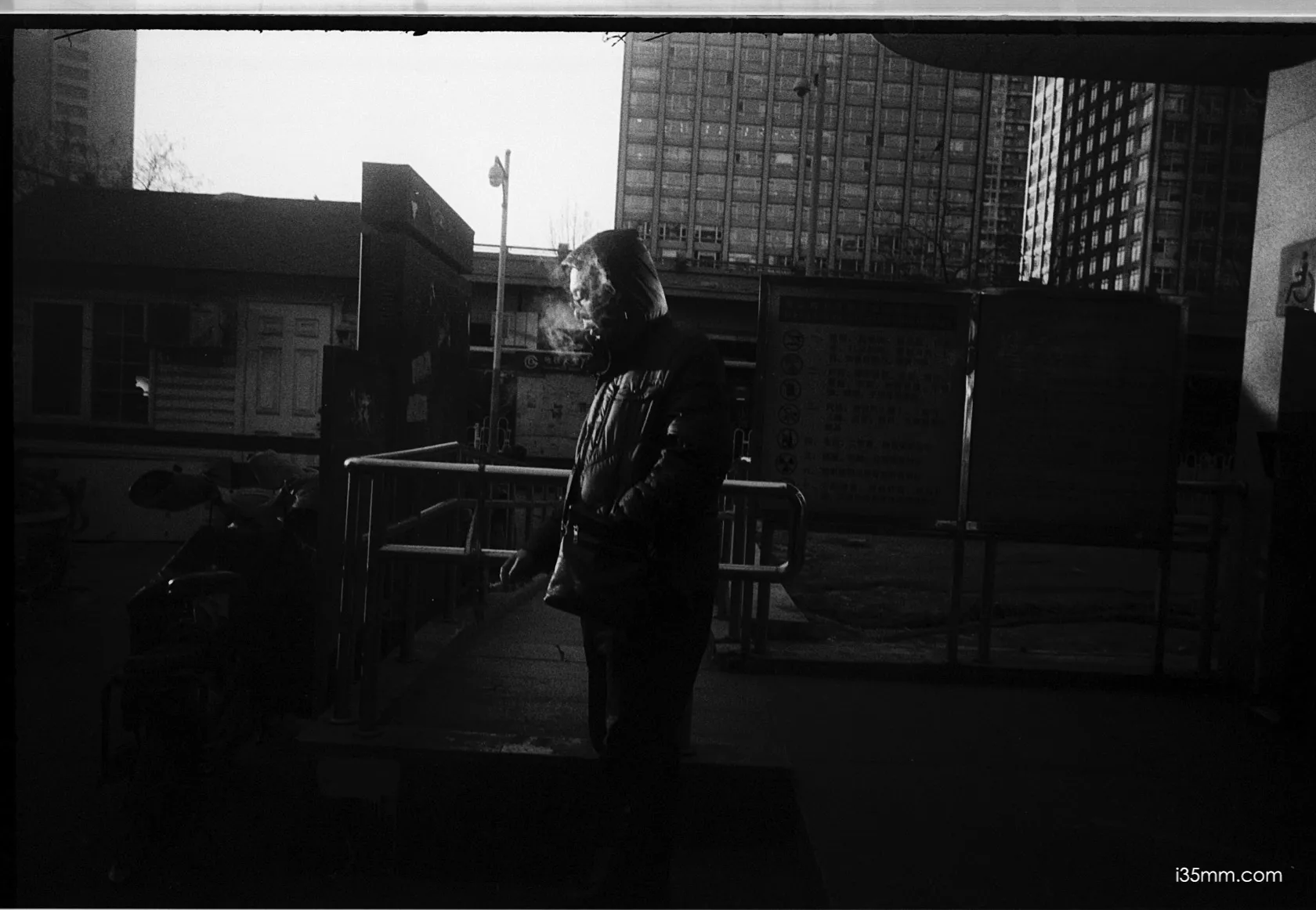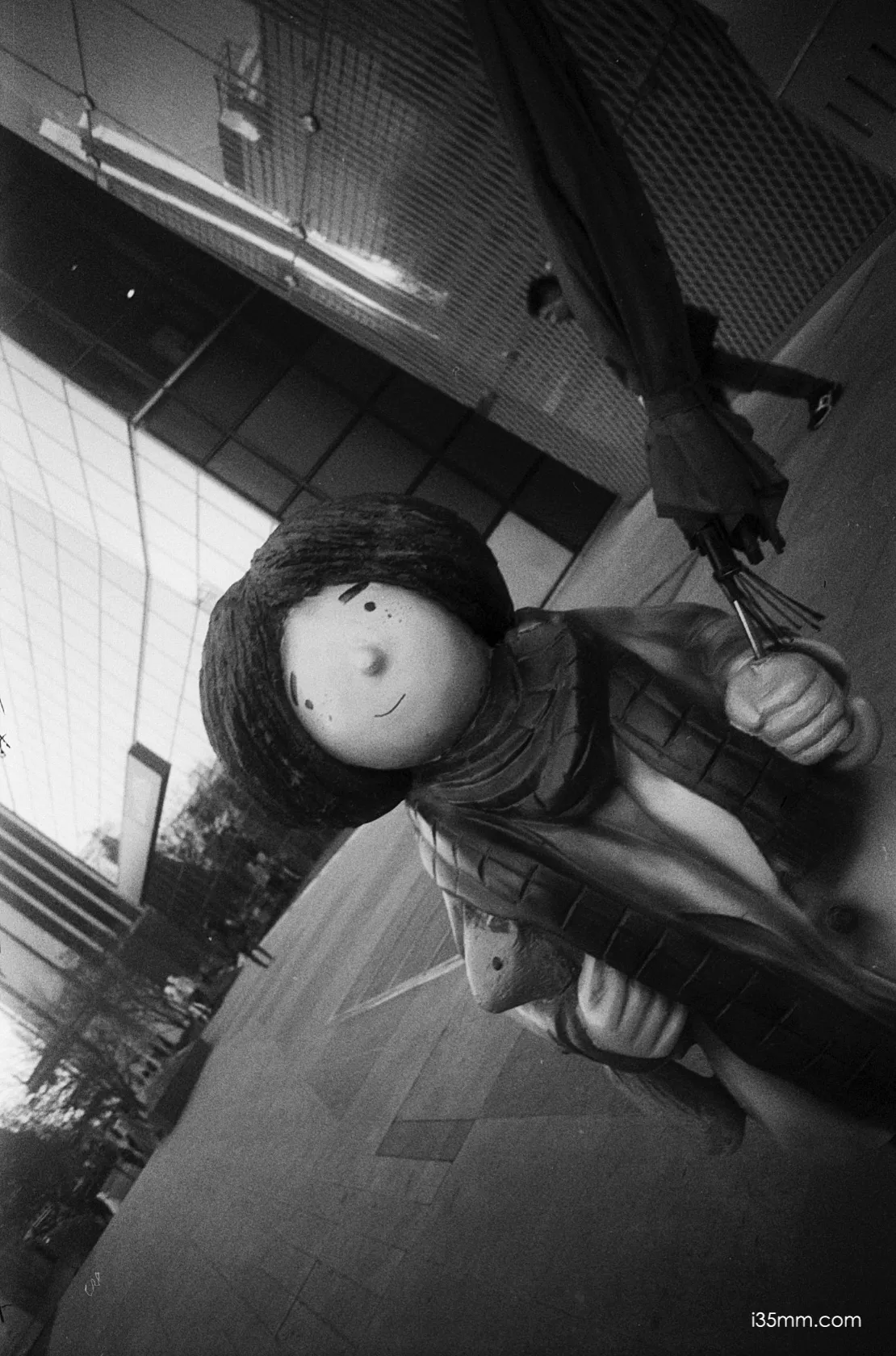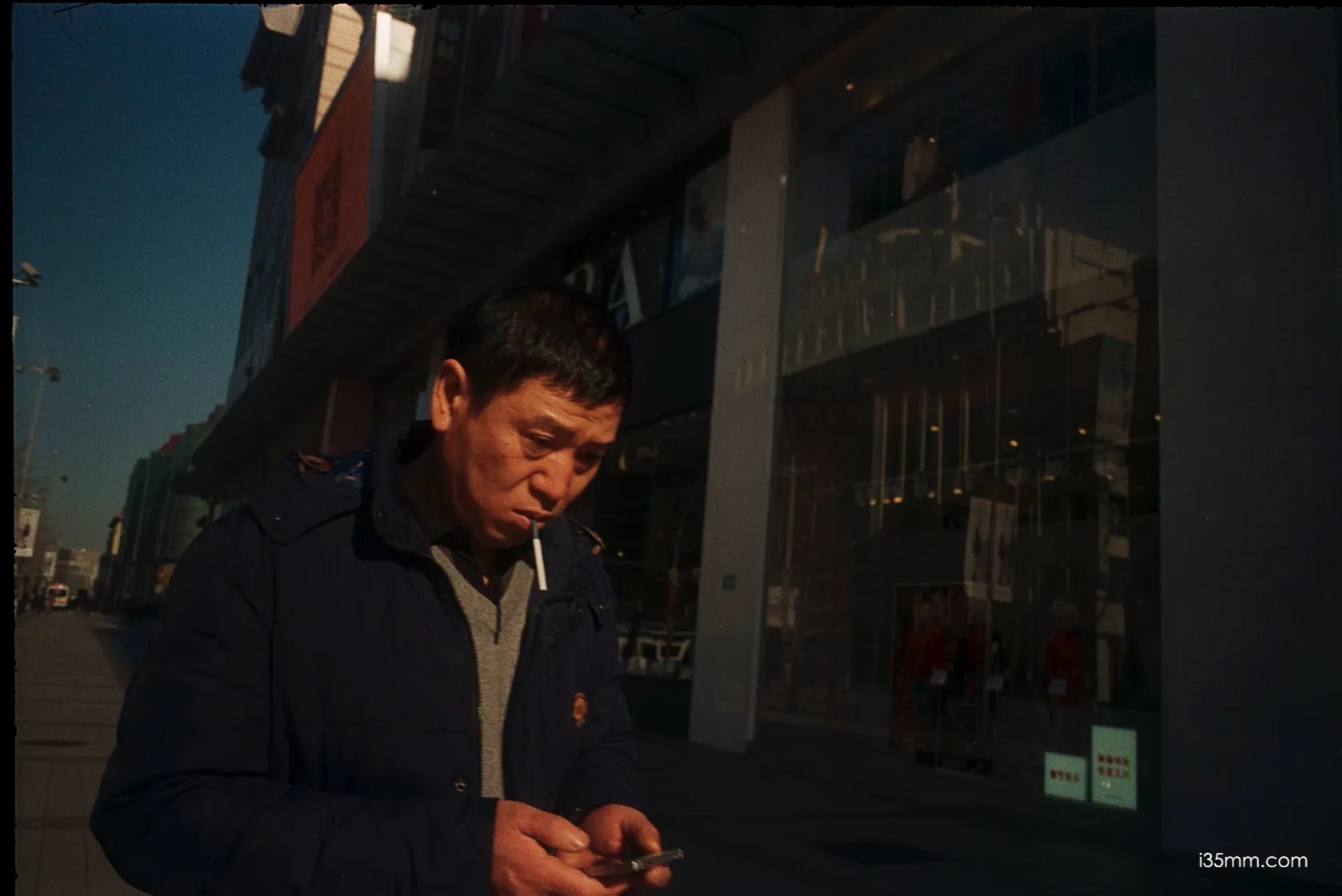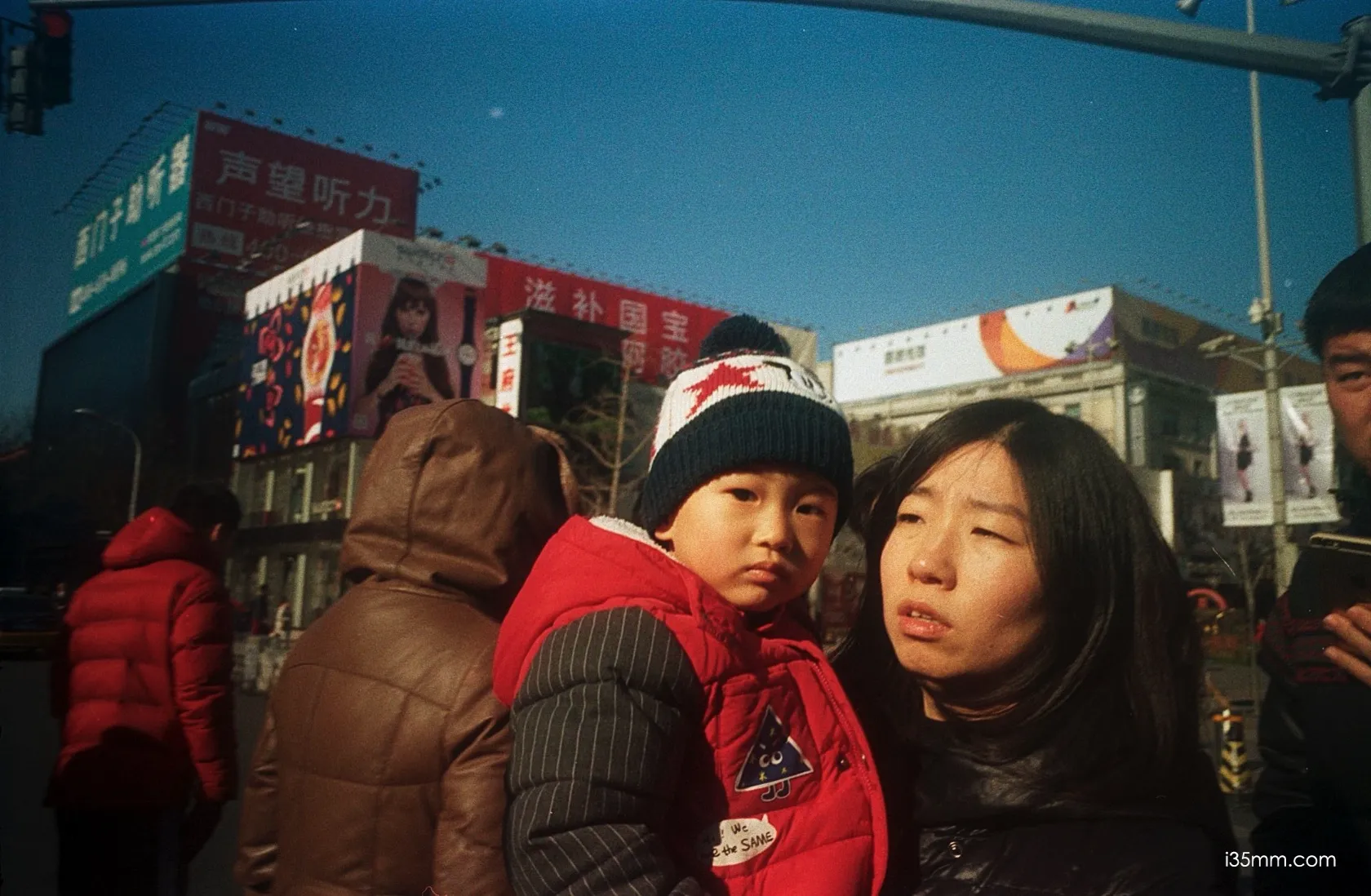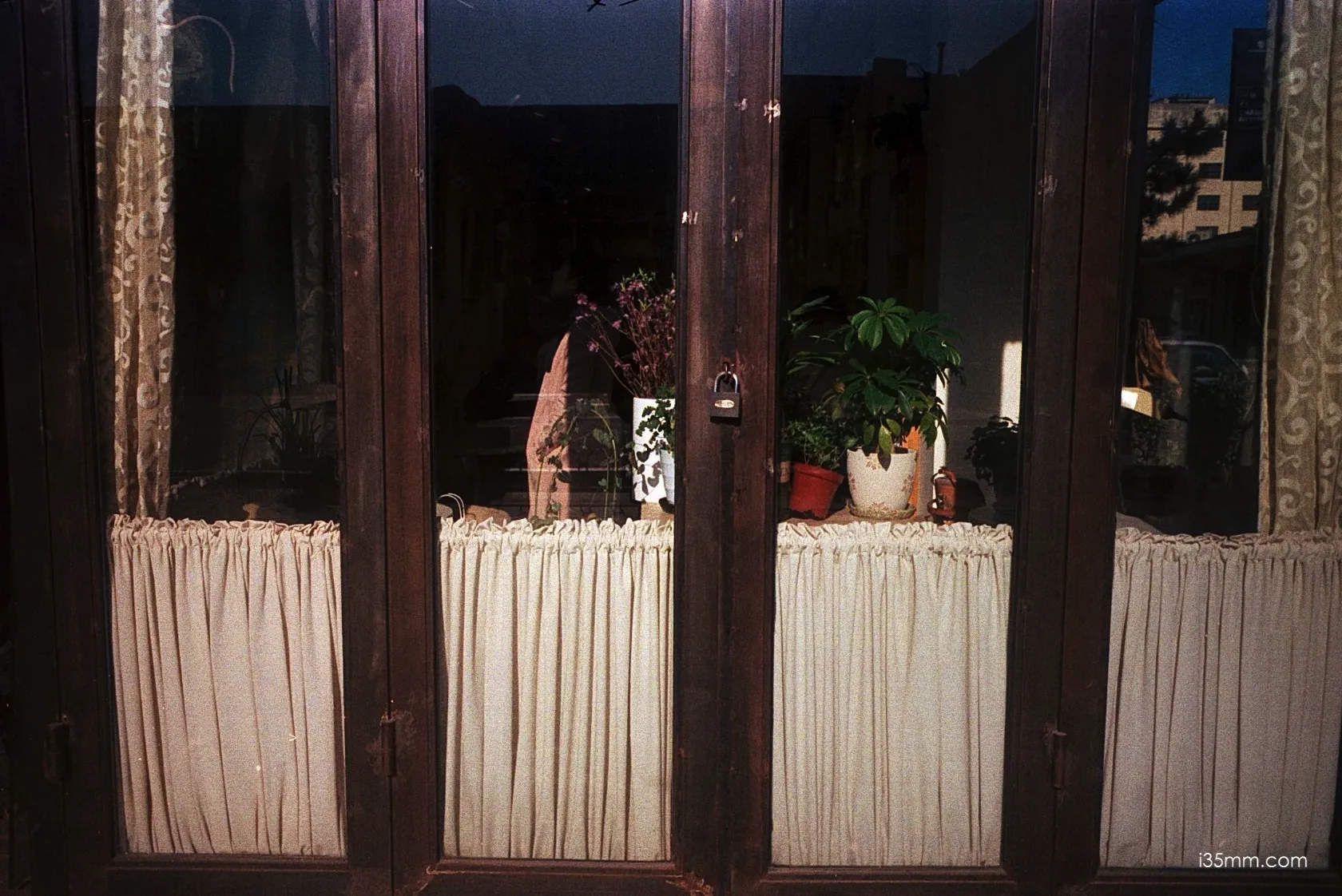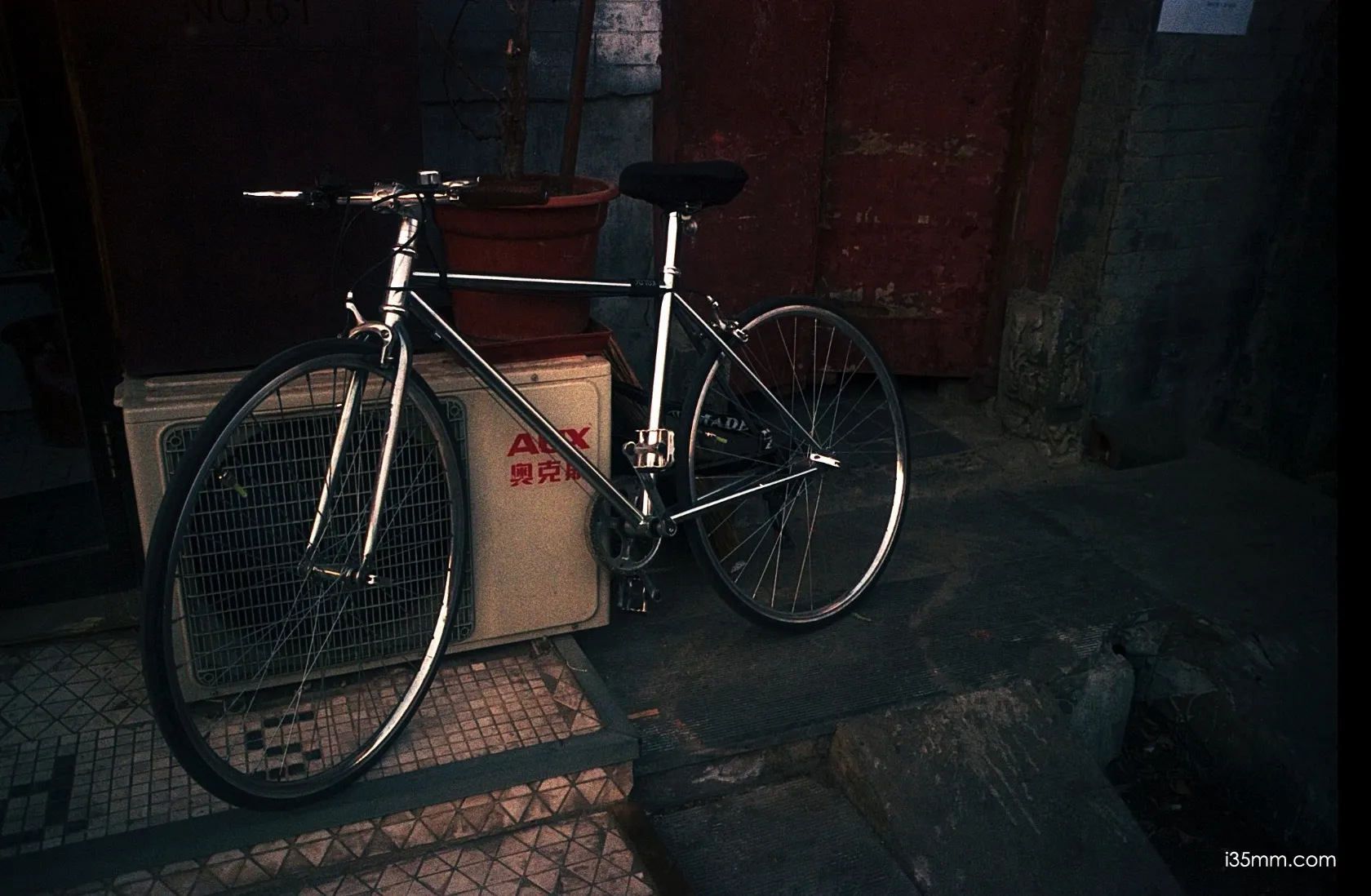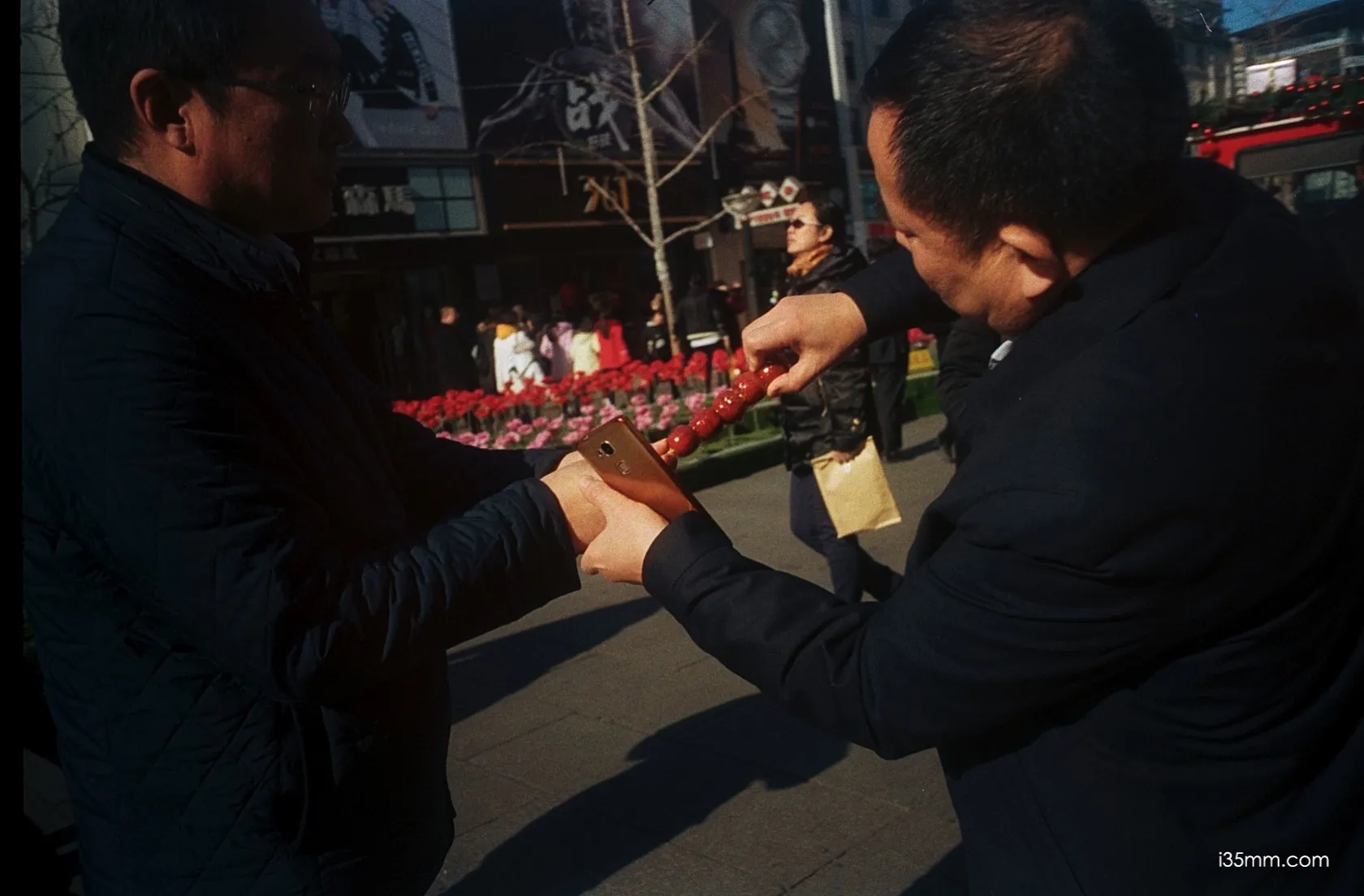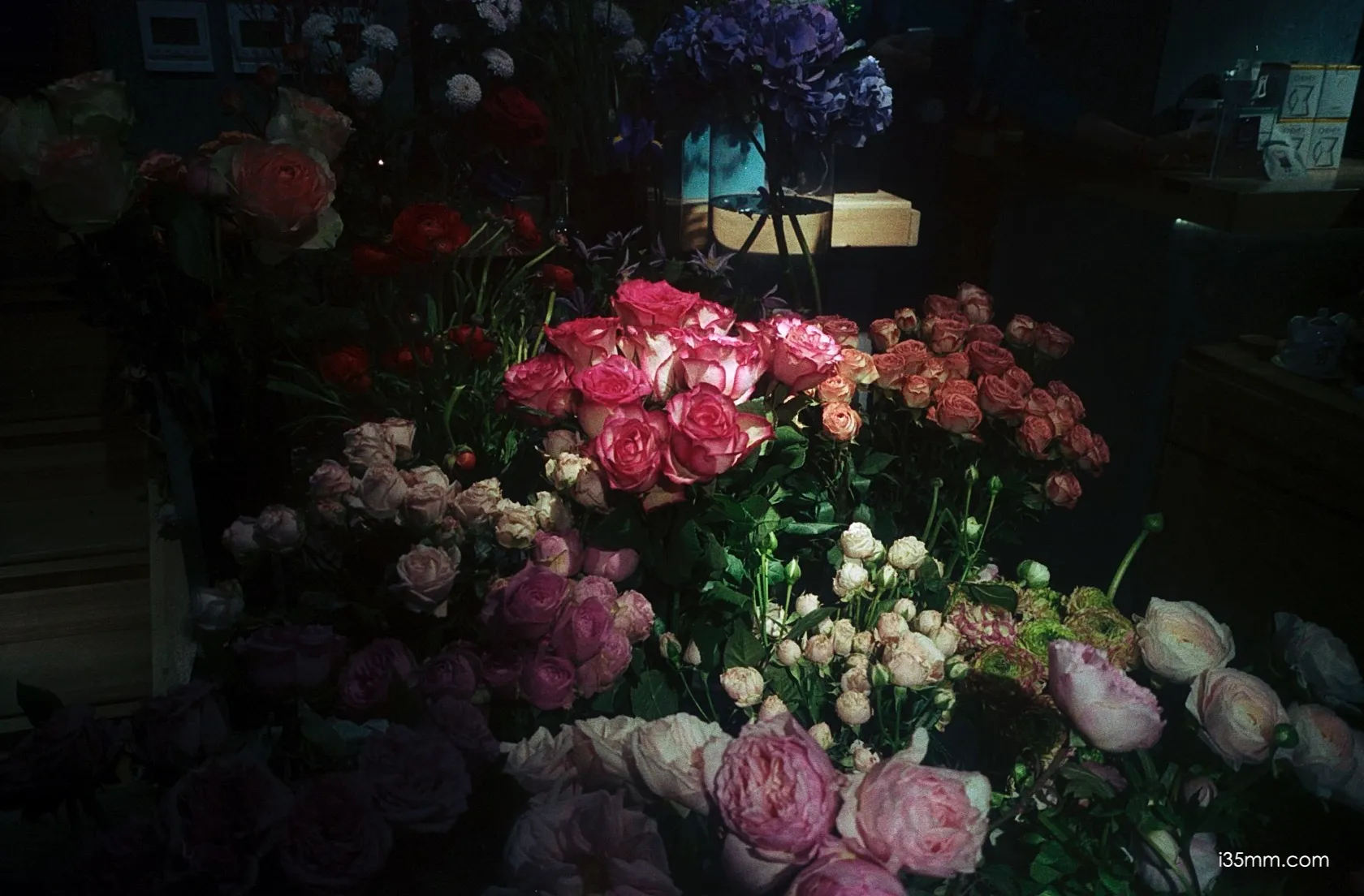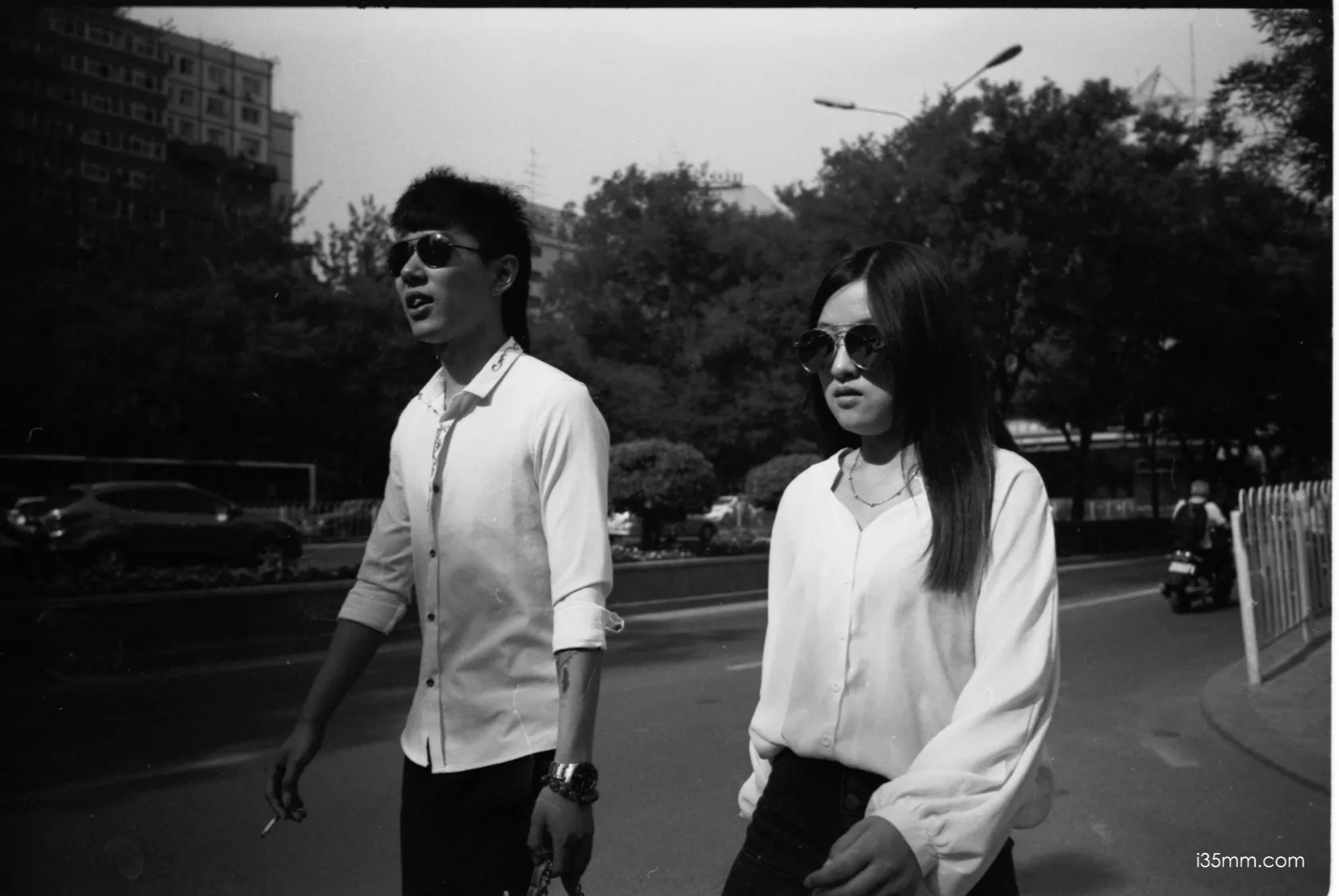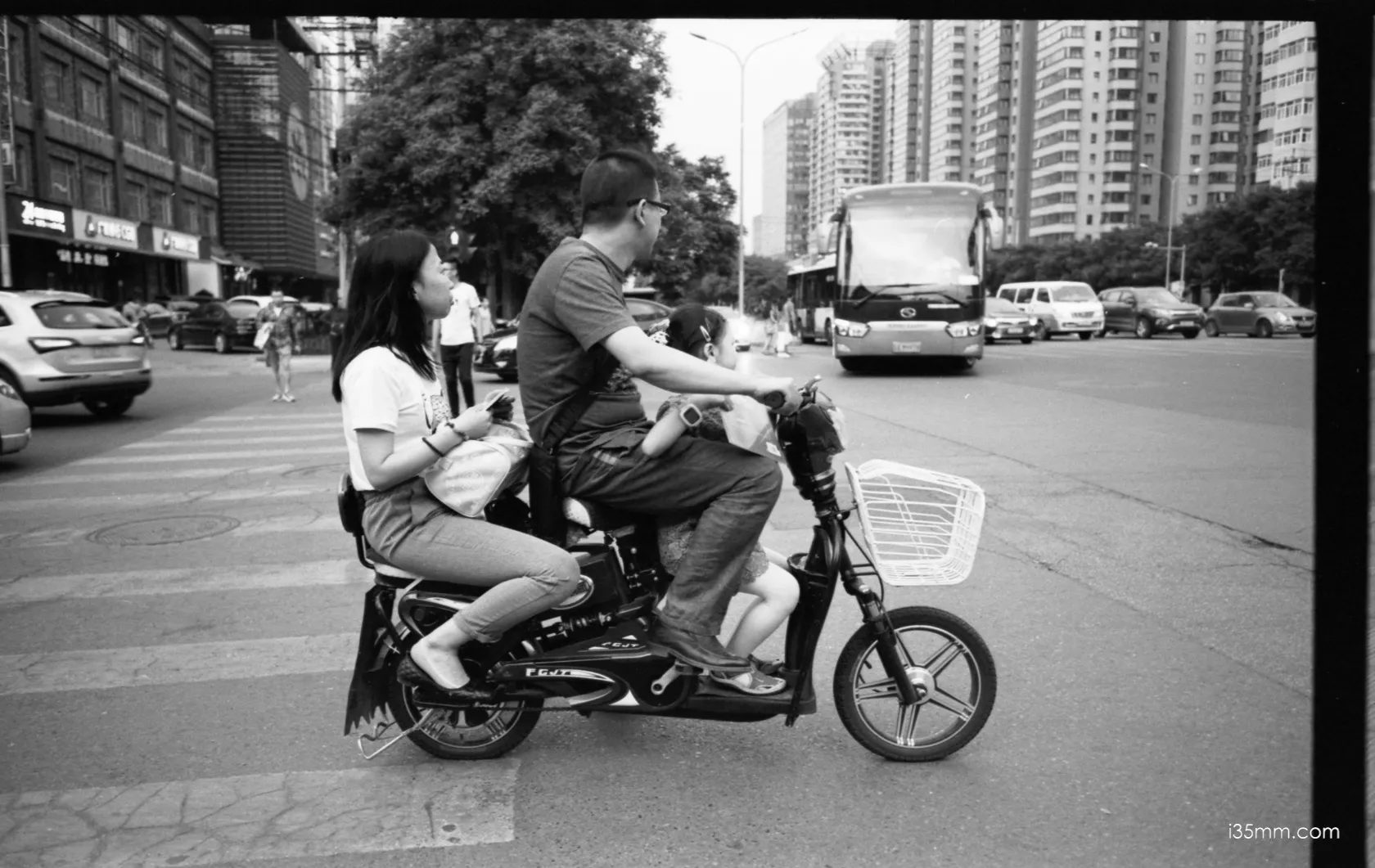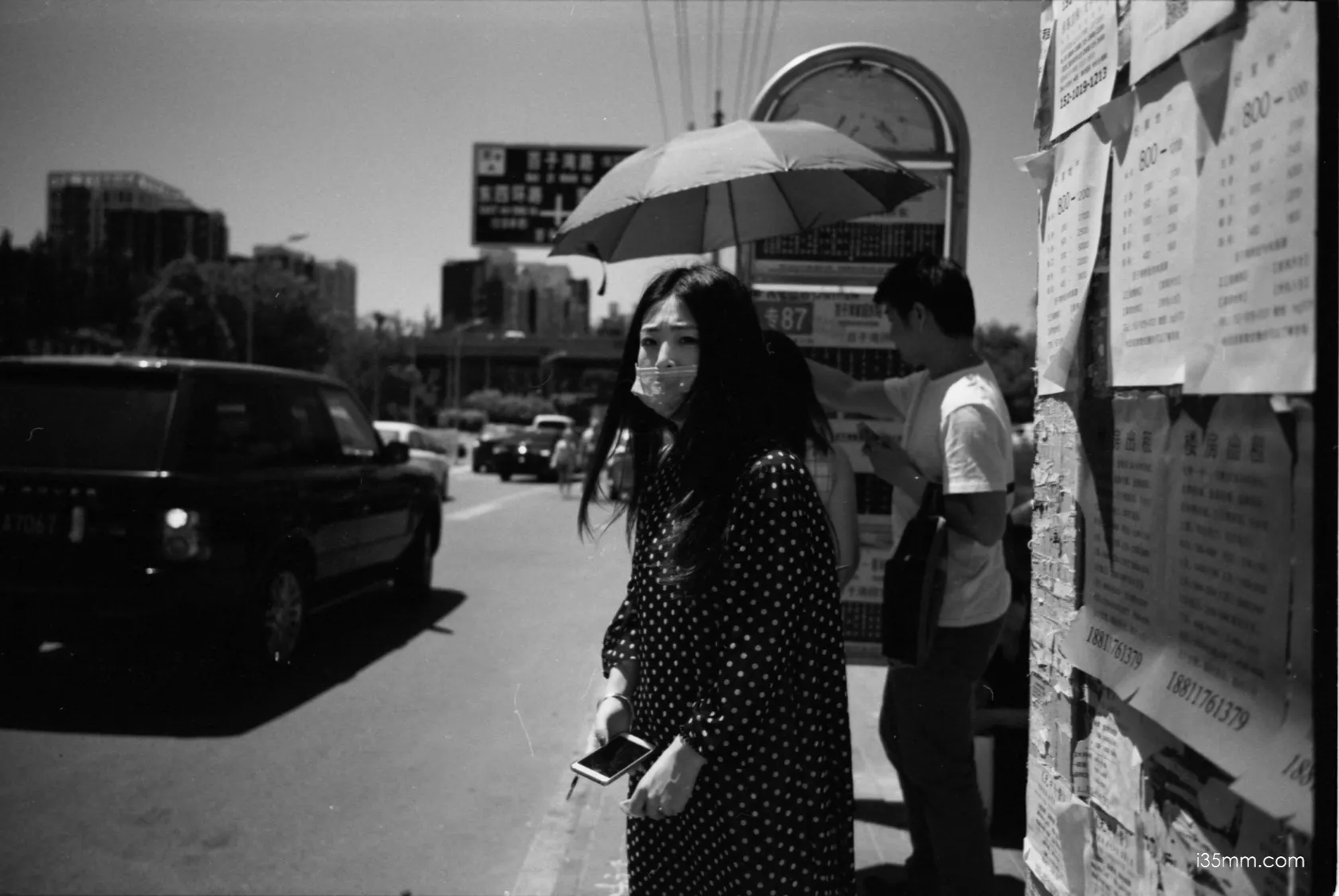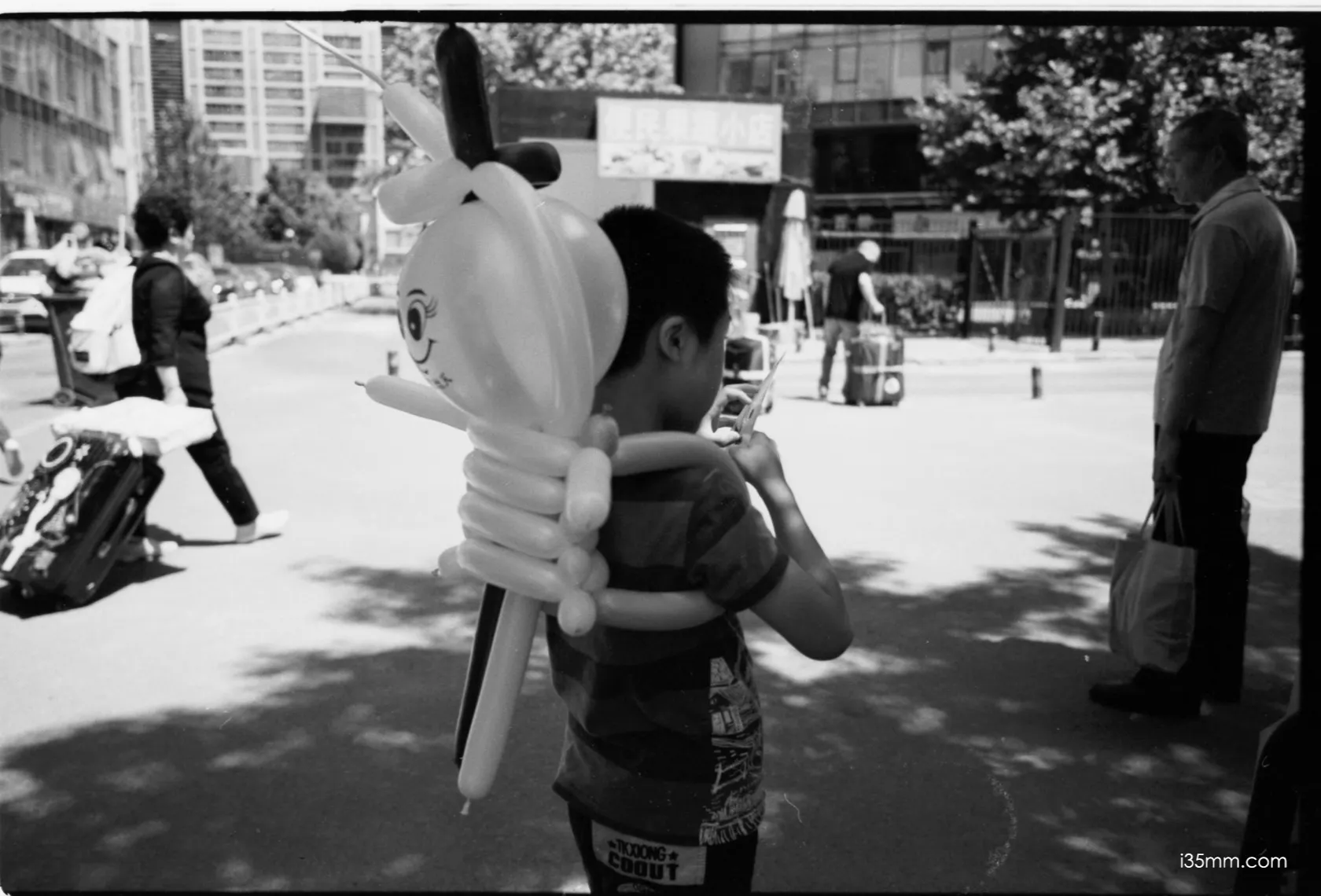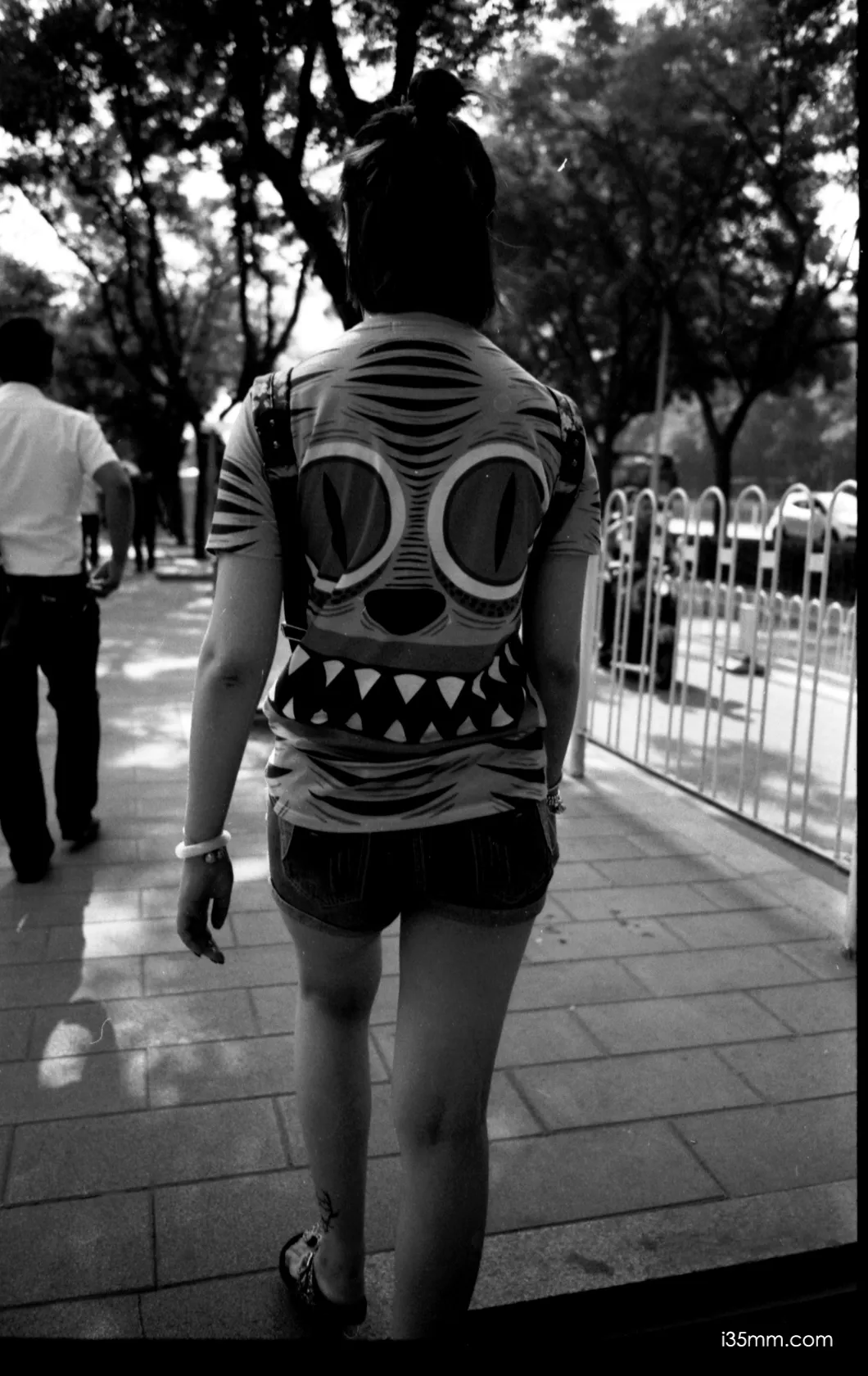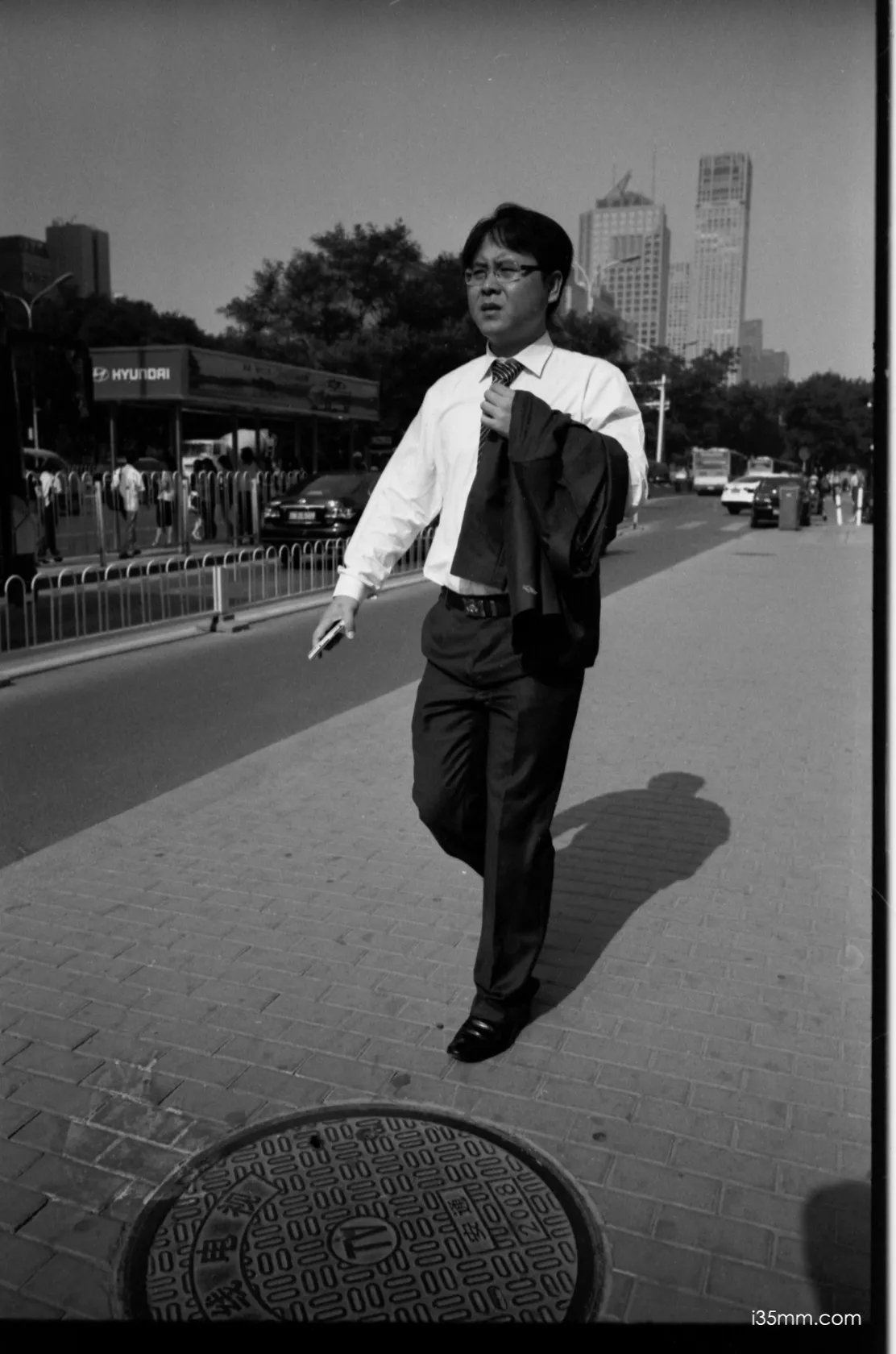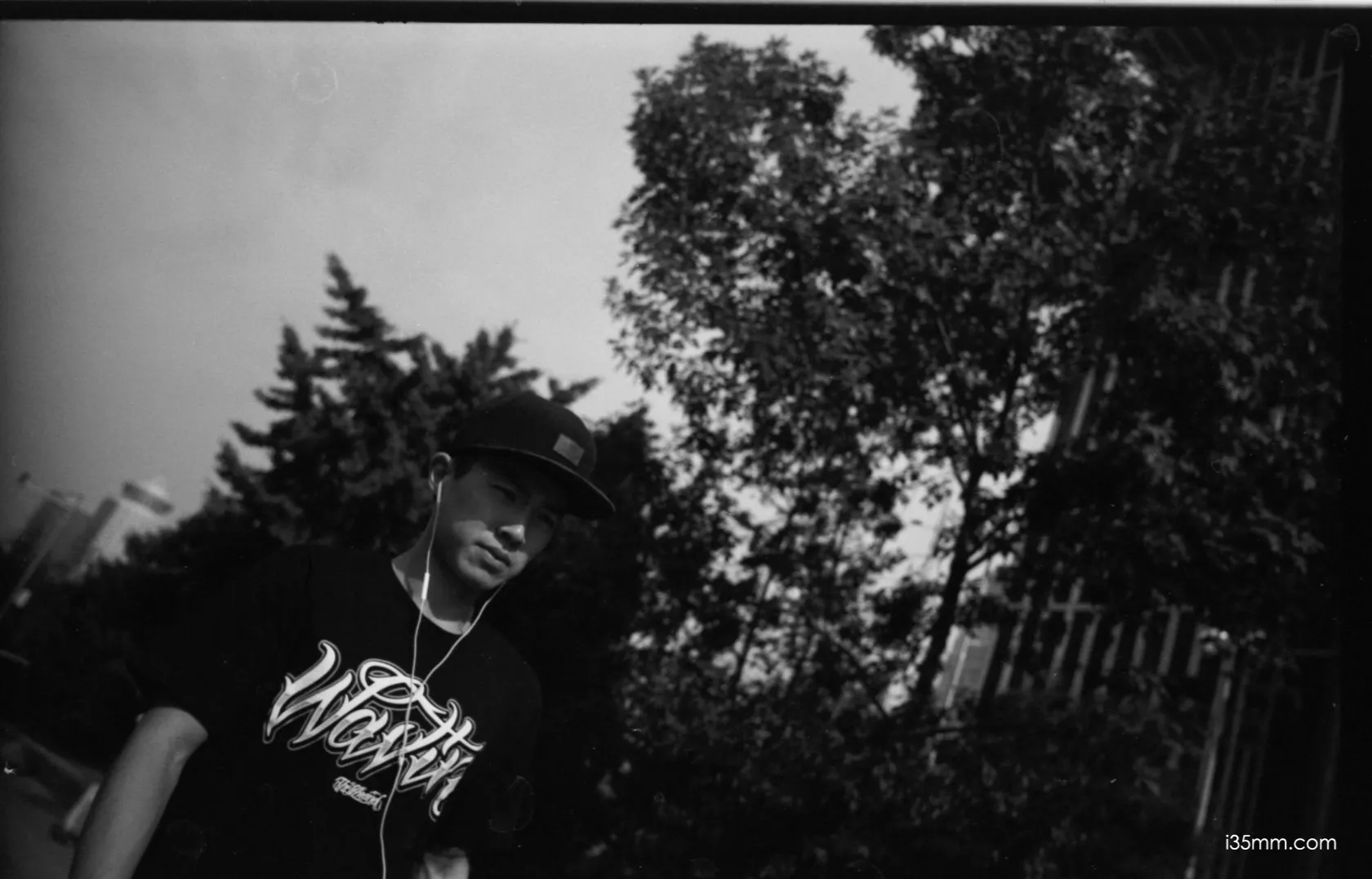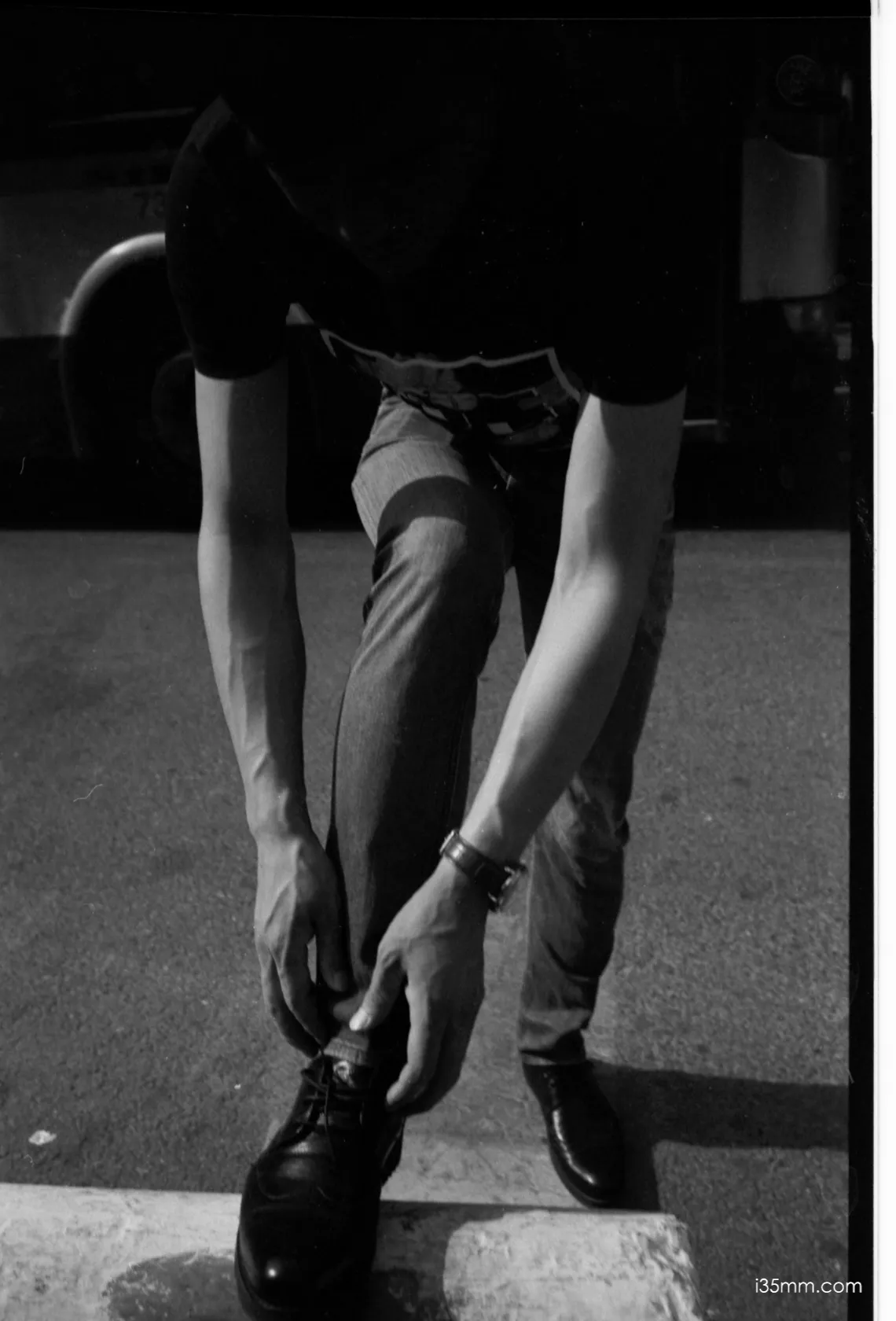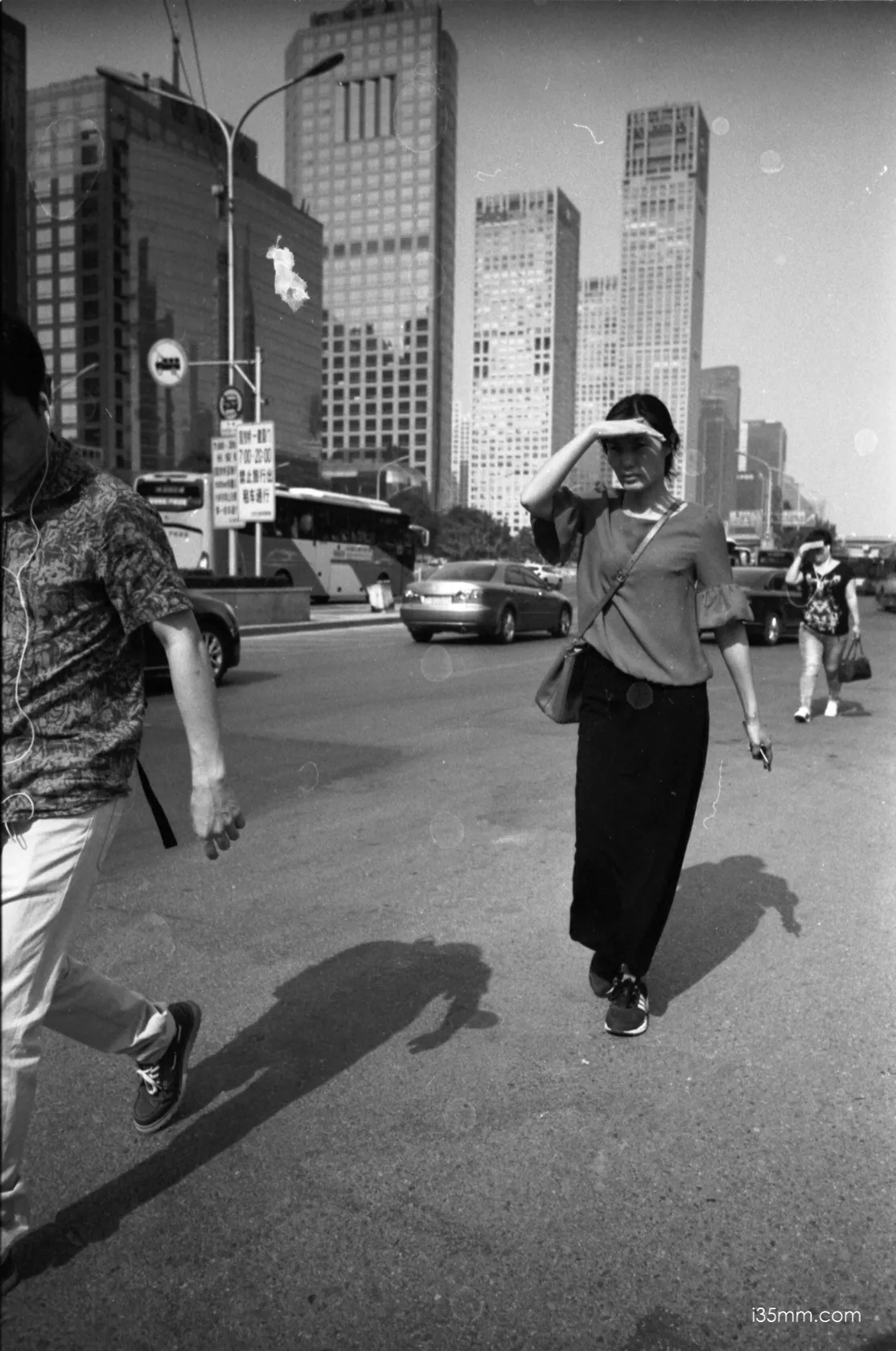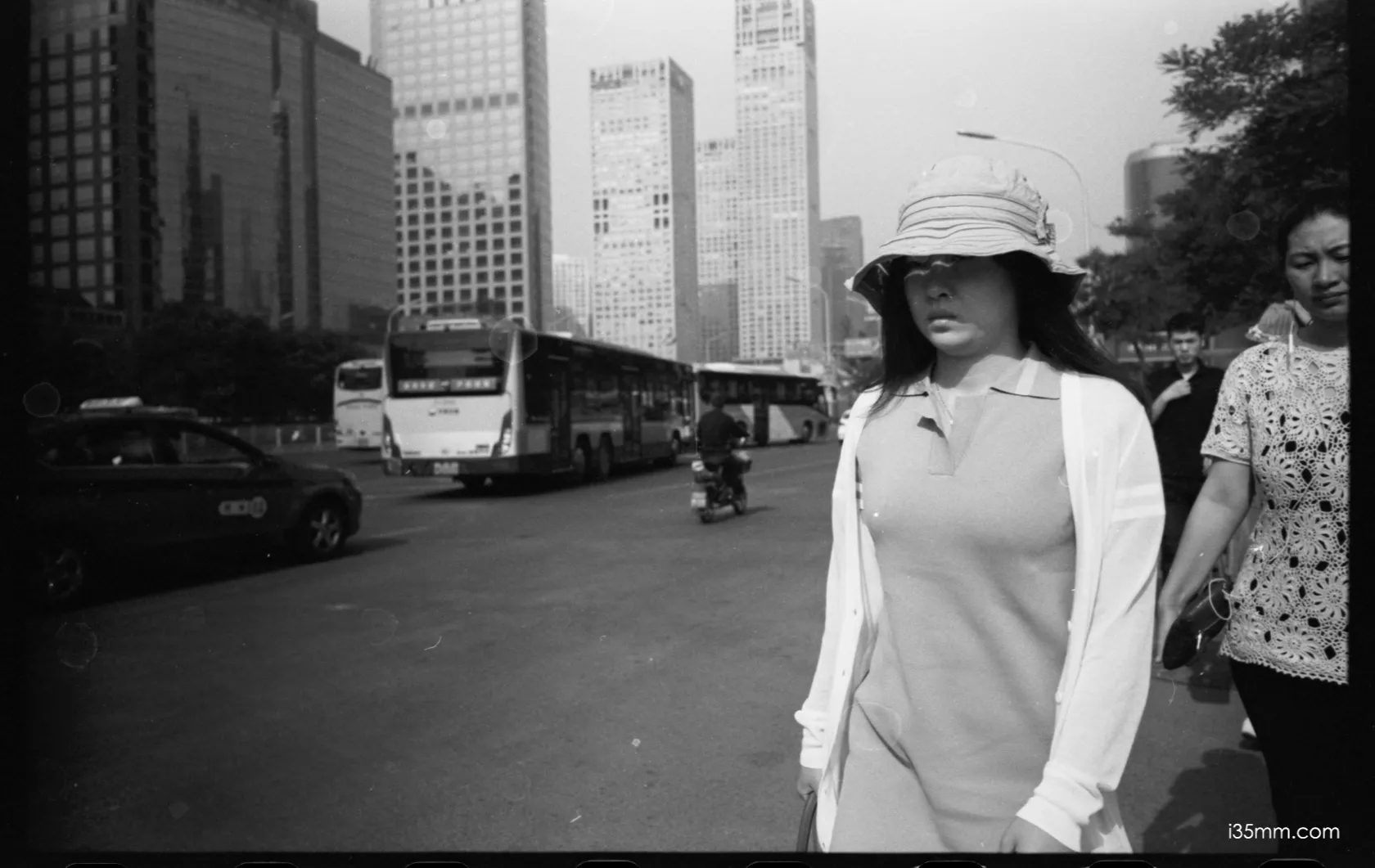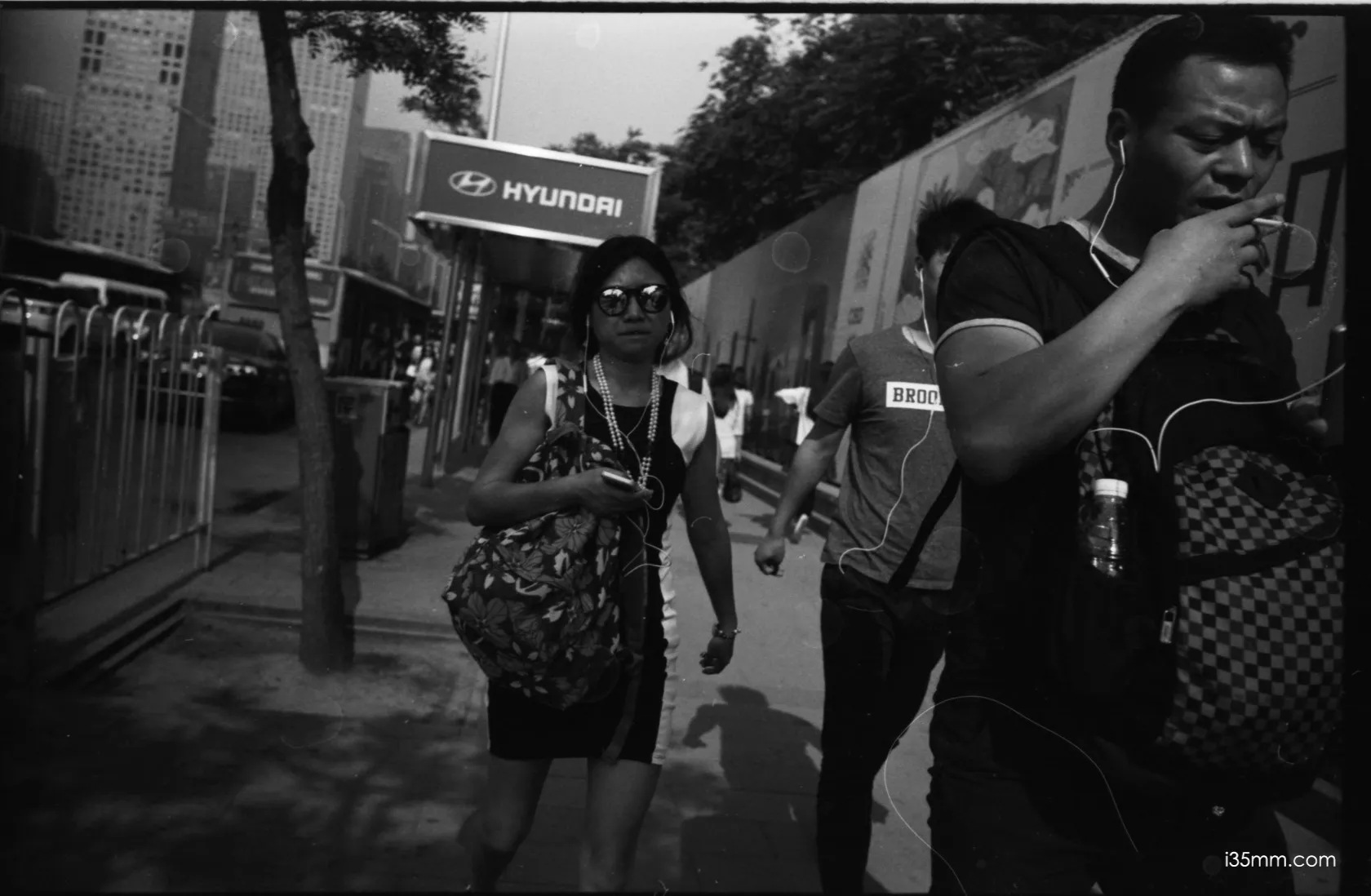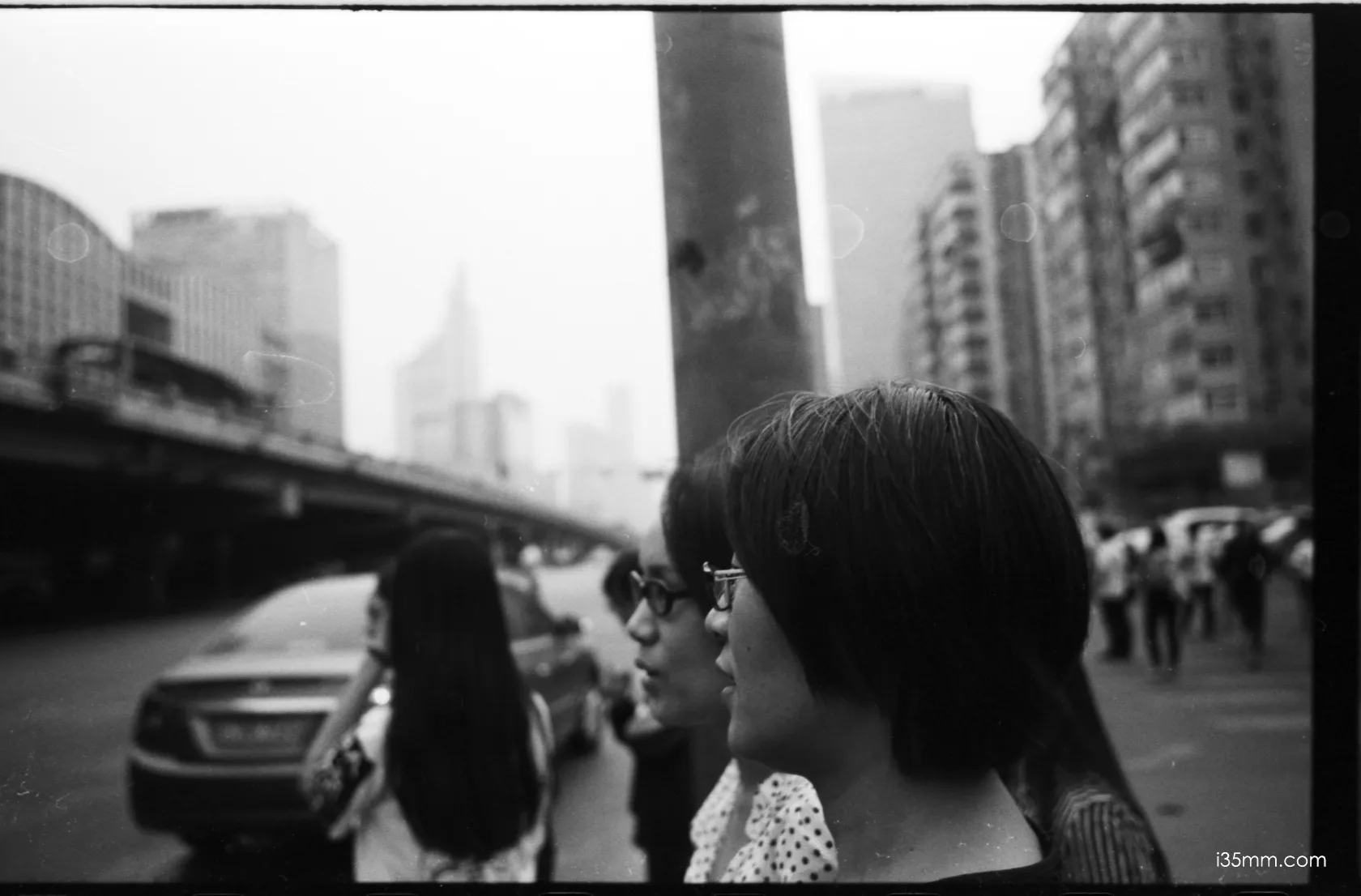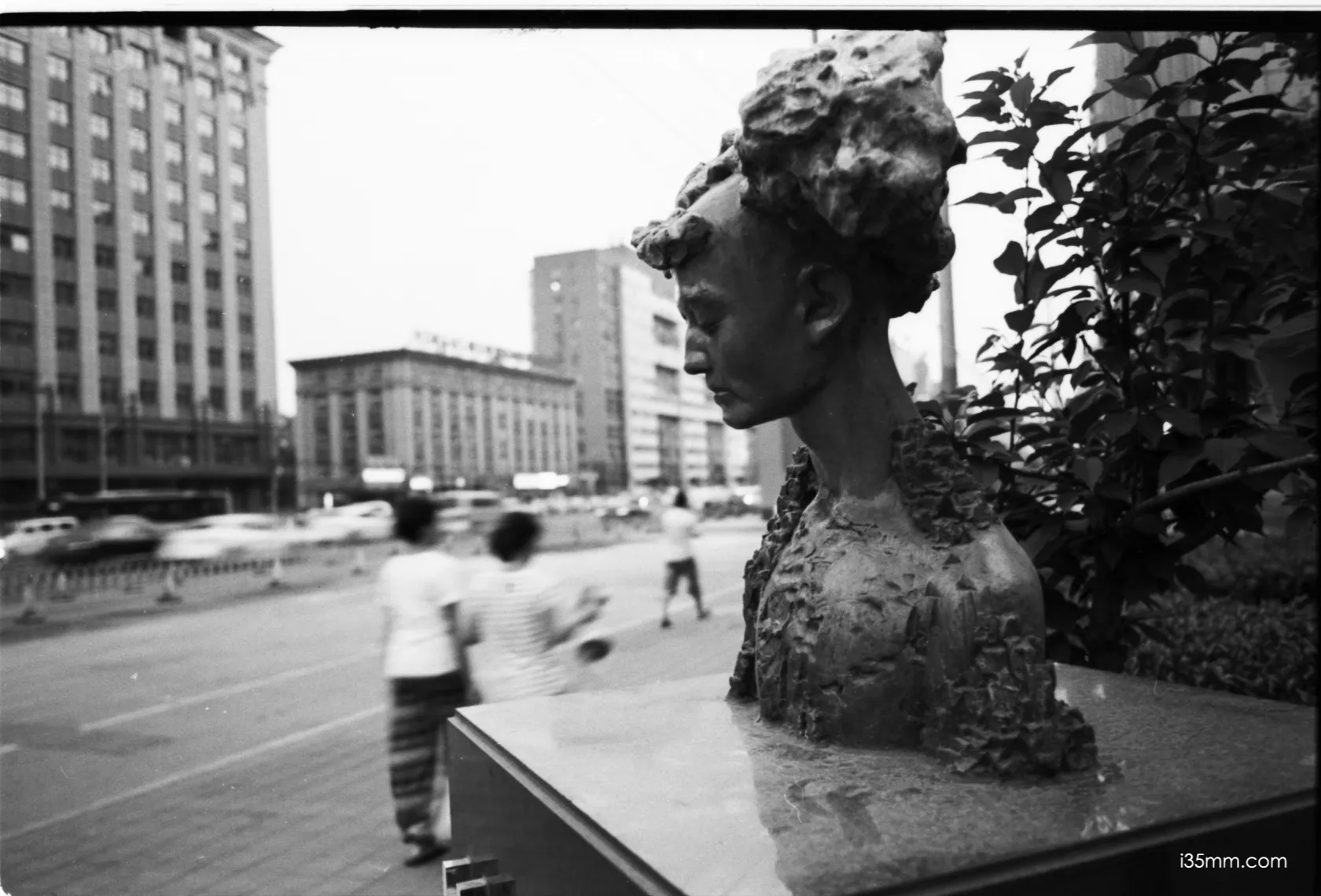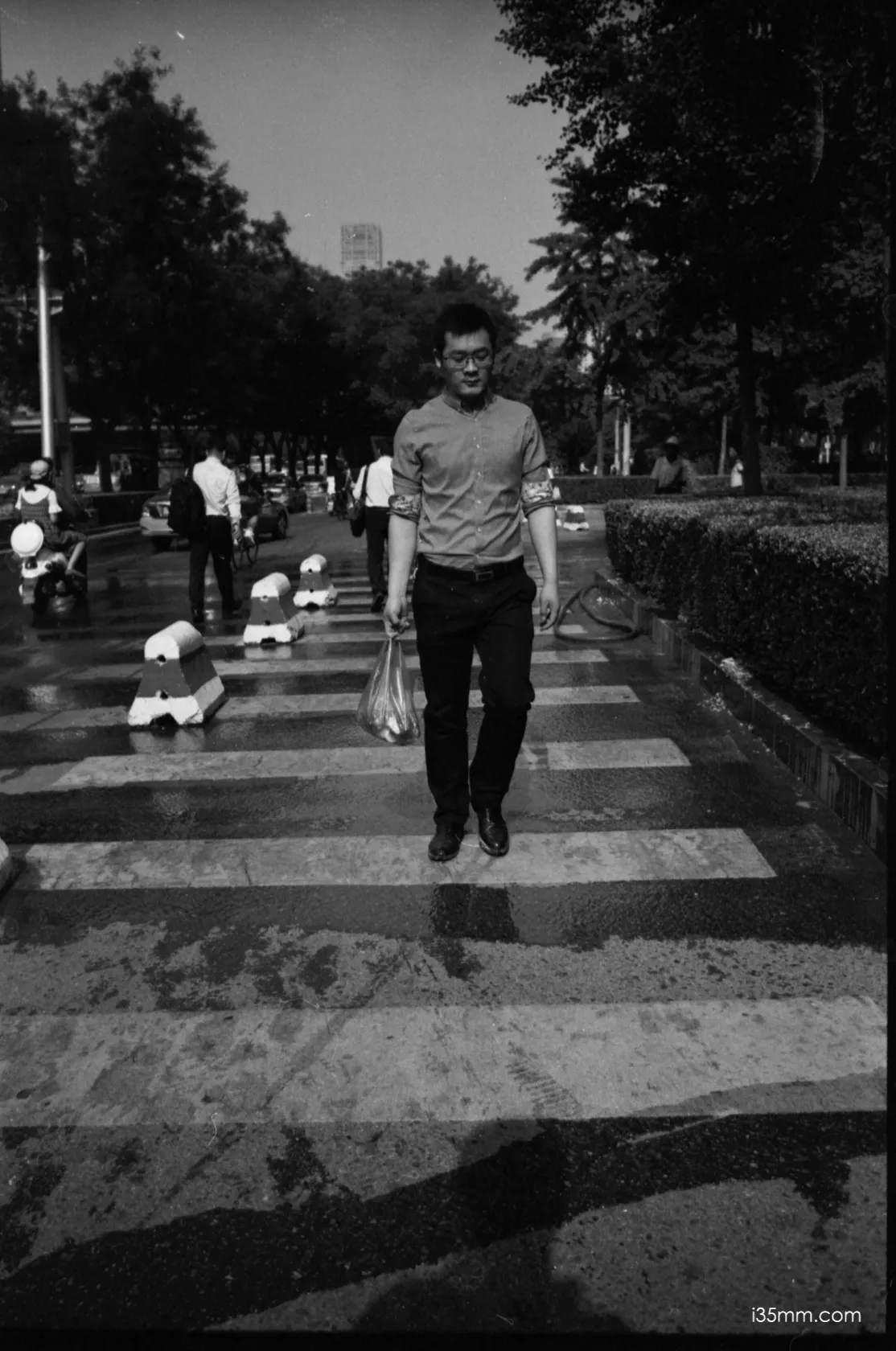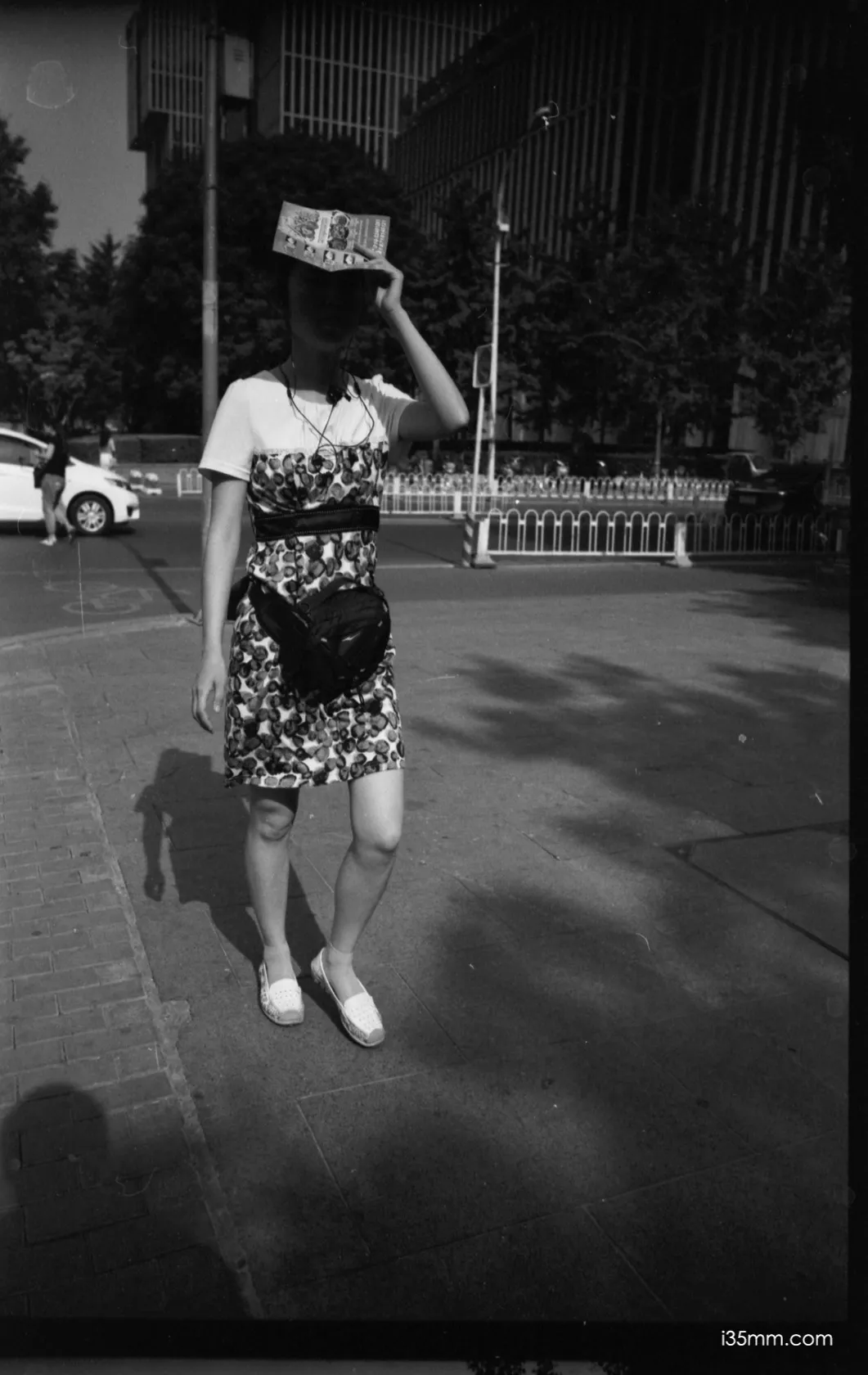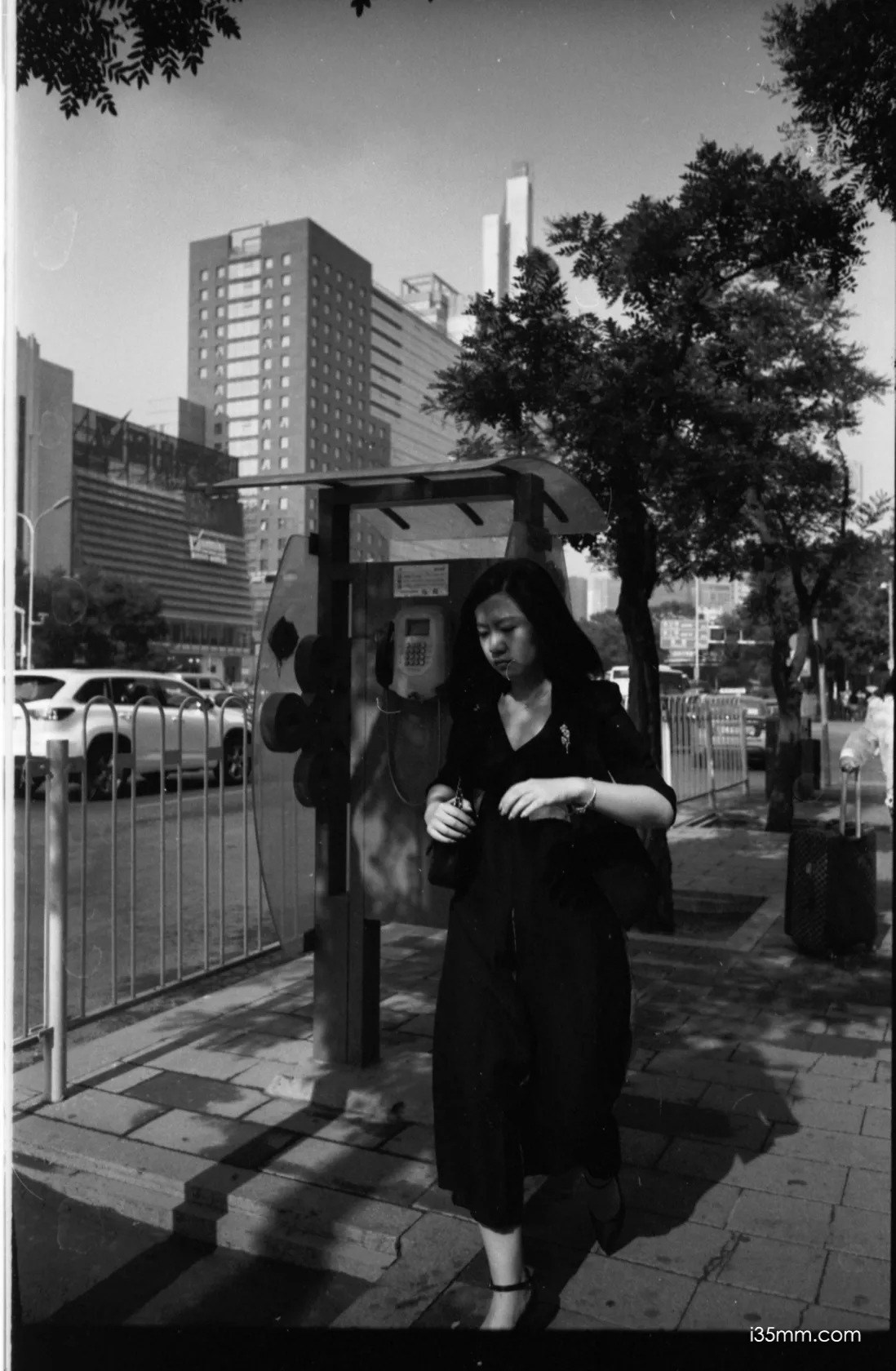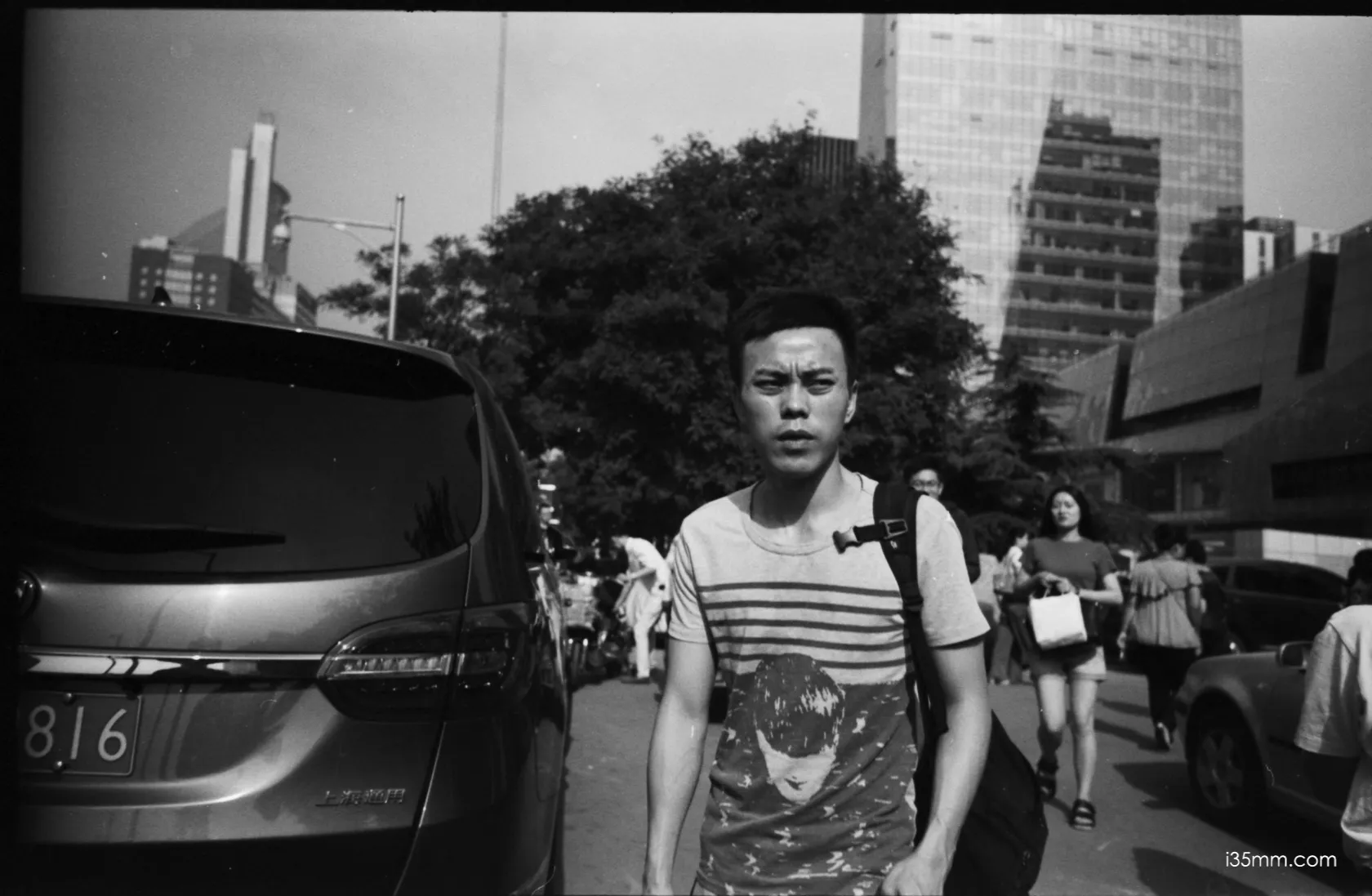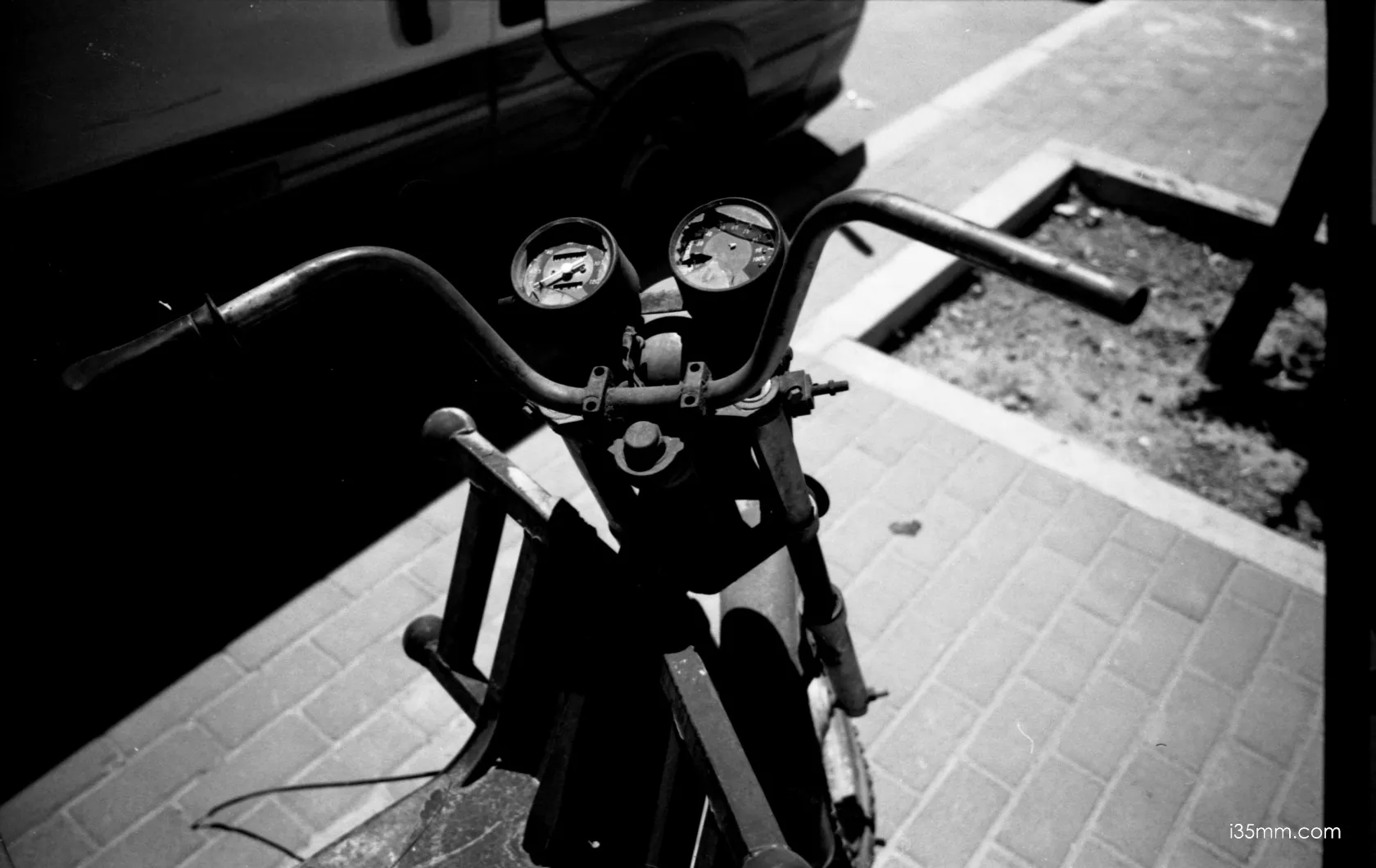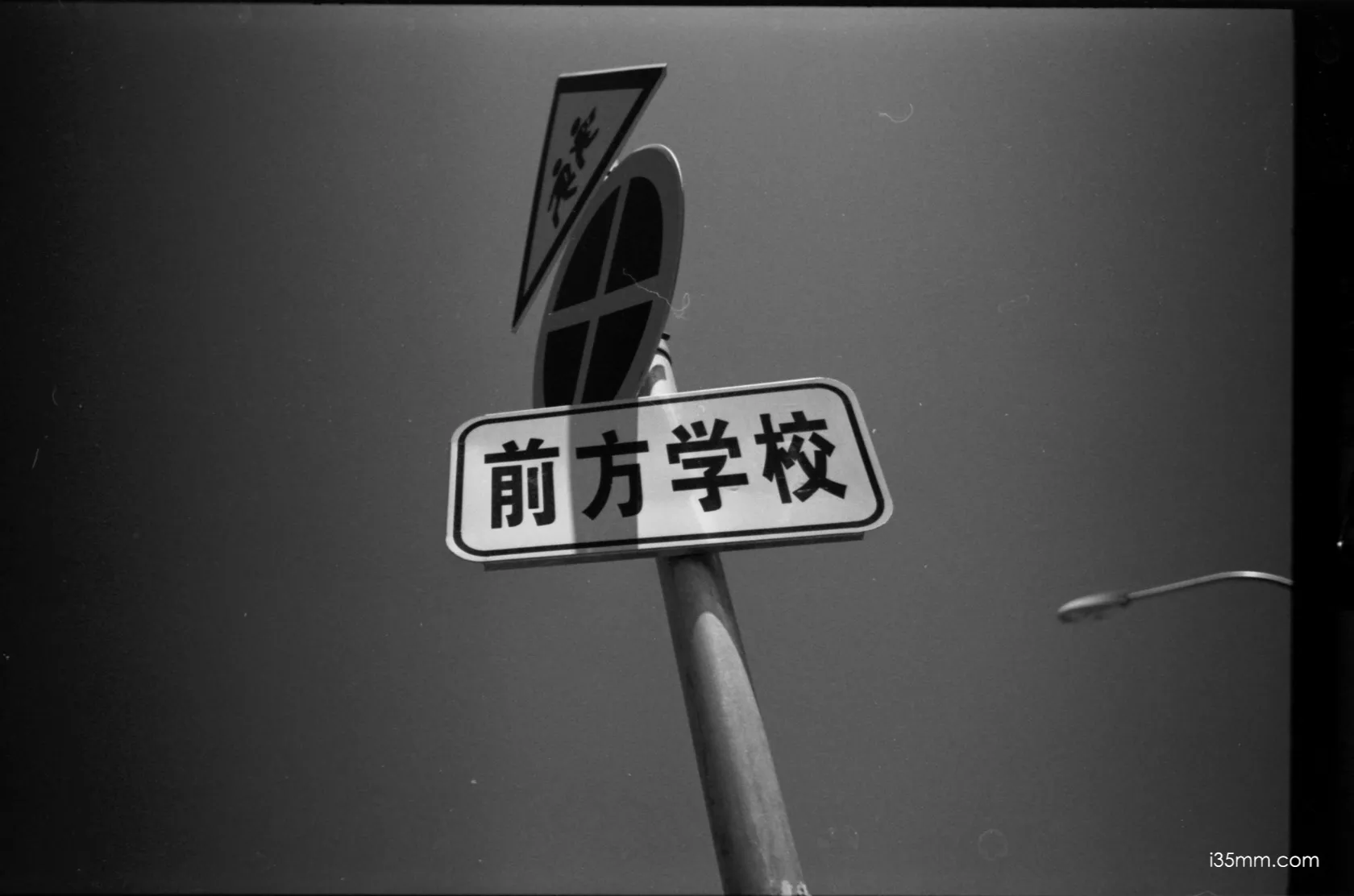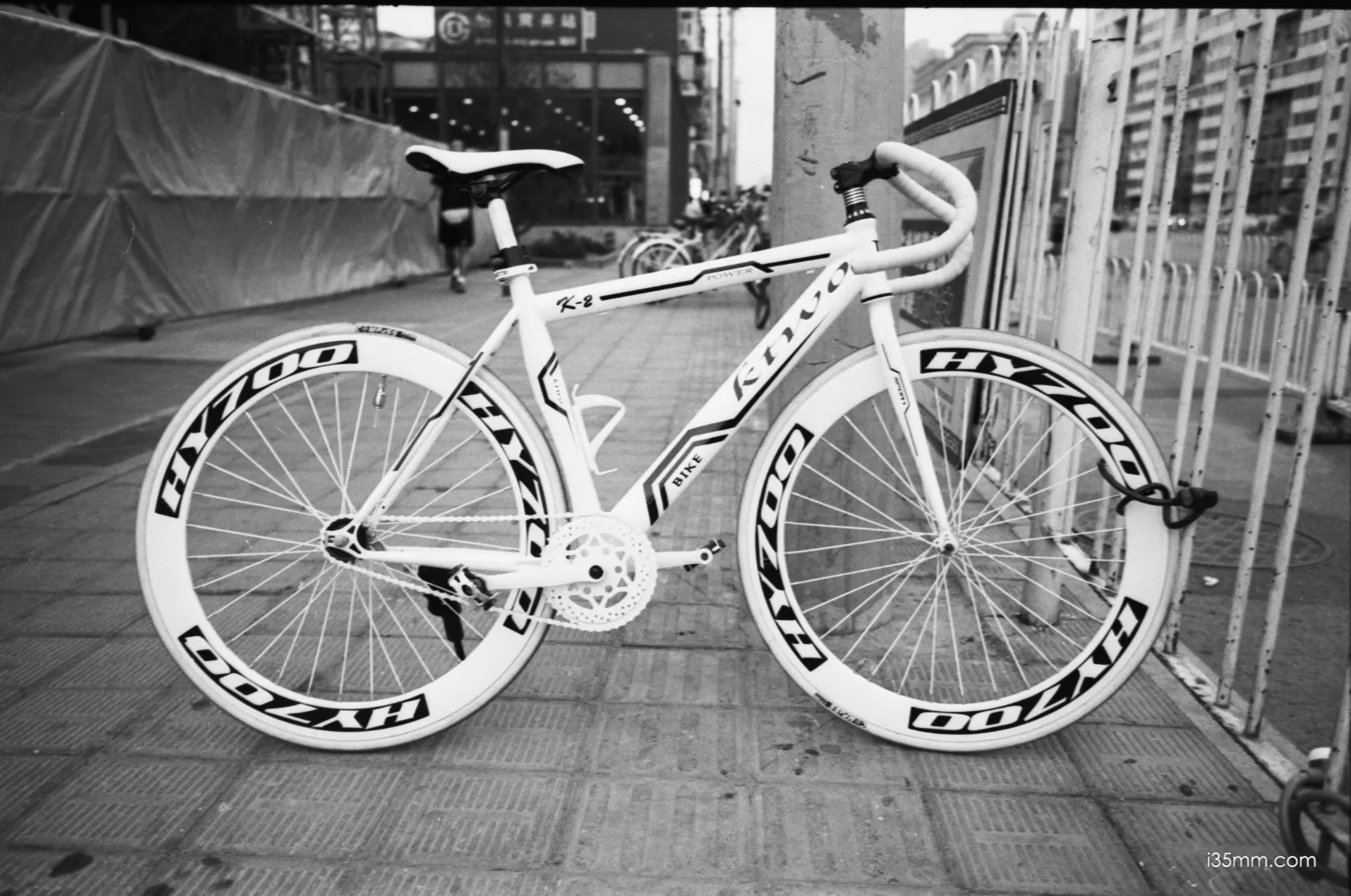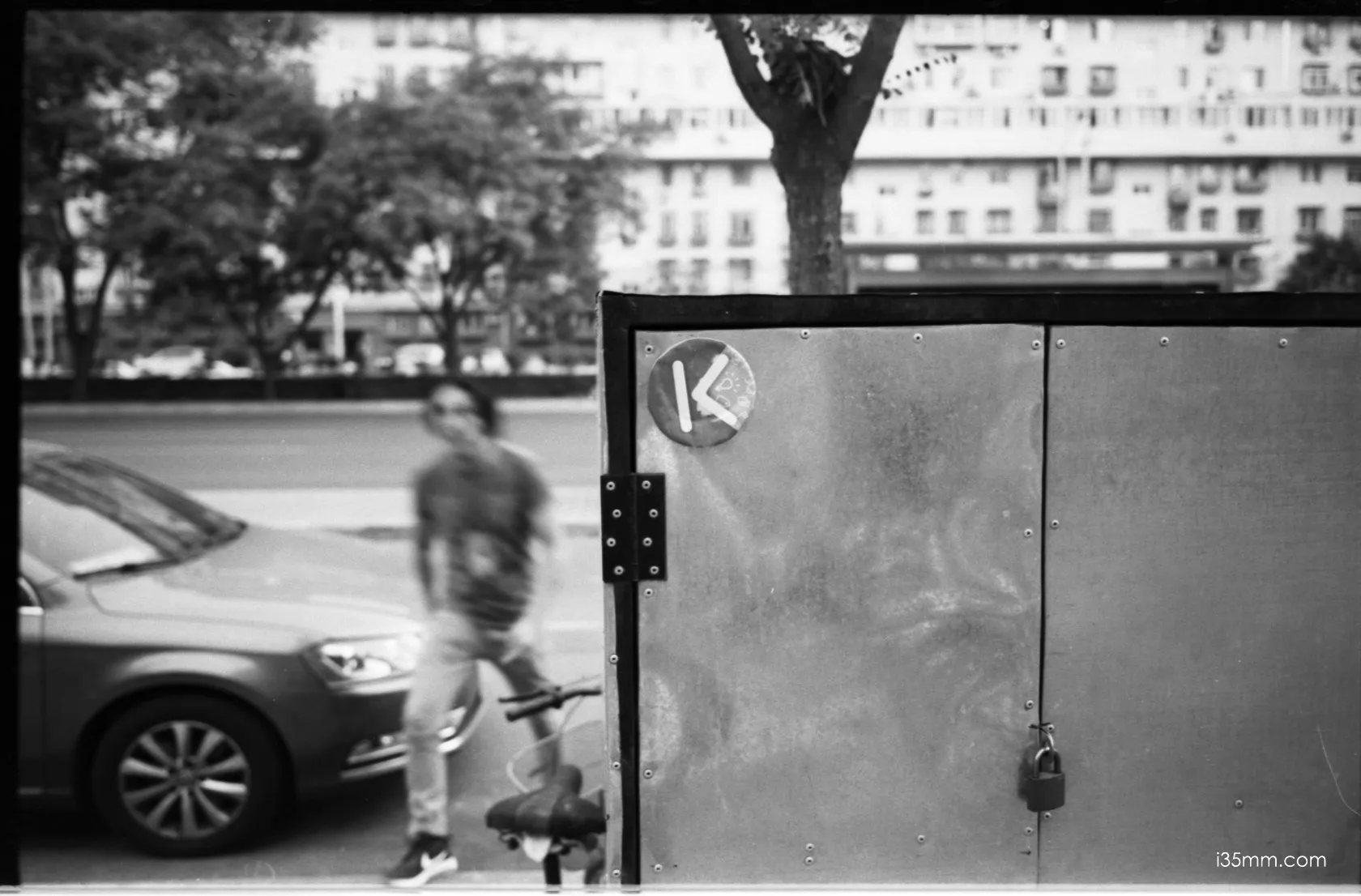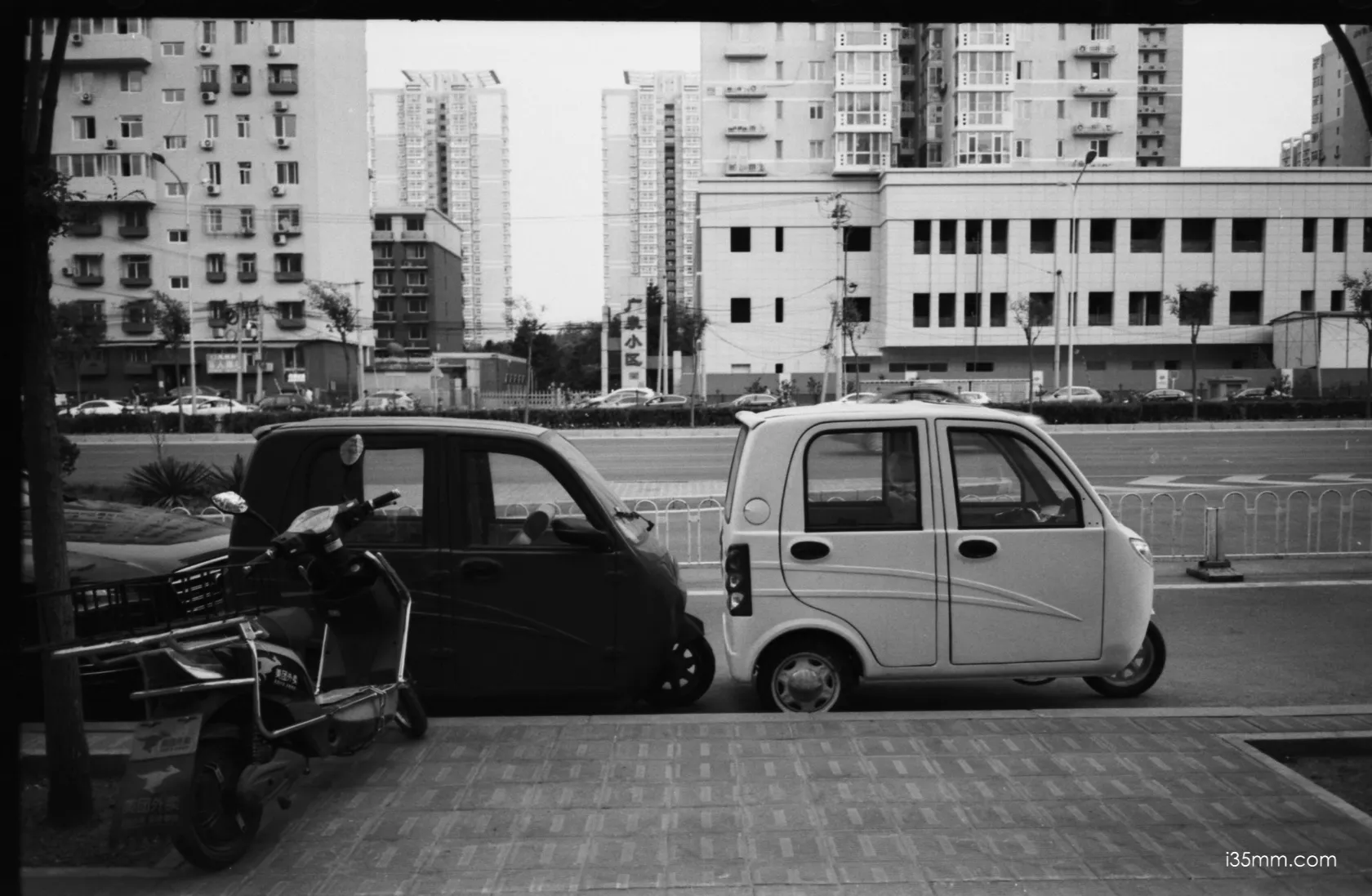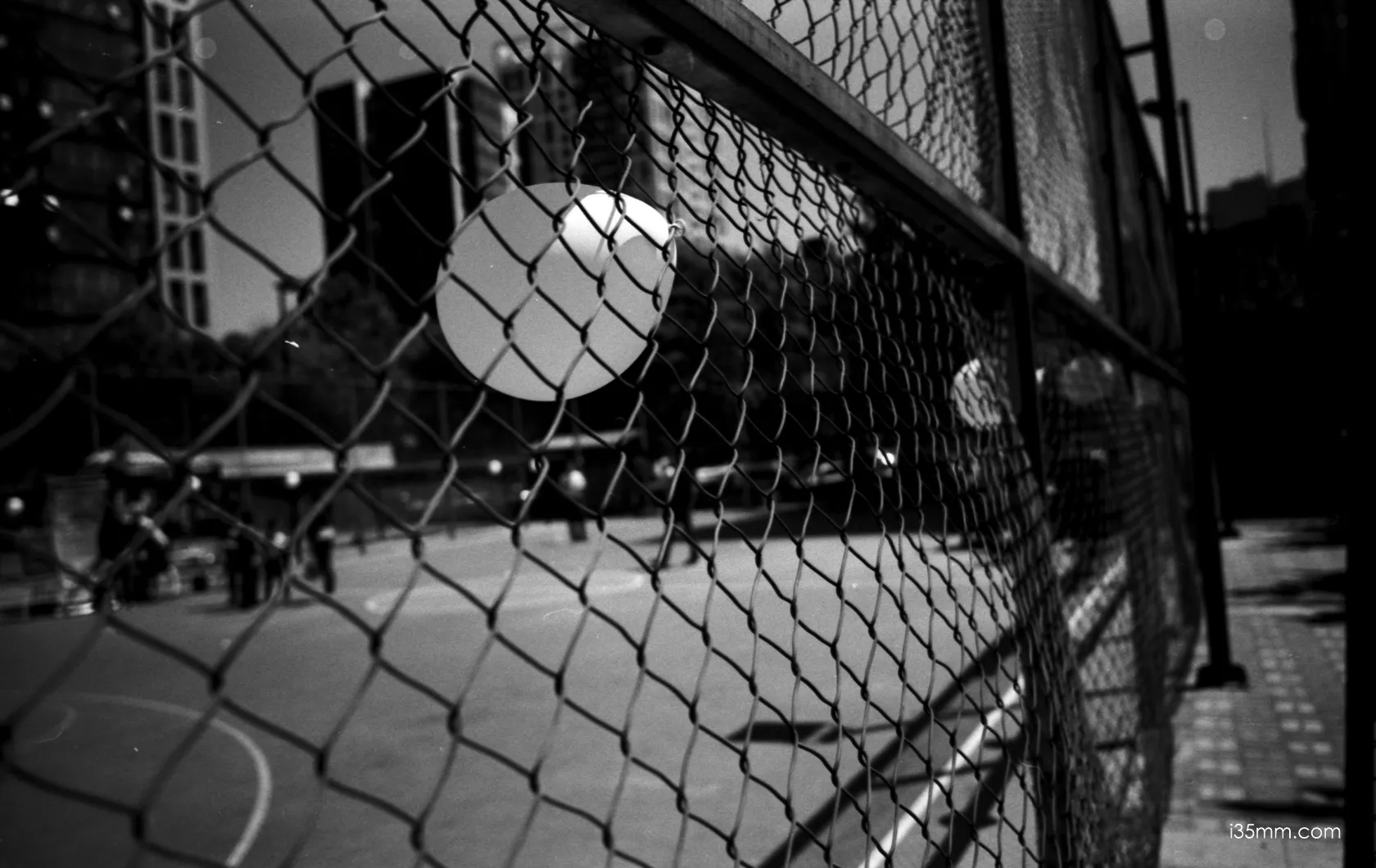
Leica isn’t the only brand offering M-mount lenses. Some other companies have also launched lenses for the Leica M. In the days of film, some Japanese lens manufacturers would make their best lenses into Leica mounts. For instance, there’s the Konica Hexanon 28mm 2.8, the Konica Hexanon 50mm 2, the Konica Hexanon 28mm 2.8, the Konica Hexanon 50mm 2.4 limited edition, the Konica Hexanon 35mm 2 limited edition, the Konica Hexanon 60mm 1.2 limited edition, the Konica Hexanon 50mm 1.2 limited edition, the Konica Card Hexanon dual 21-35 3.4-4 dual focus head limited edition. Also, we have the Minolta M-RIKKOR 40mm 2, the Minolta M-RIKKOR 28 2.8, and the Minolta M-RIKKOR 90 2.8. There are also the Ricoh GR 28mm 2.8 L39 limited edition and the Ricoh GR 21mm 2.8 L39 limited edition. There are also Rollei Sonnar 40mm 2.8 L39 Limited Edition, Rollei Planar 80mm 2.8 L39 Limited Edition, Minolta G-Rokkor 28mm 3.5 Limited Edition, Pentax Pentax 43mm 1.9 L39 Limited Edition, and so on. Today, I want to talk about Voigtlander’s 35mm 1.4 lens.
The Voigtlander M-mount 28mm f2 lens I have used has distortion, and this 35 1.4 lens also has distortion, especially when compared with the original Leica 35mm lens. This kind of distortion will not always be noticed by you. It can only make you feel a little unnatural under certain circumstances. If you use Leica lenses for a long time, you will have a mental expectation of the photos you take. If the expectation of Leica lenses is 90 points, then if you switch to Voigtlander, I will adjust it to 60 points. Hey, this is the feeling, you can’t The standards for Leica require Voigtlander.
It’s not a Leica. The details in the dark areas aren’t as sharp, the grayscale isn’t as natural as the Leica, the highlights are easily uncontrollable, and the performance on a digital camera isn’t as good as on film. But the price of the Voigtlander vm35 1.4 is very attractive, and what’s even more attractive is its appearance. It looks exactly like the Leica summilux 35 1.4 first edition.
I’ve found that the multi-coated version of the Voigtländer vm35 1.4 mc doesn’t quite match the color quality of the Leica summilux 35mm and Zeiss zm 35mm 1.4. The color is a bit unnatural. The single-layer coated version of the Voigtländer vm35 1.4 sc is great for shooting black and white, and it’s really good for shooting black and white film.
I wouldn’t recommend that Leica M users start with the Voigtlander vm35 1.4 as their first lens. It doesn’t match up to any Leica 35mm lens, and you can’t appreciate the wide-angle advantage of Leica rangefinder cameras. On the other hand, if you already have a bunch of Leica 35mm lenses but like the way the Voigtlander VM 35mm f/1.4 Nokton Classic looks, then I think you can go for it.











































































































